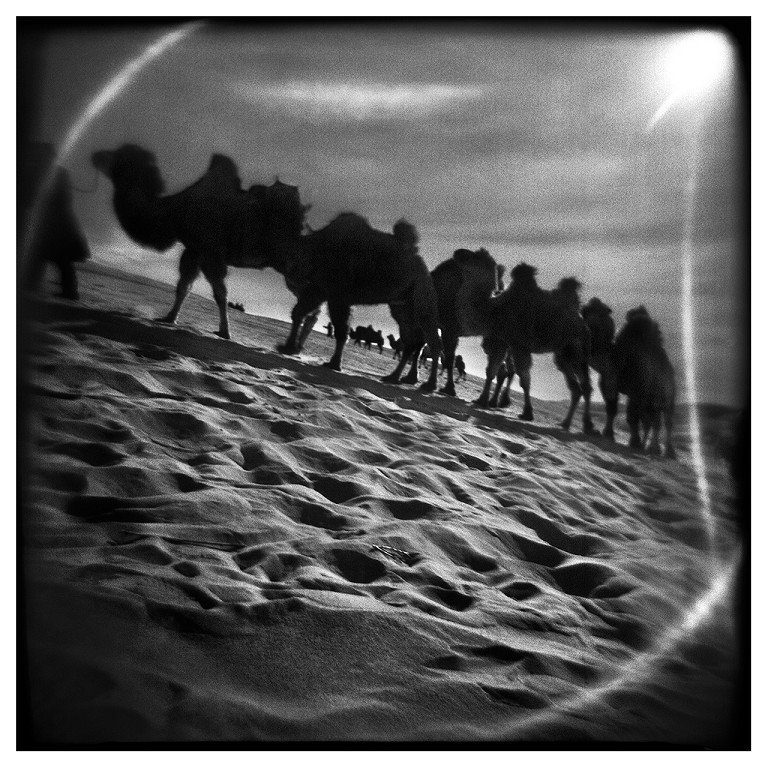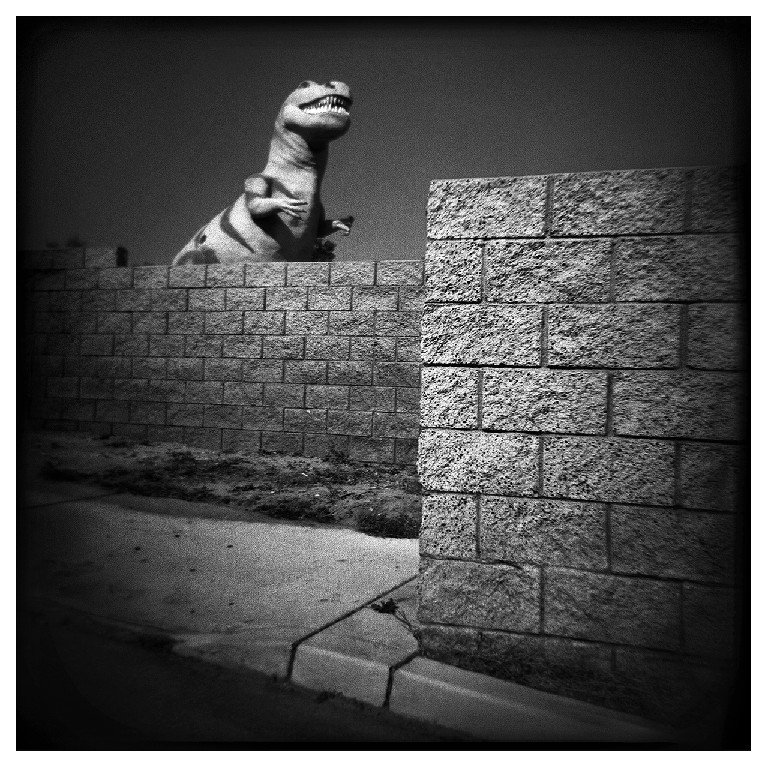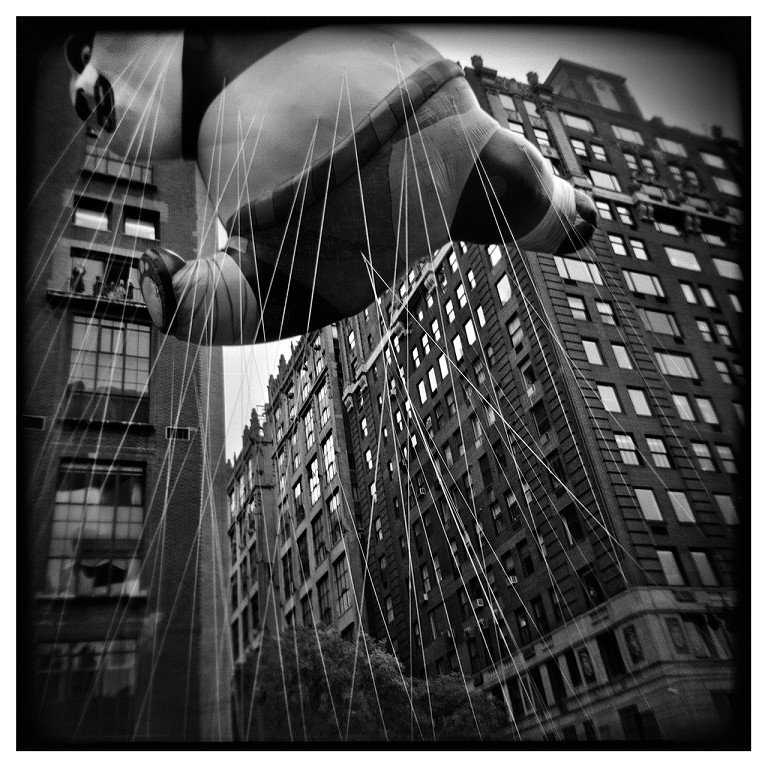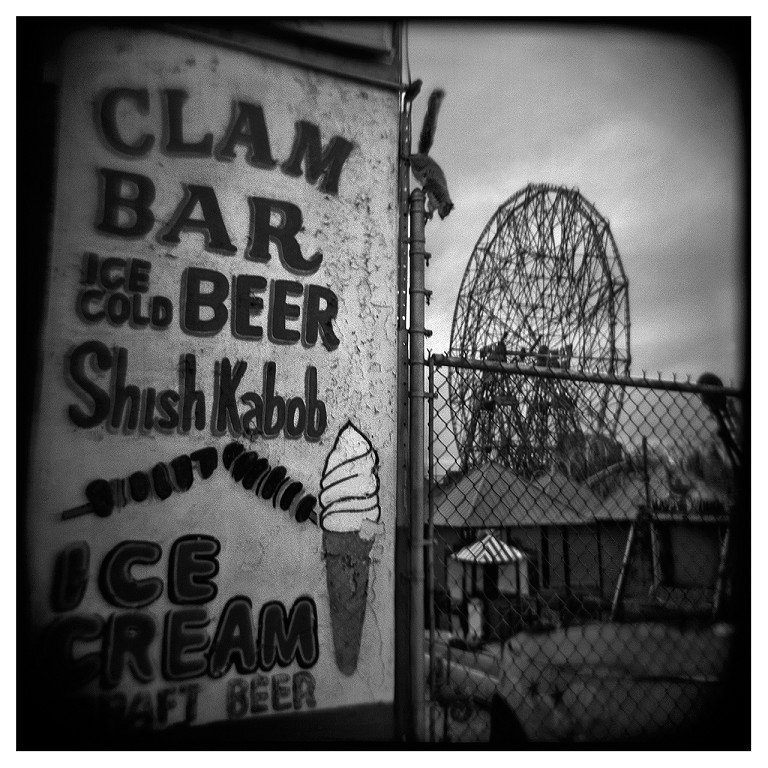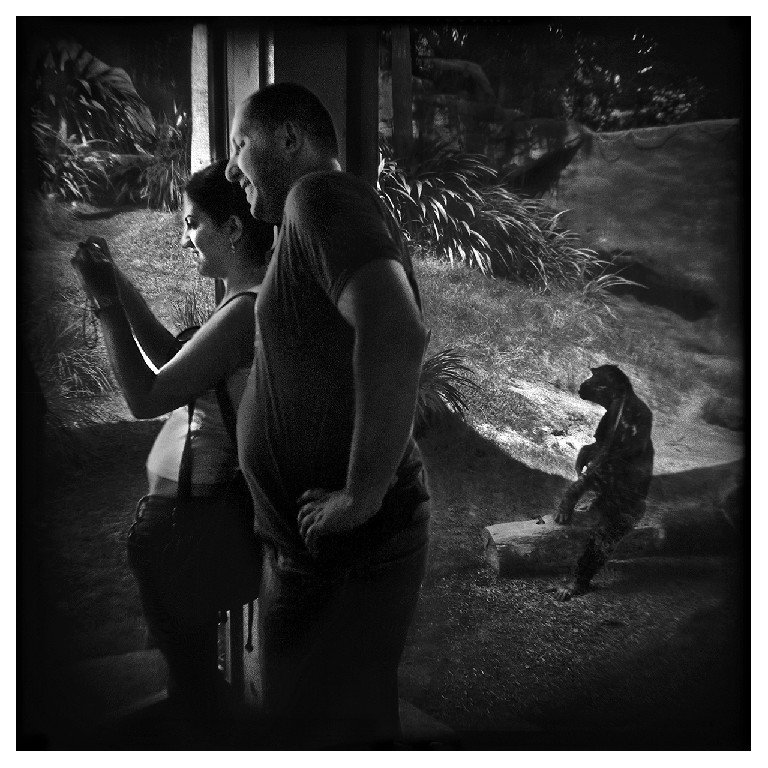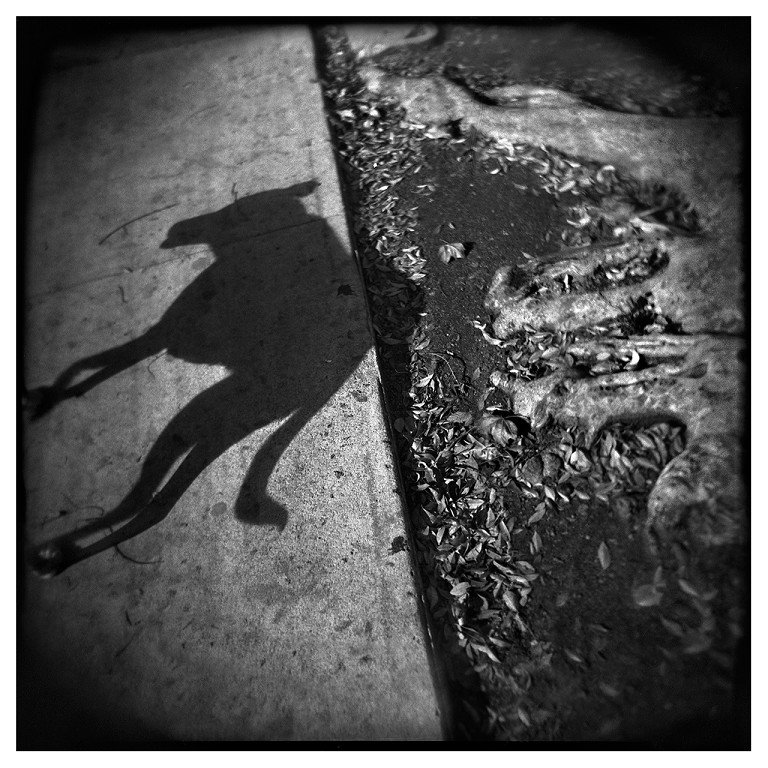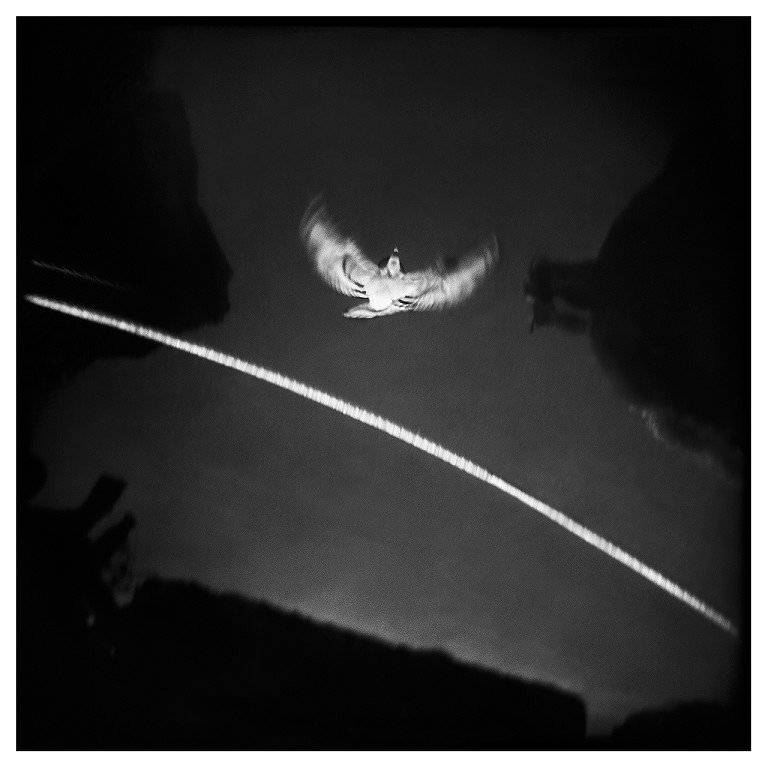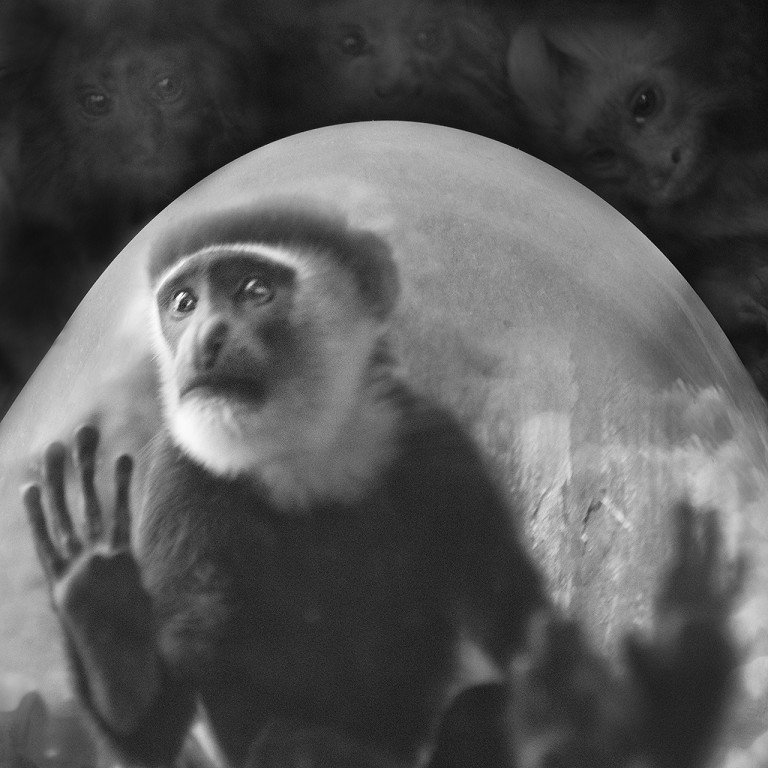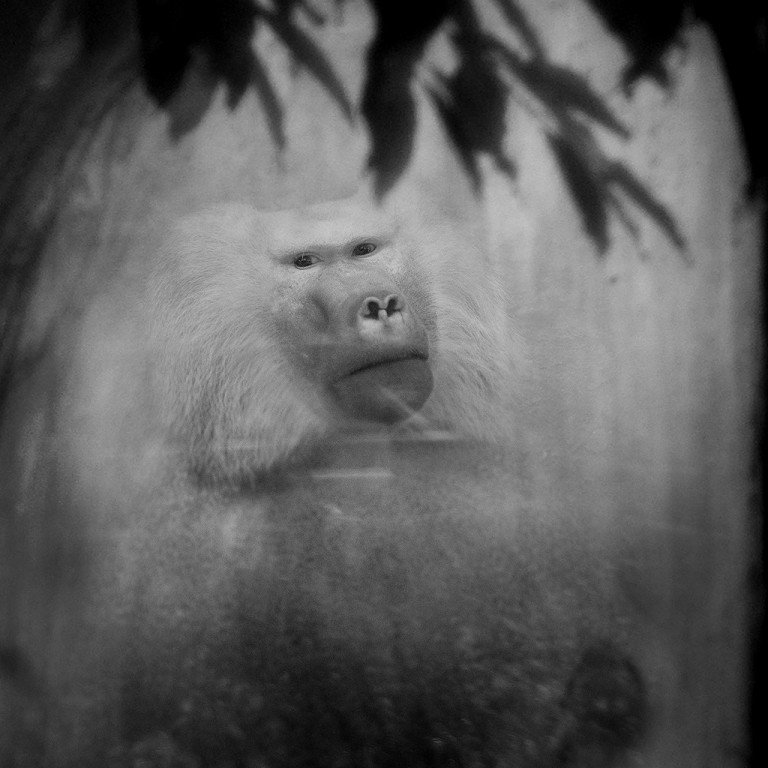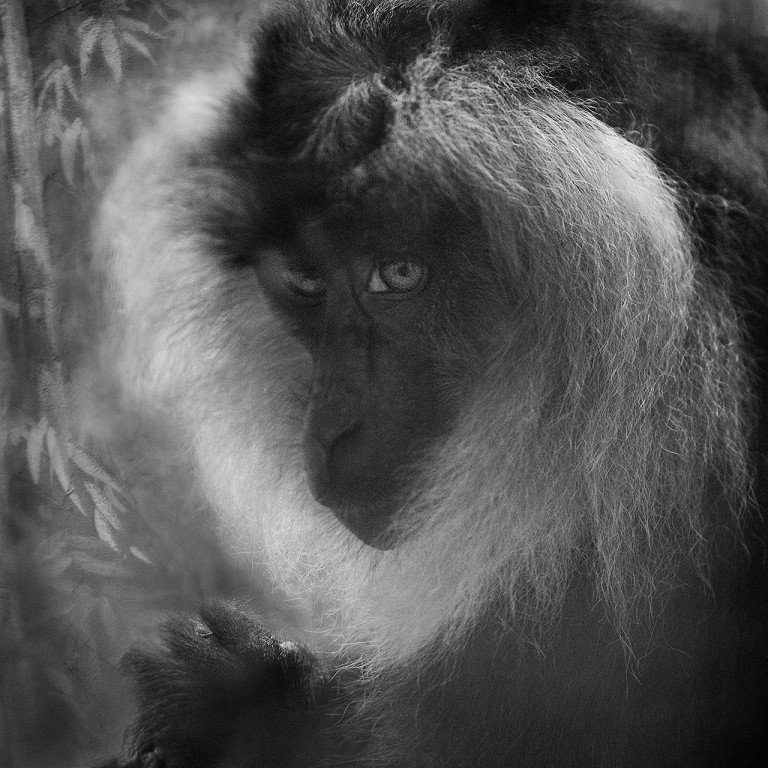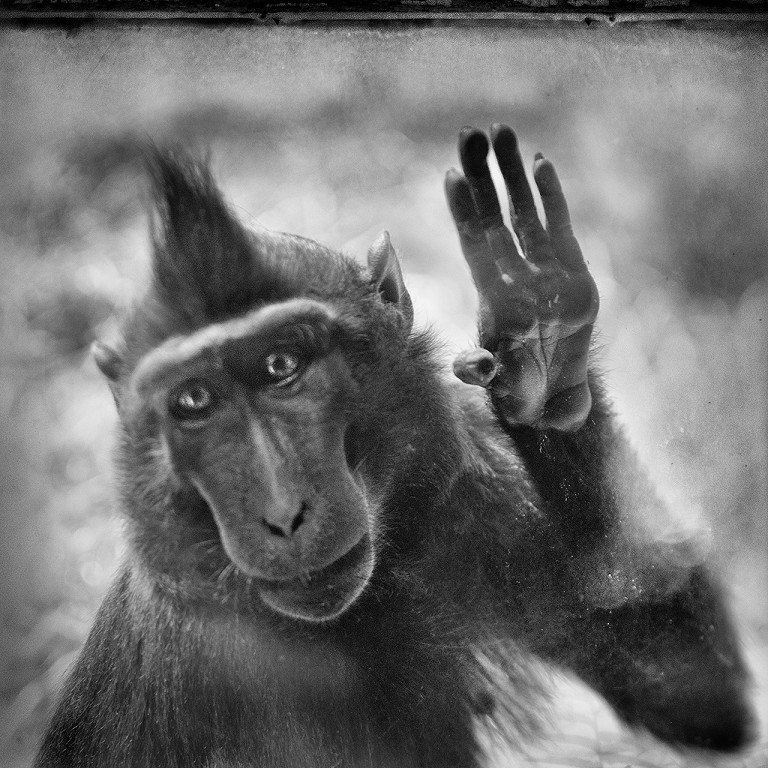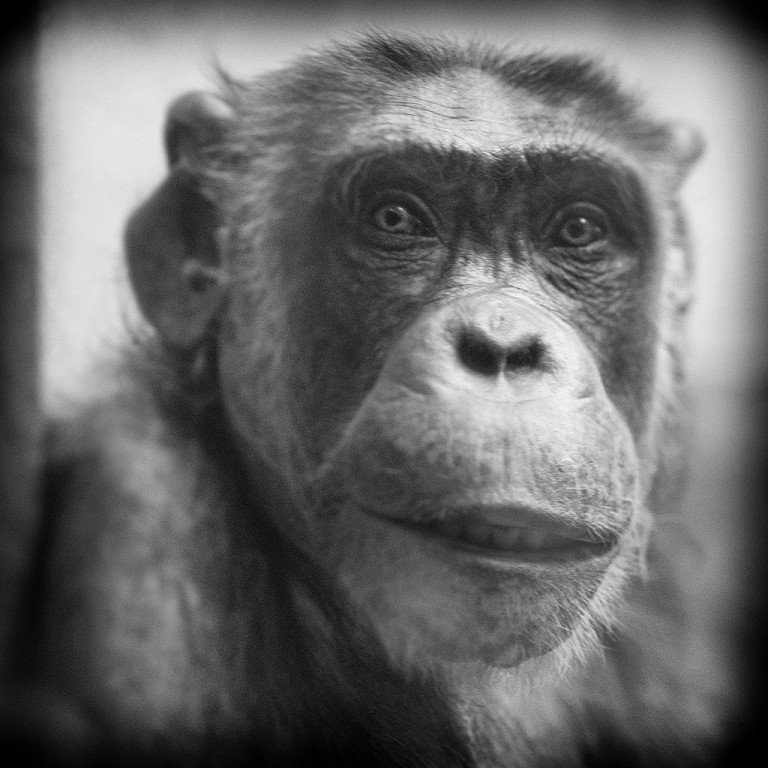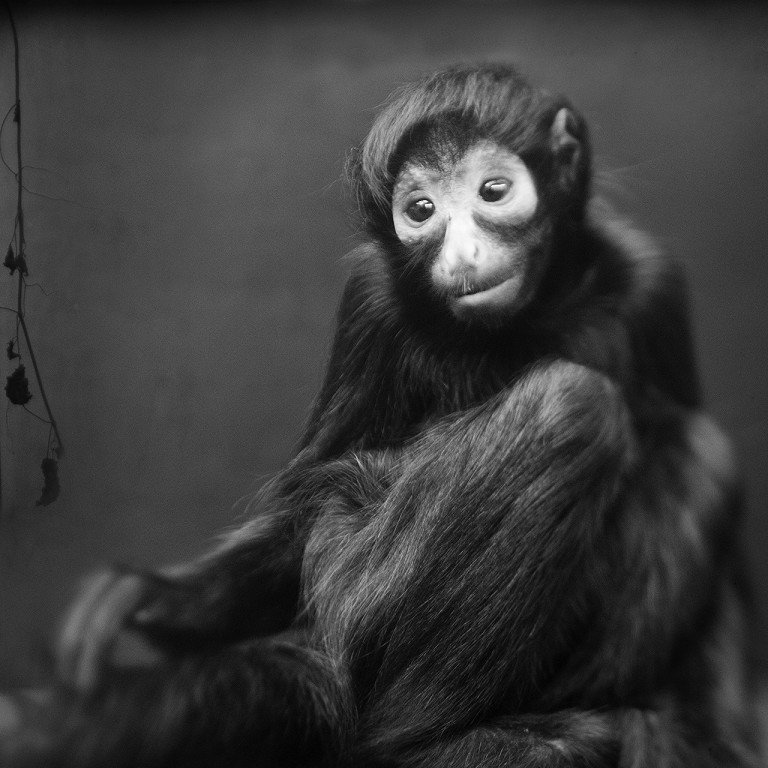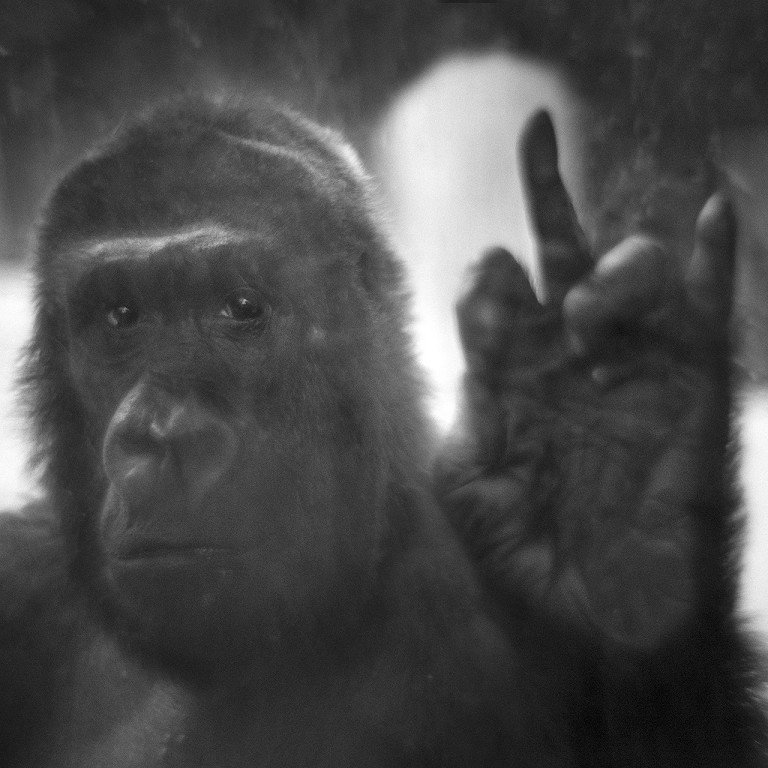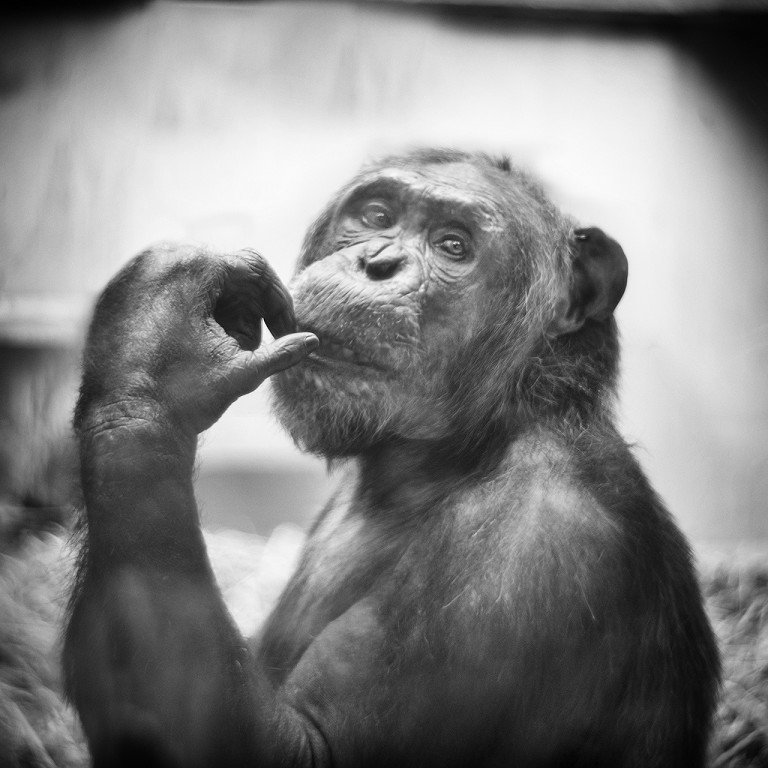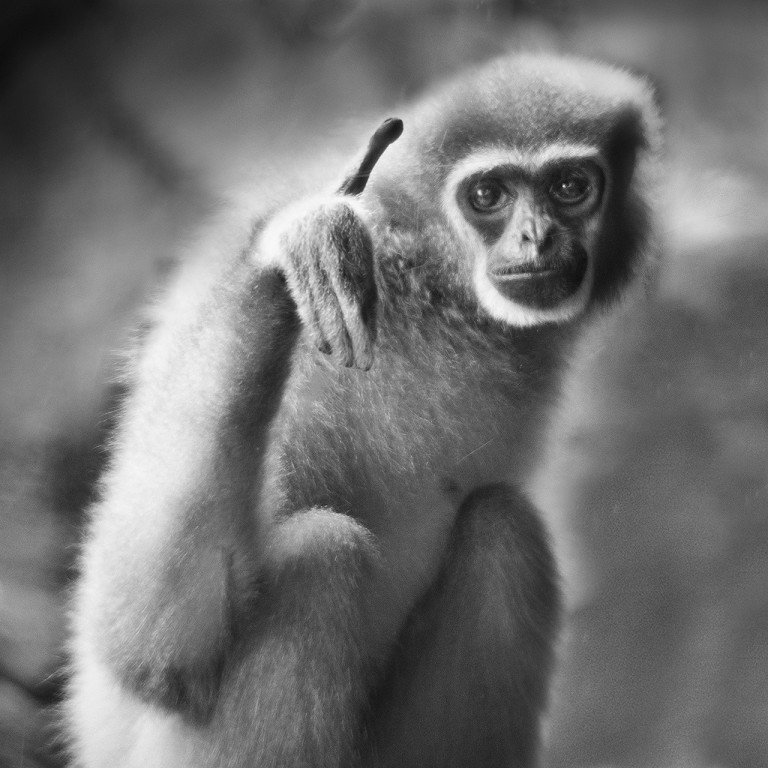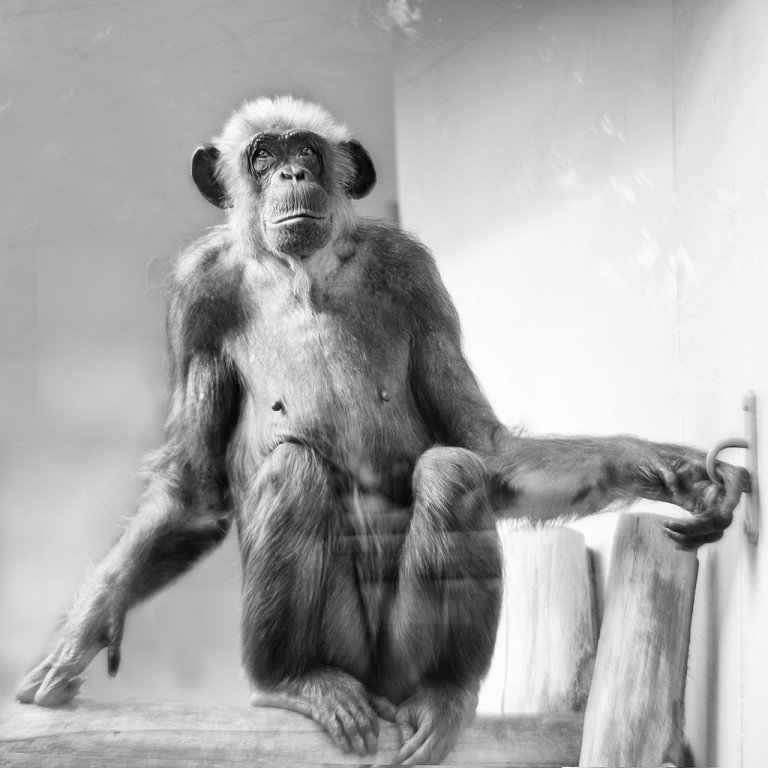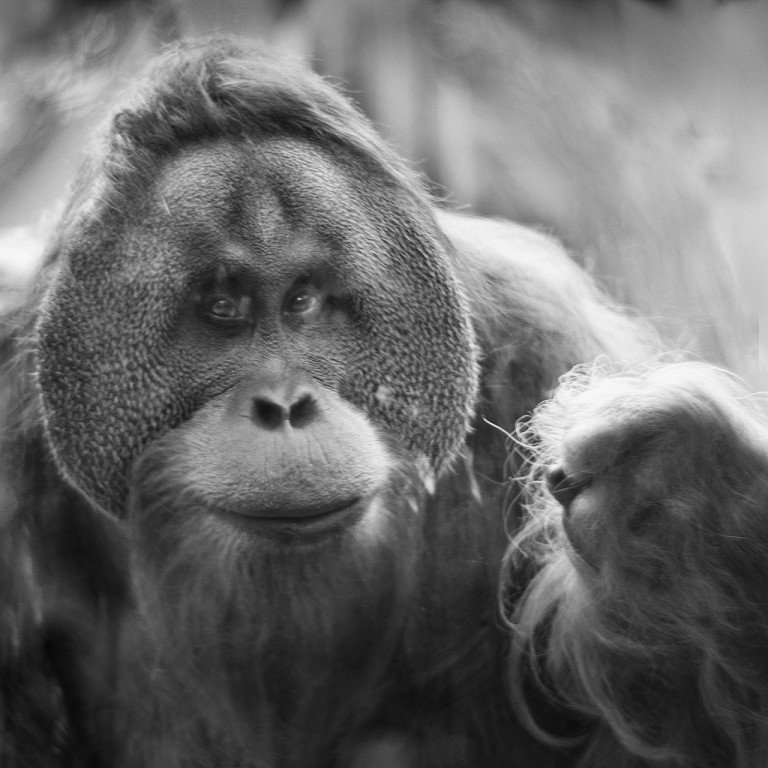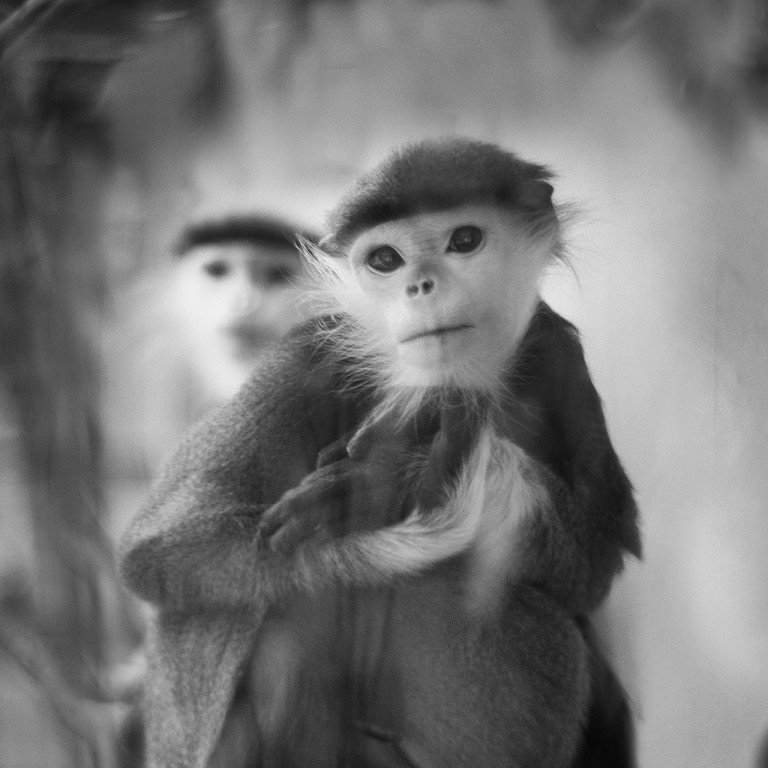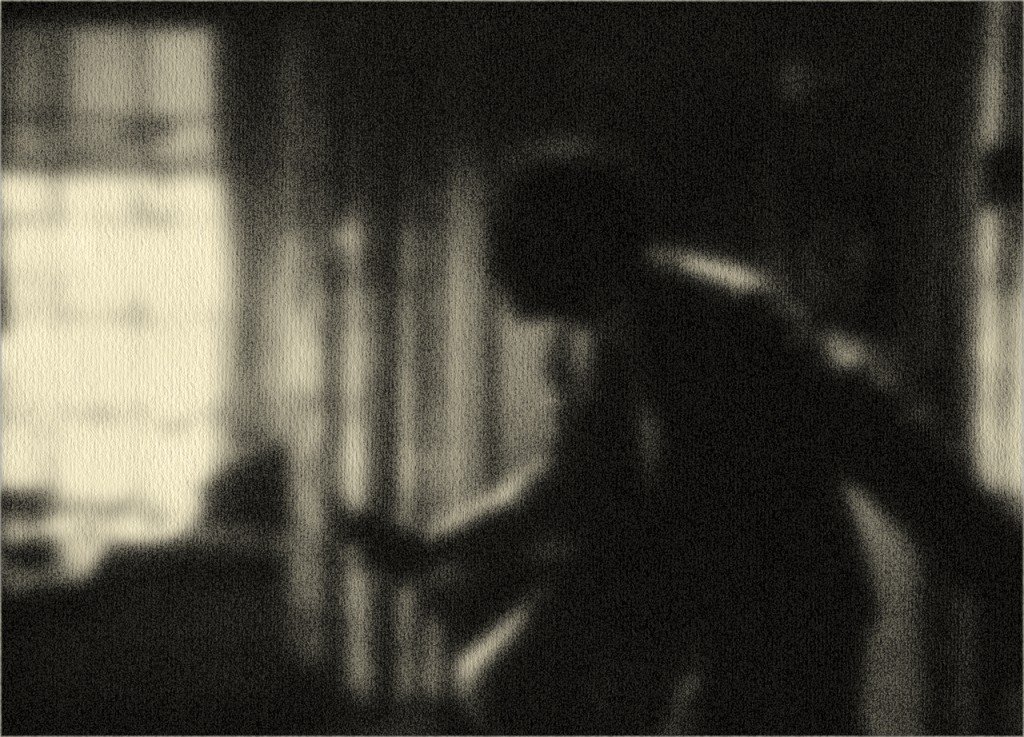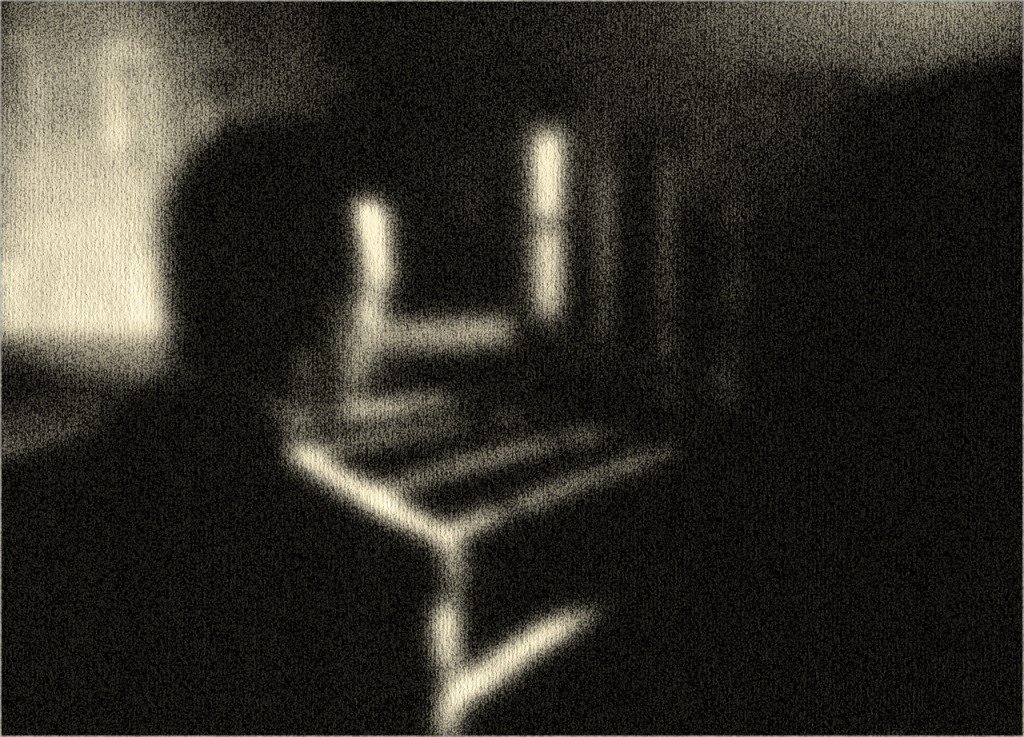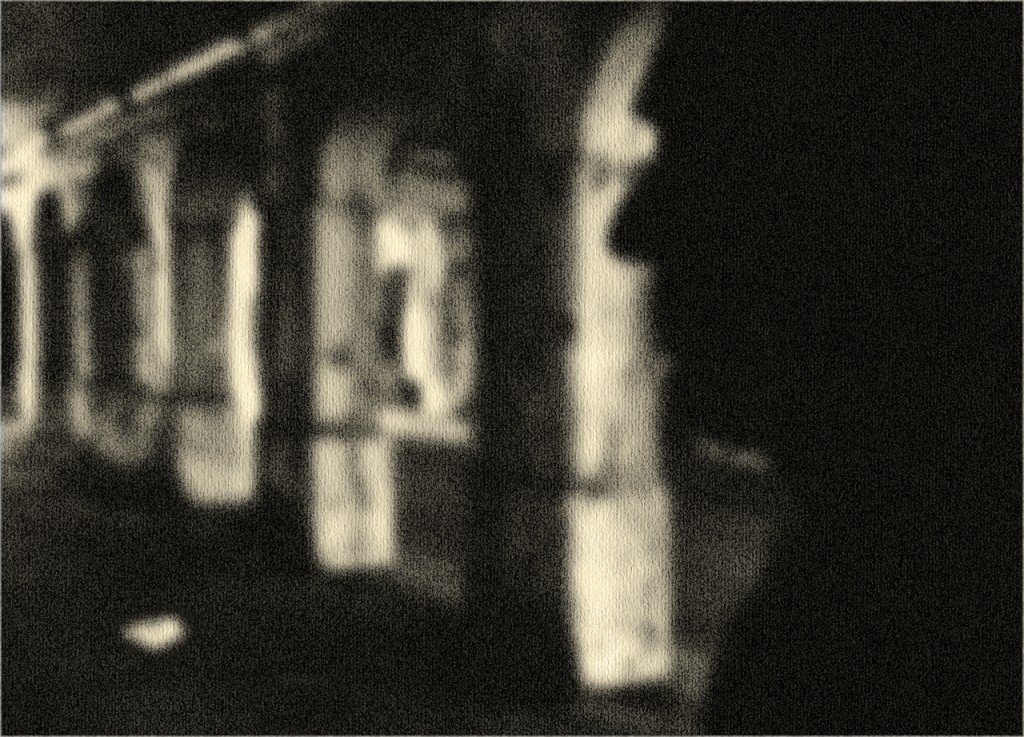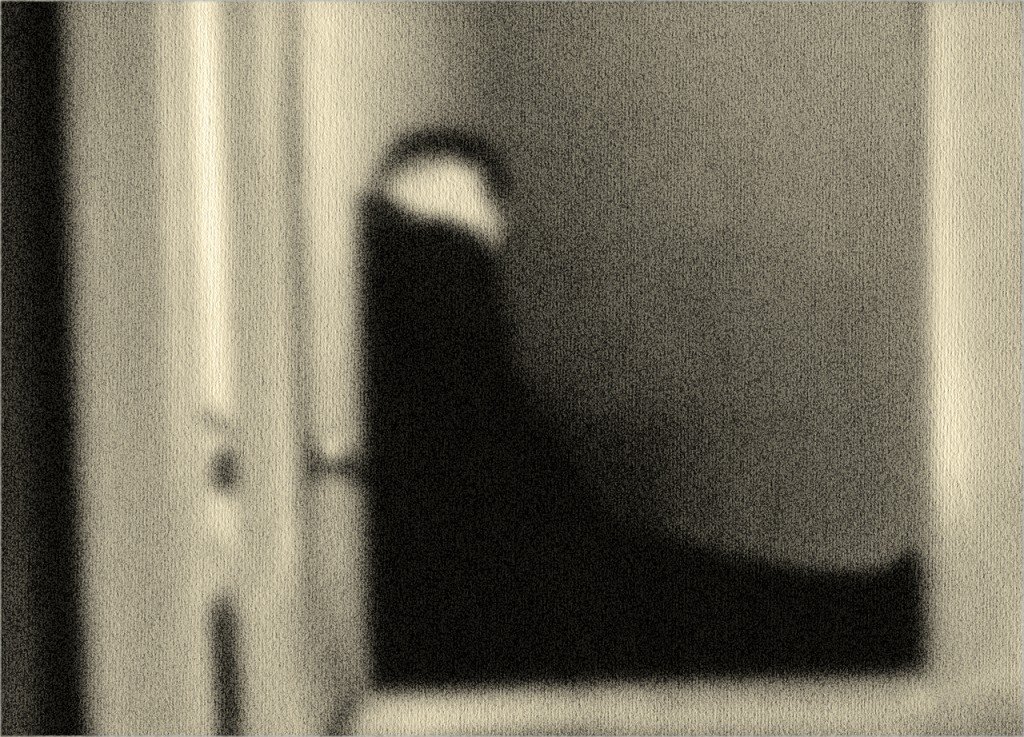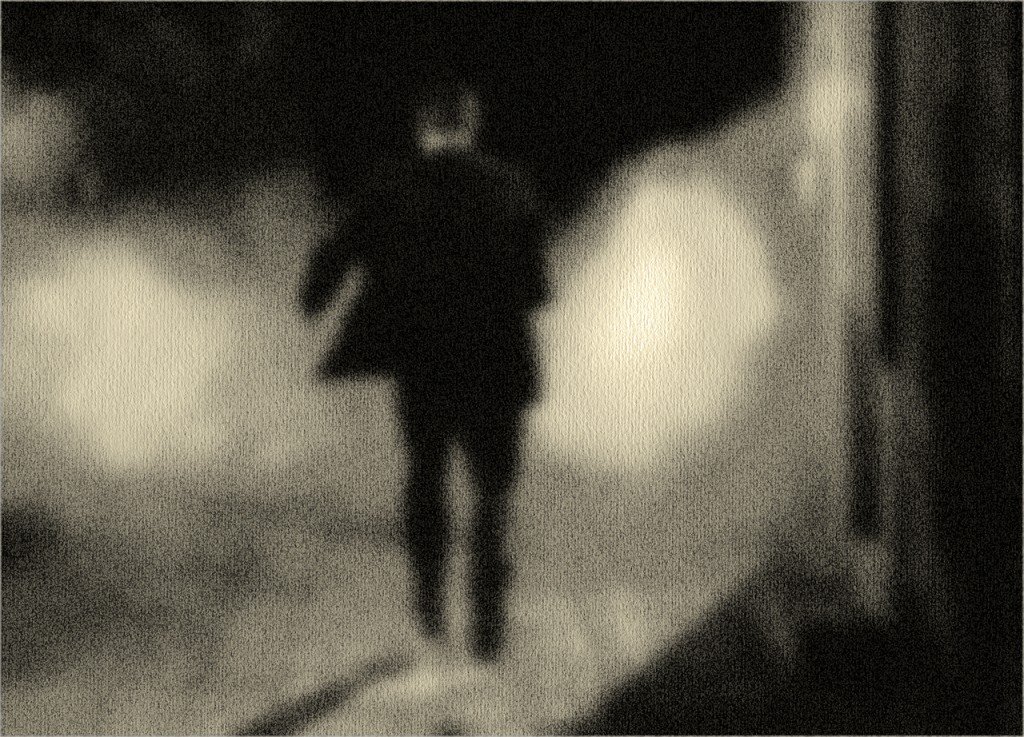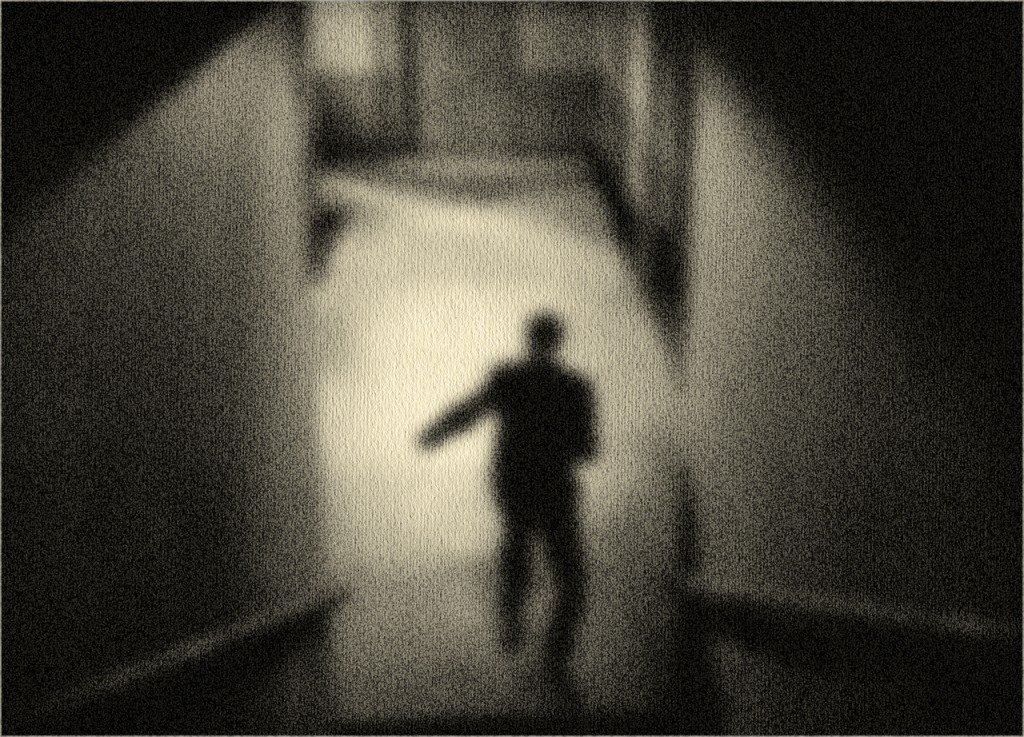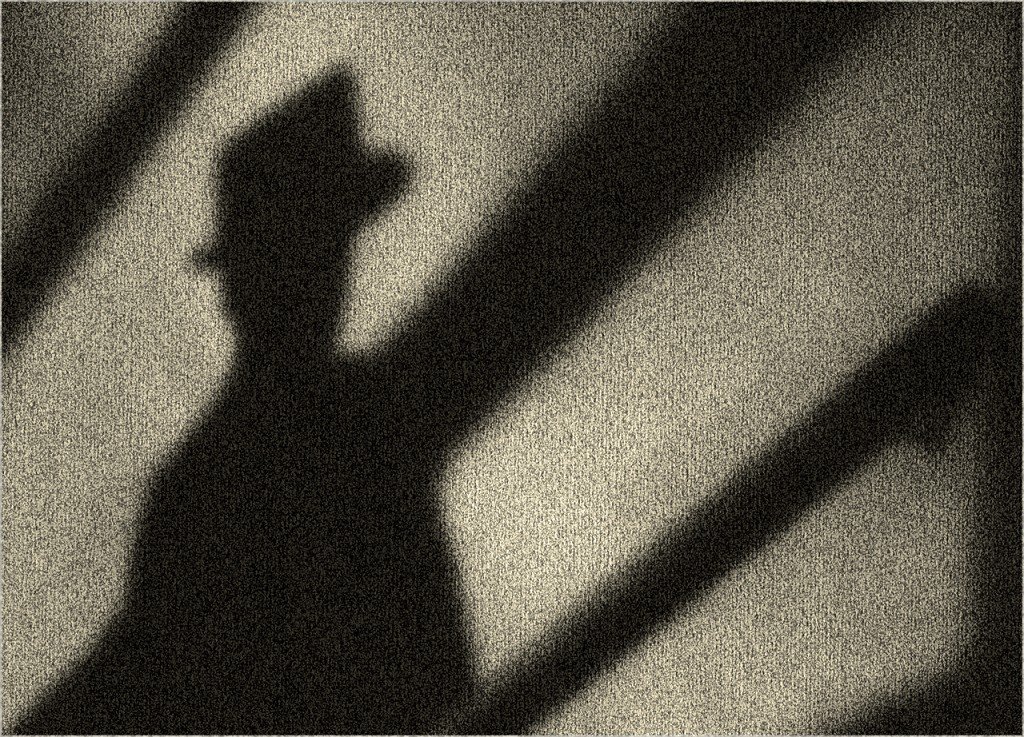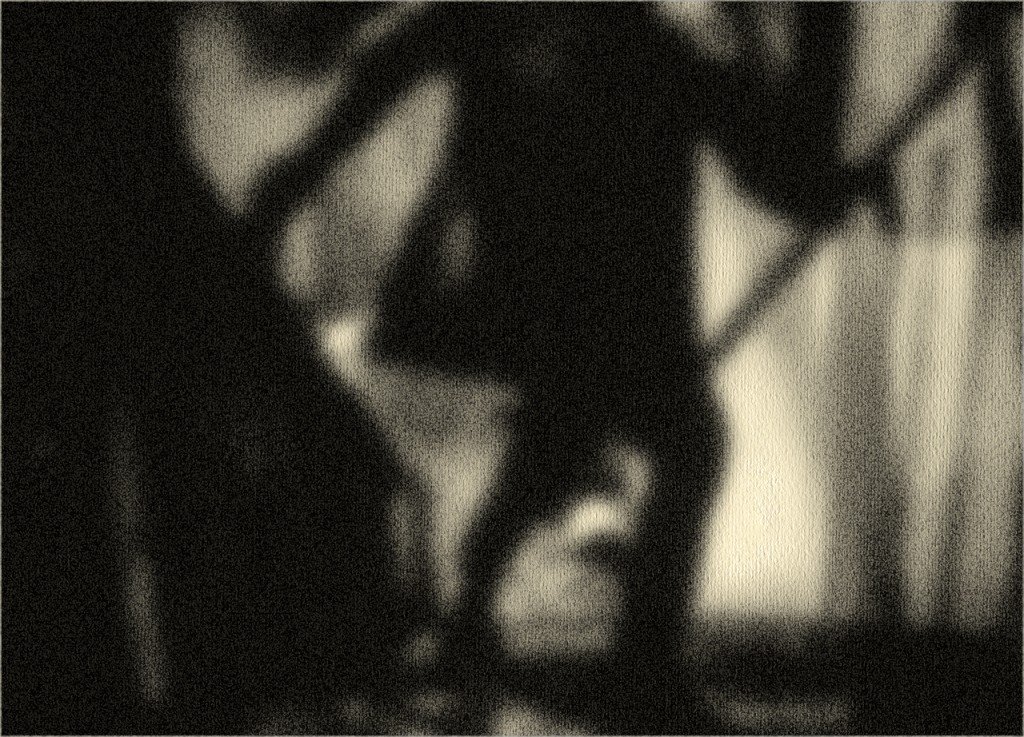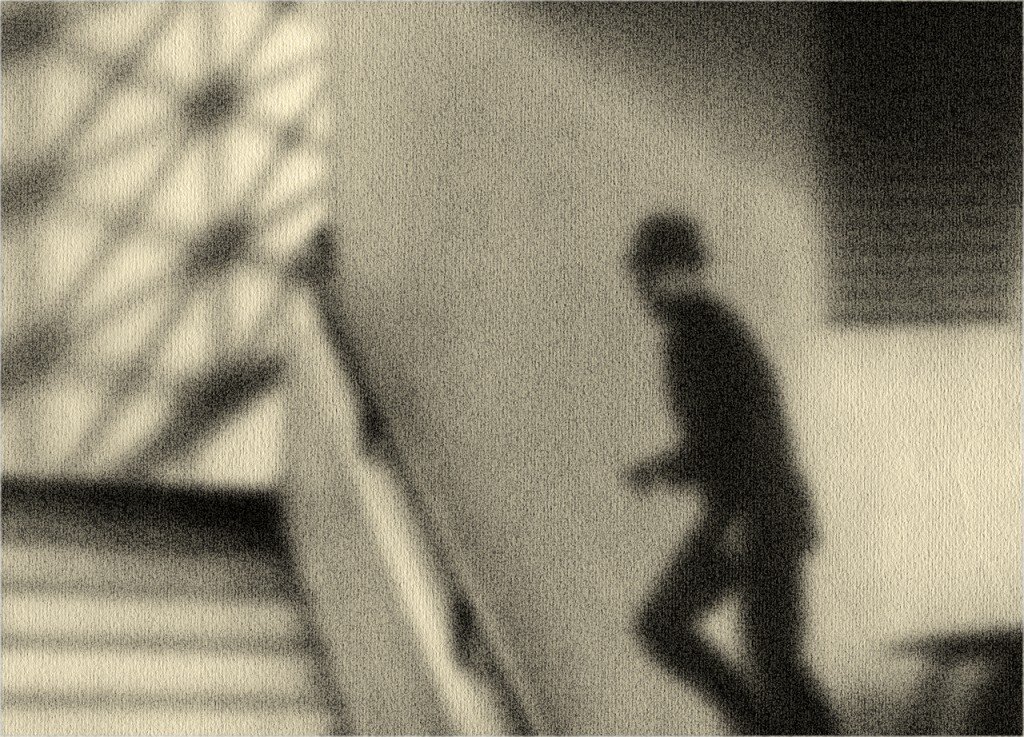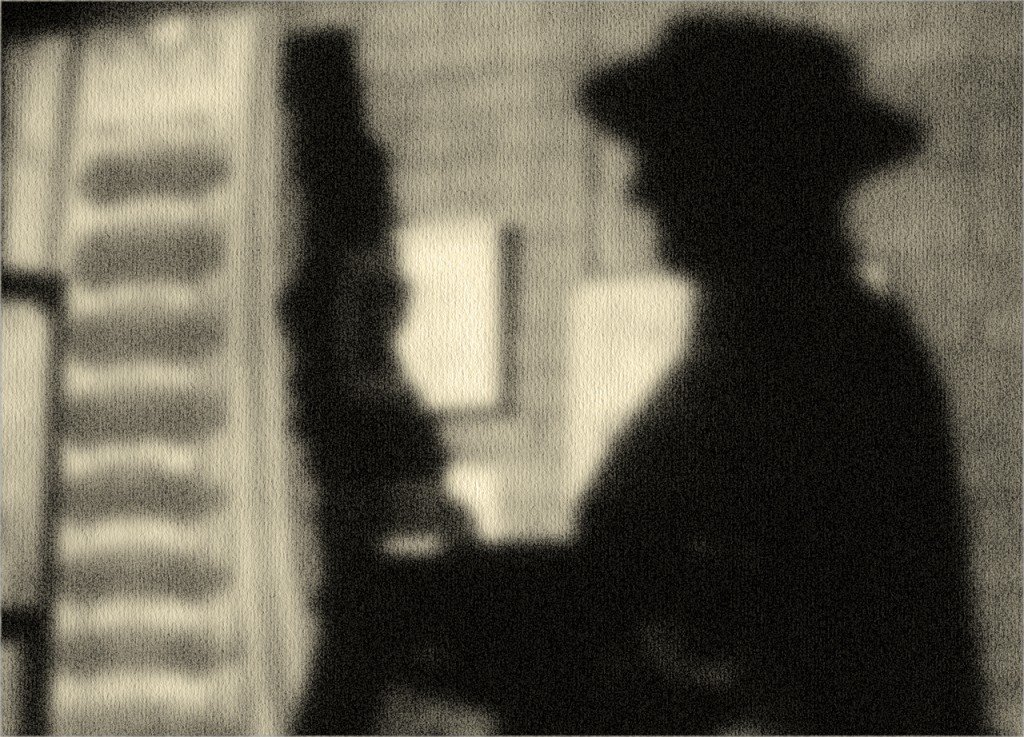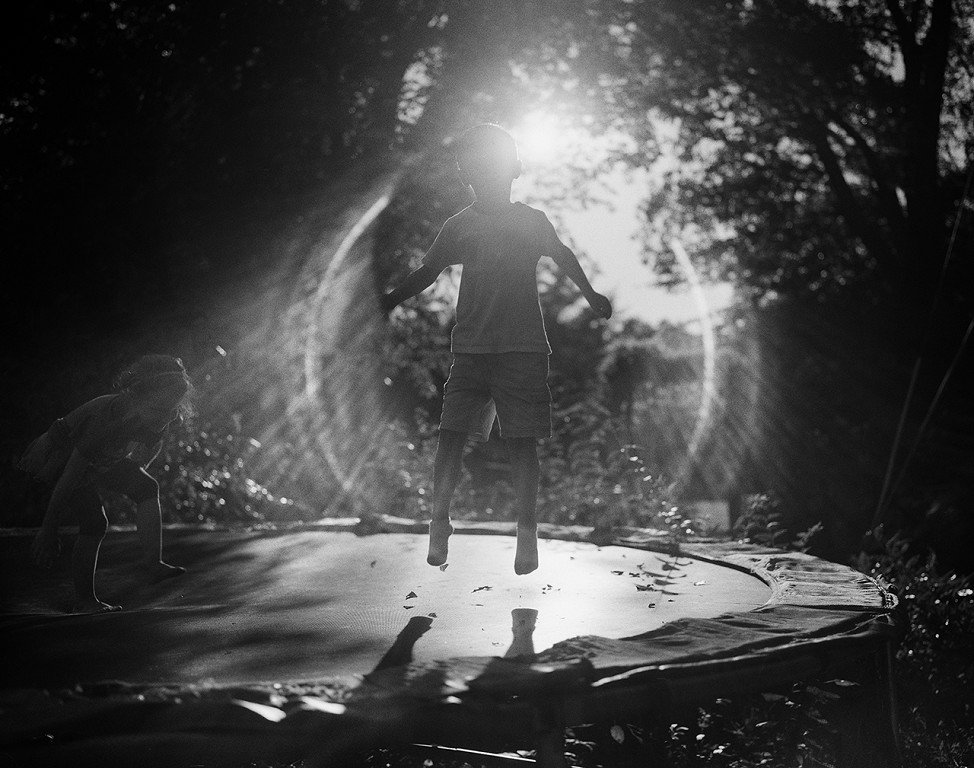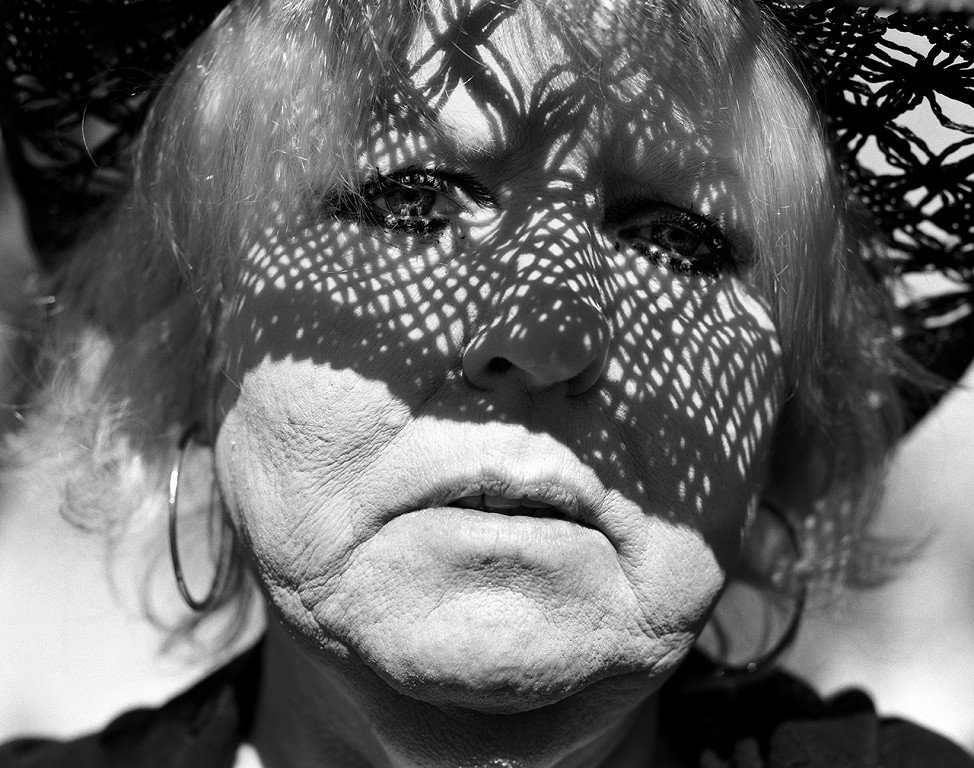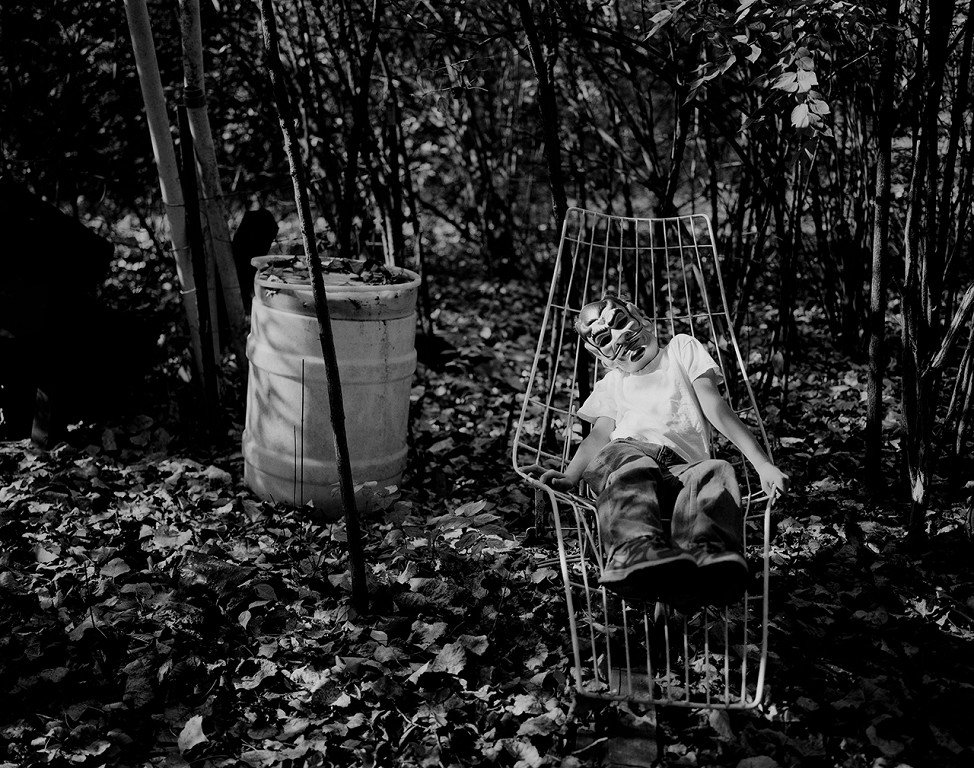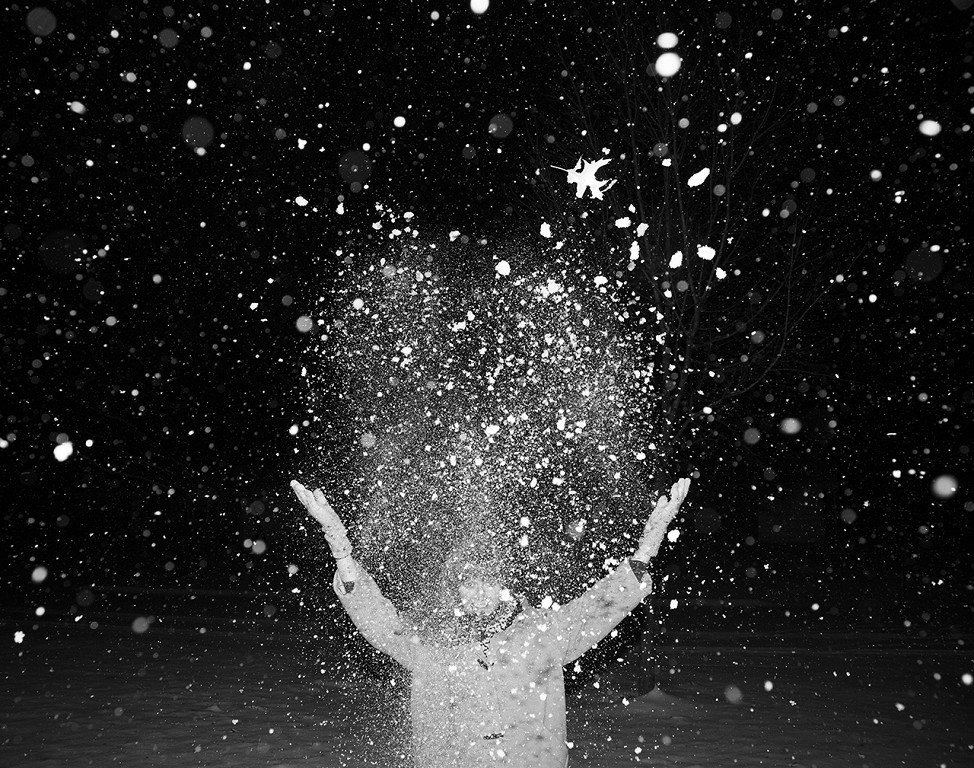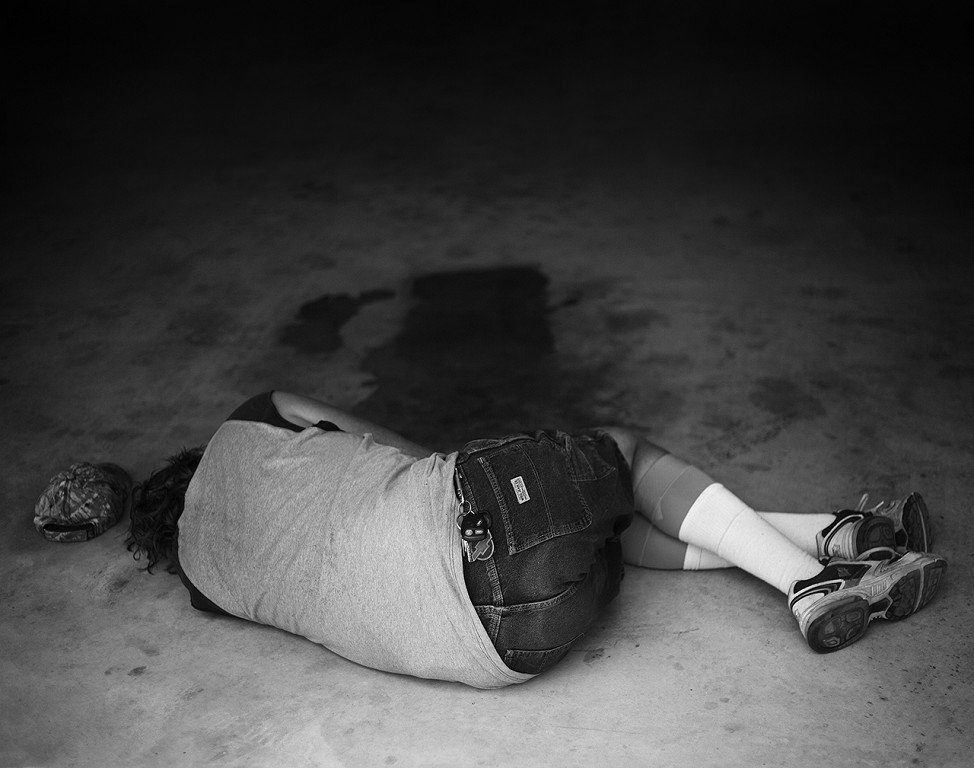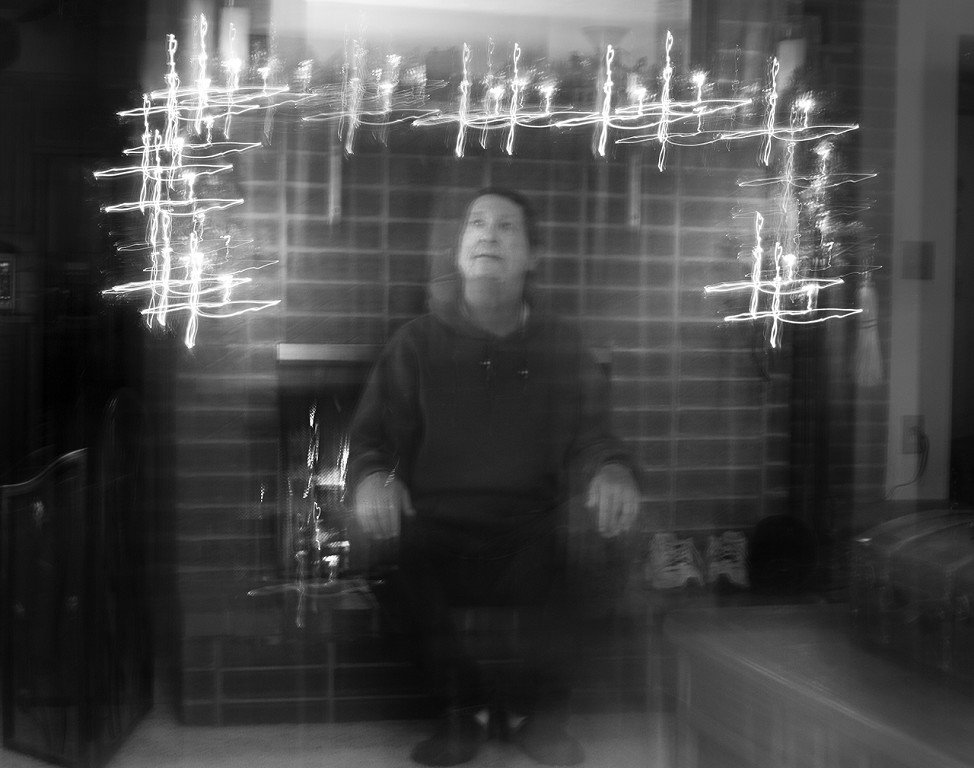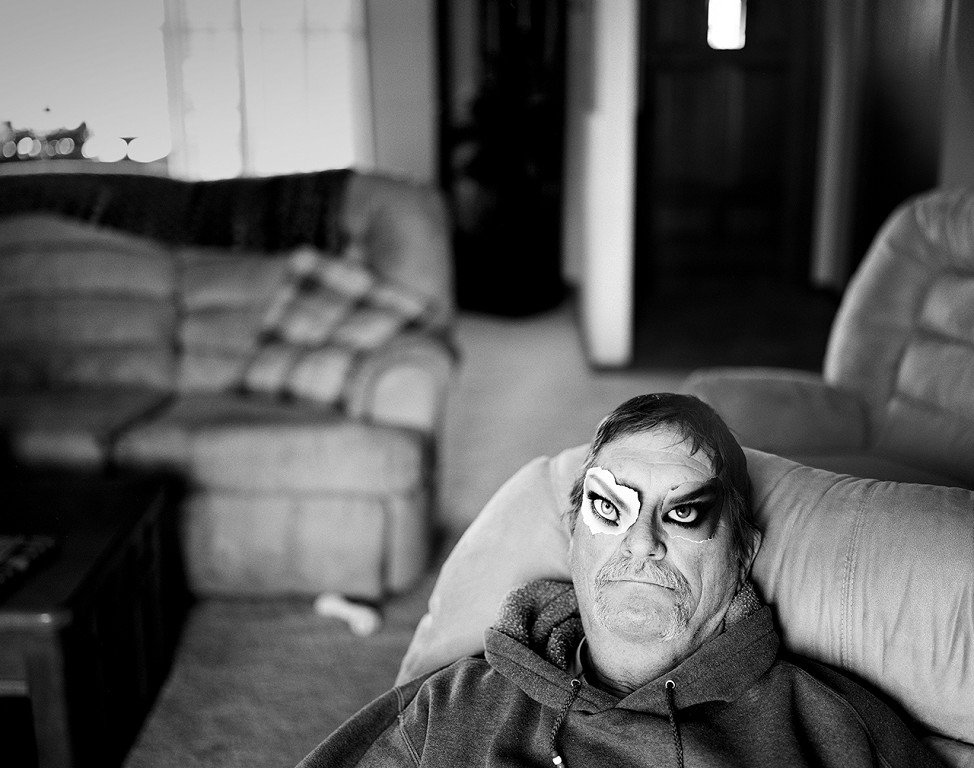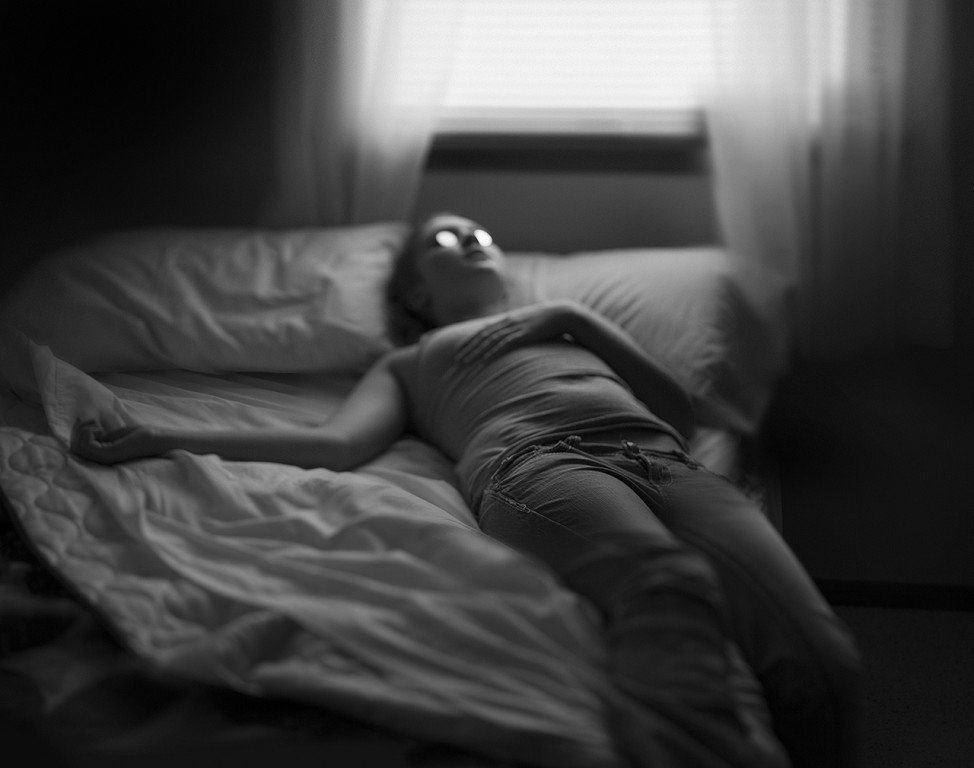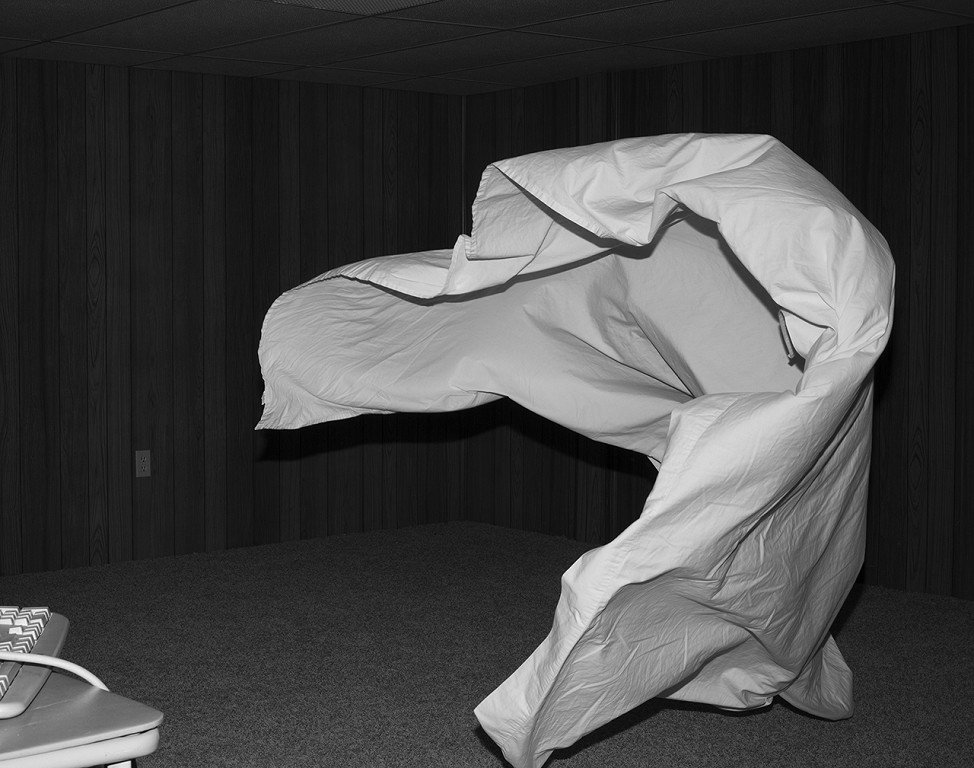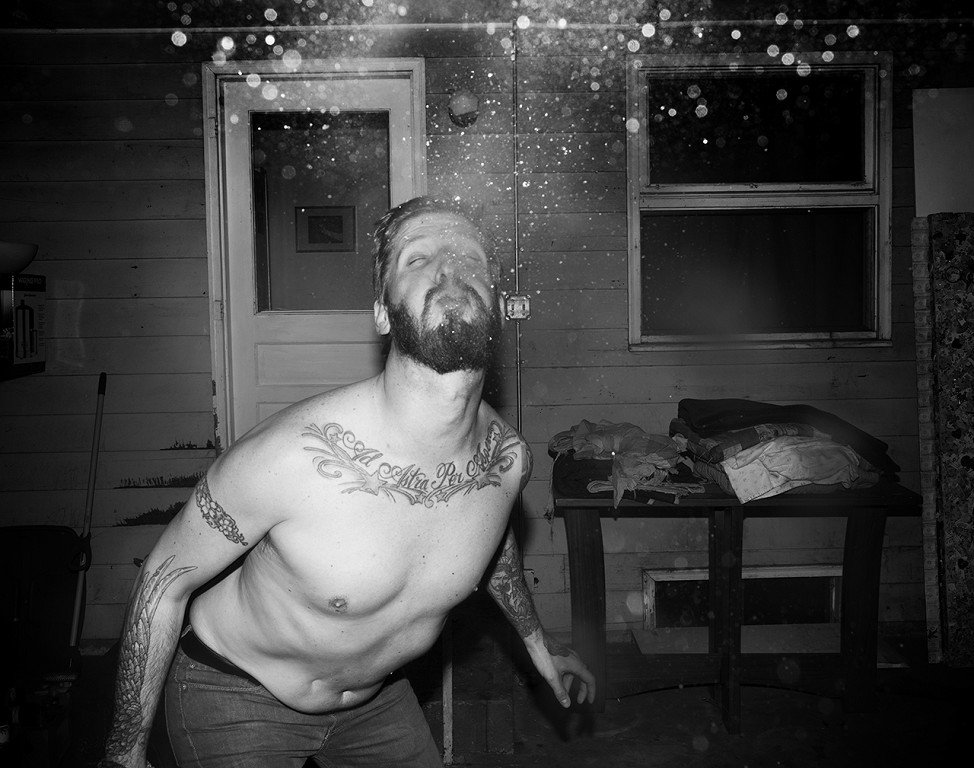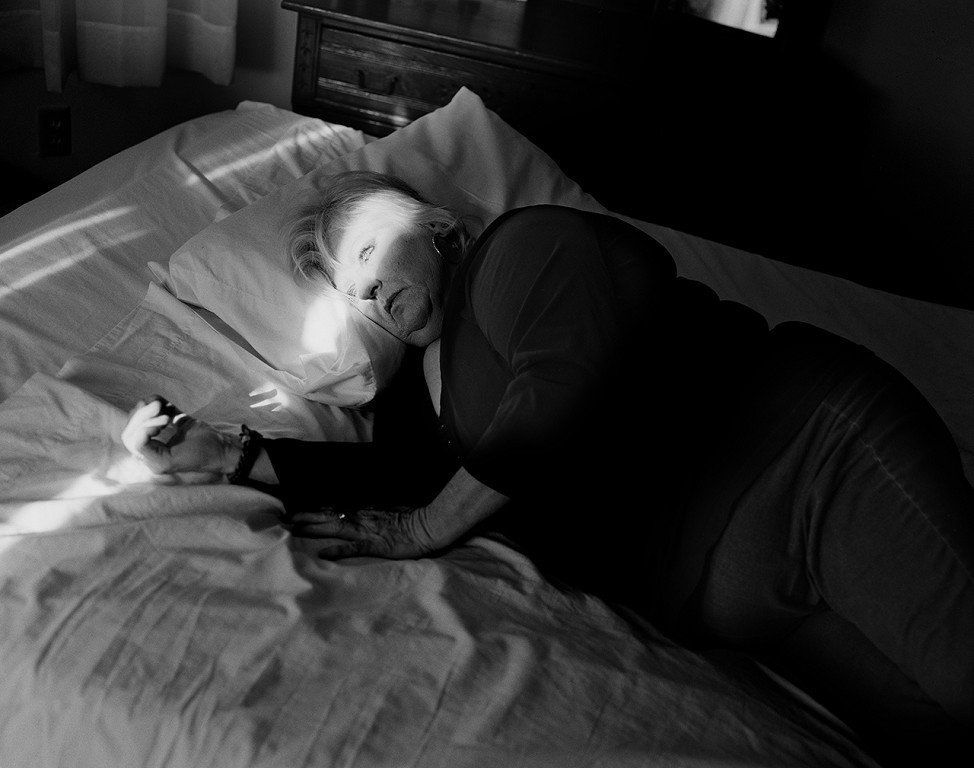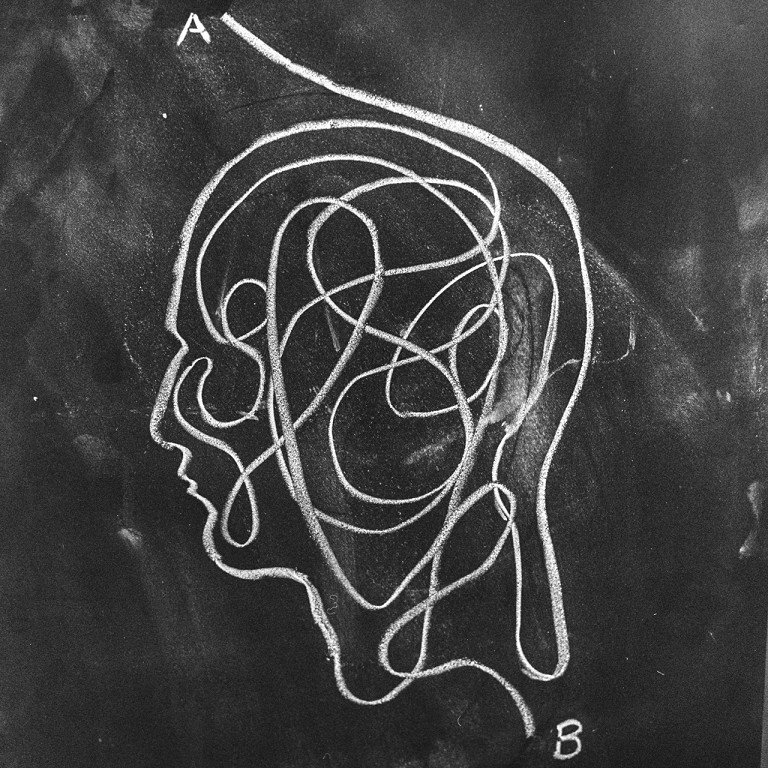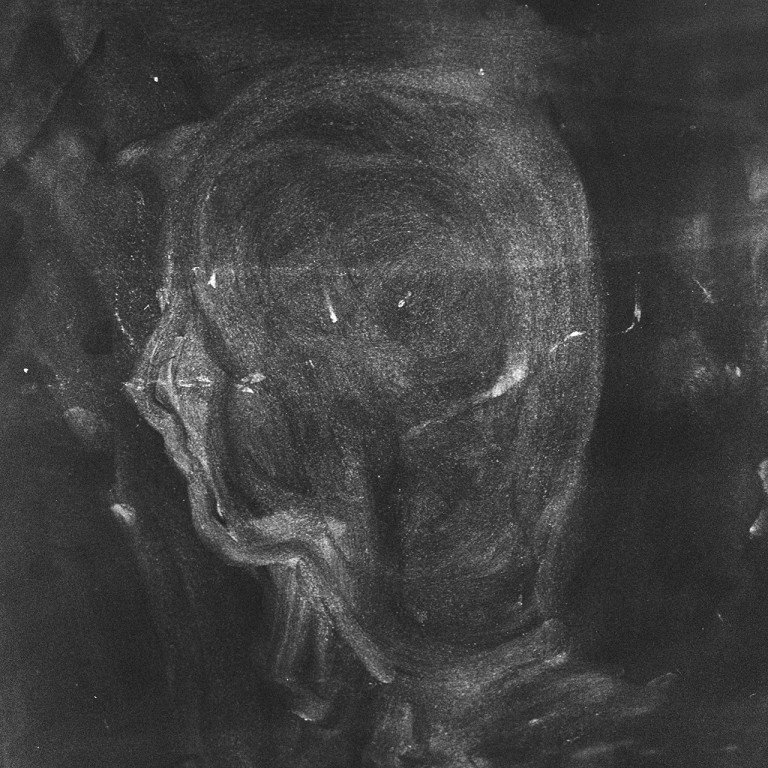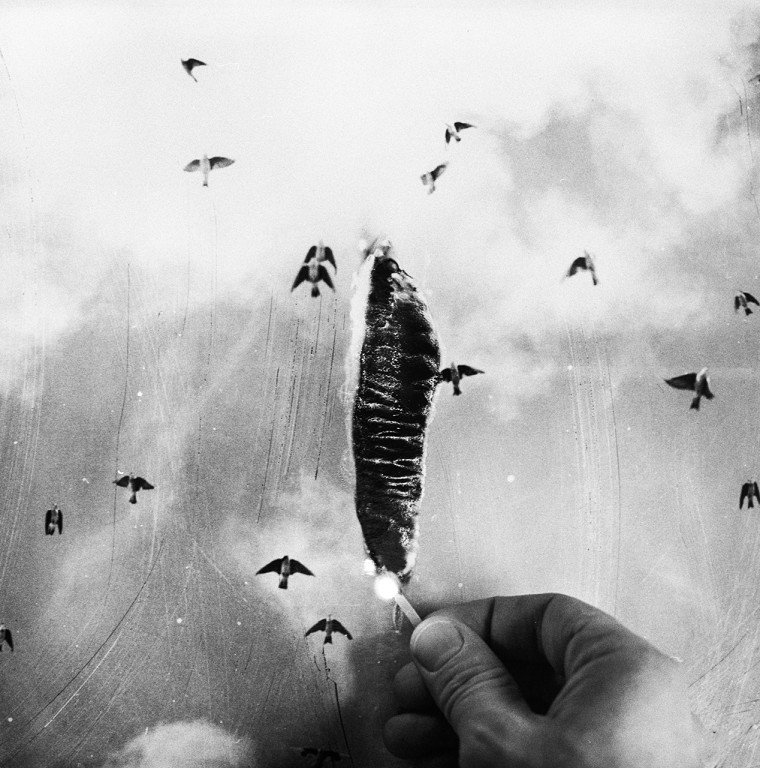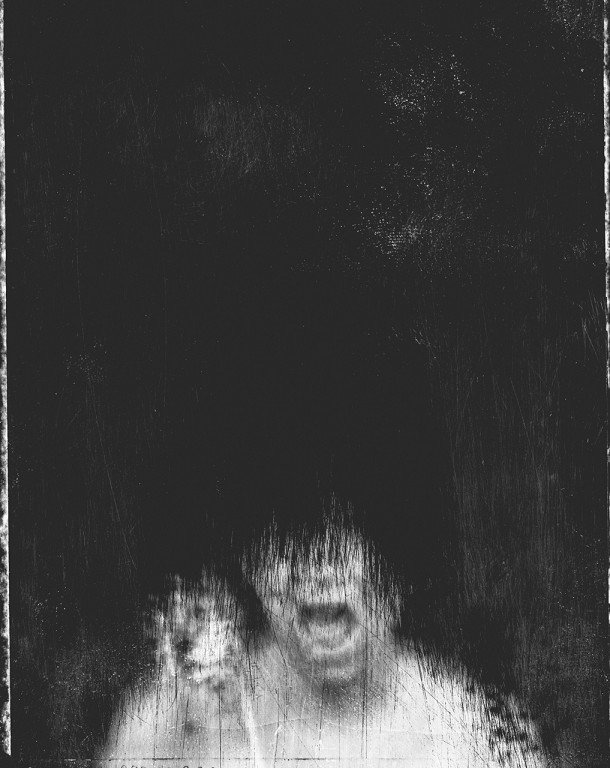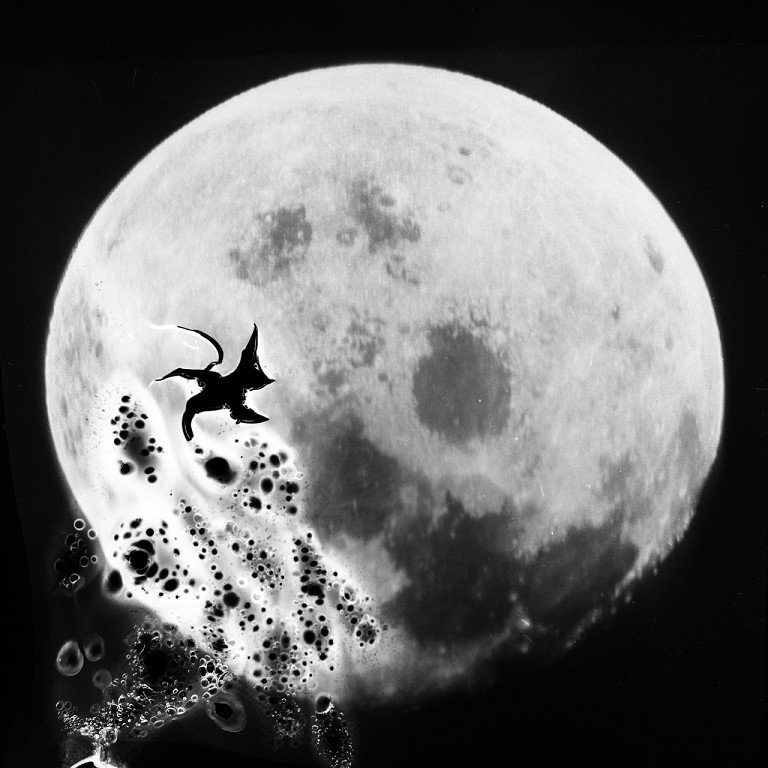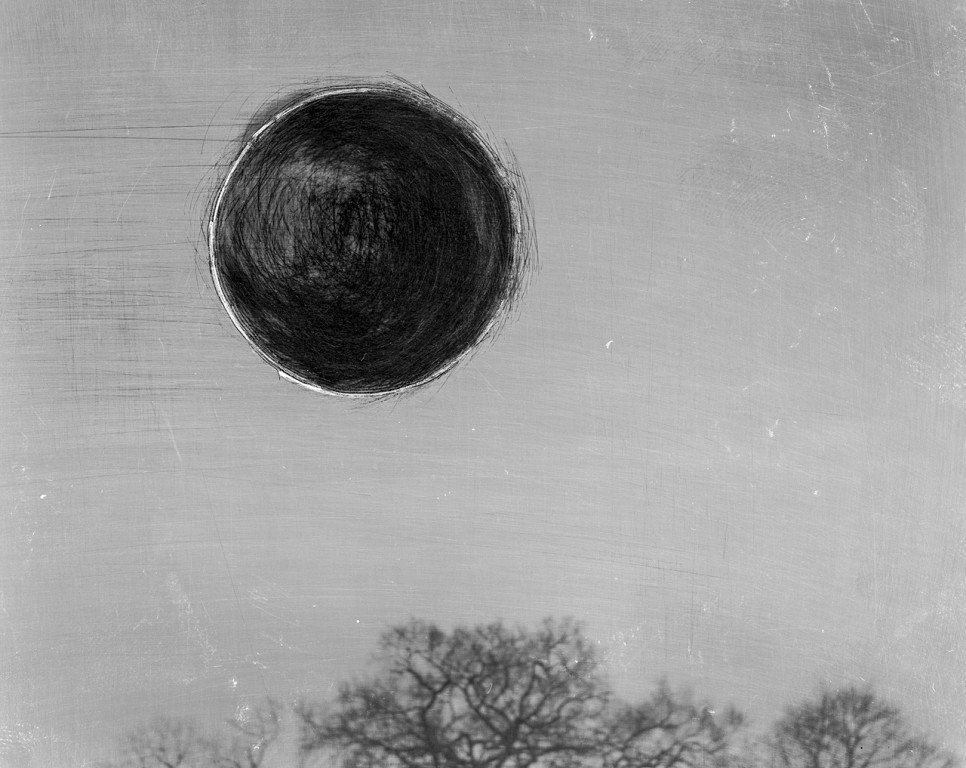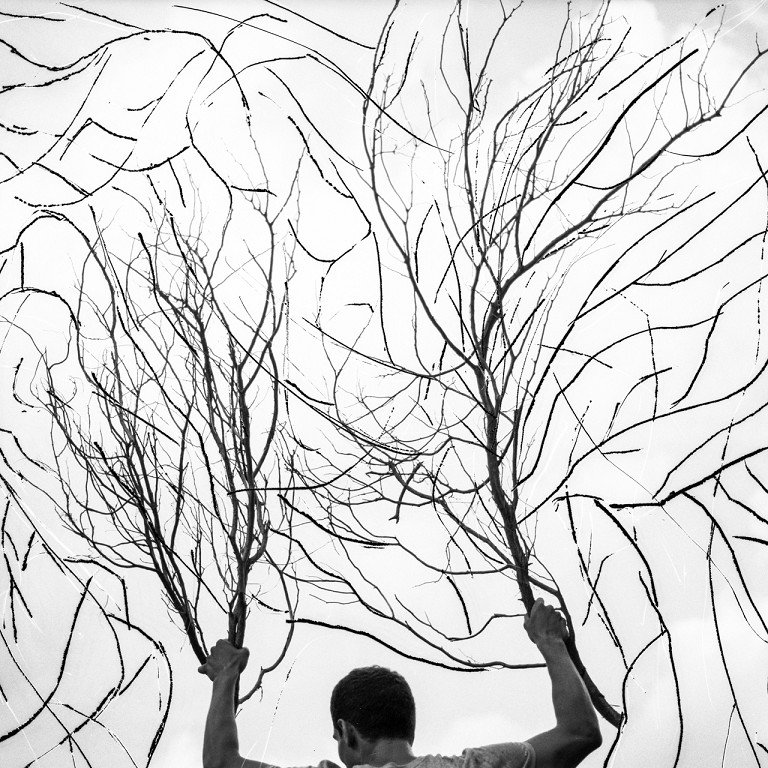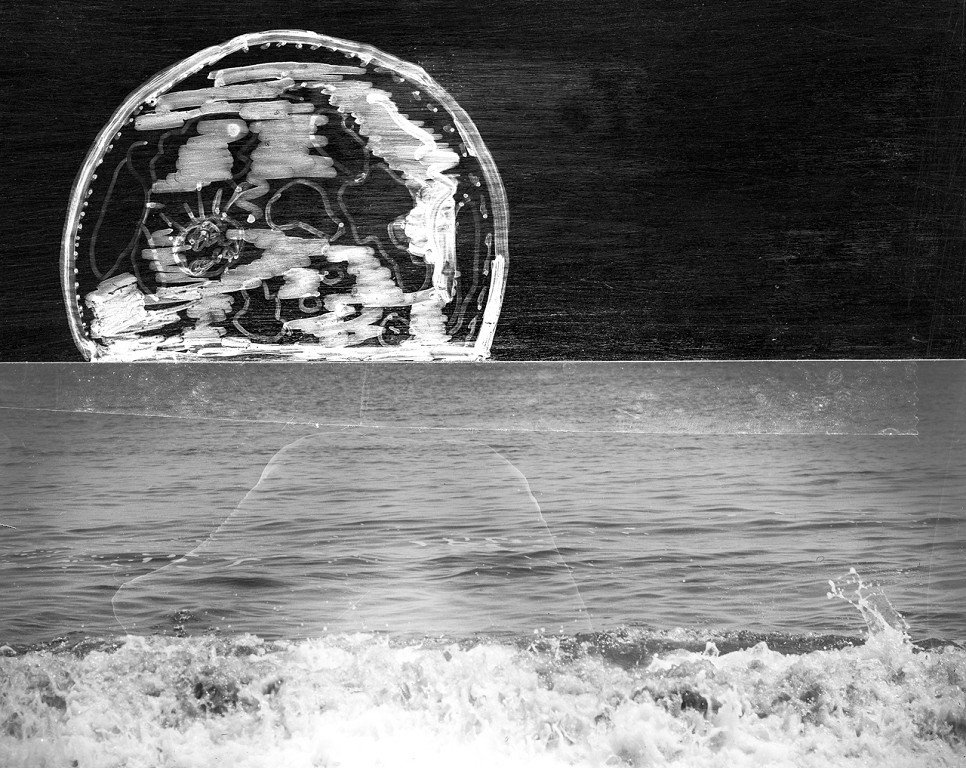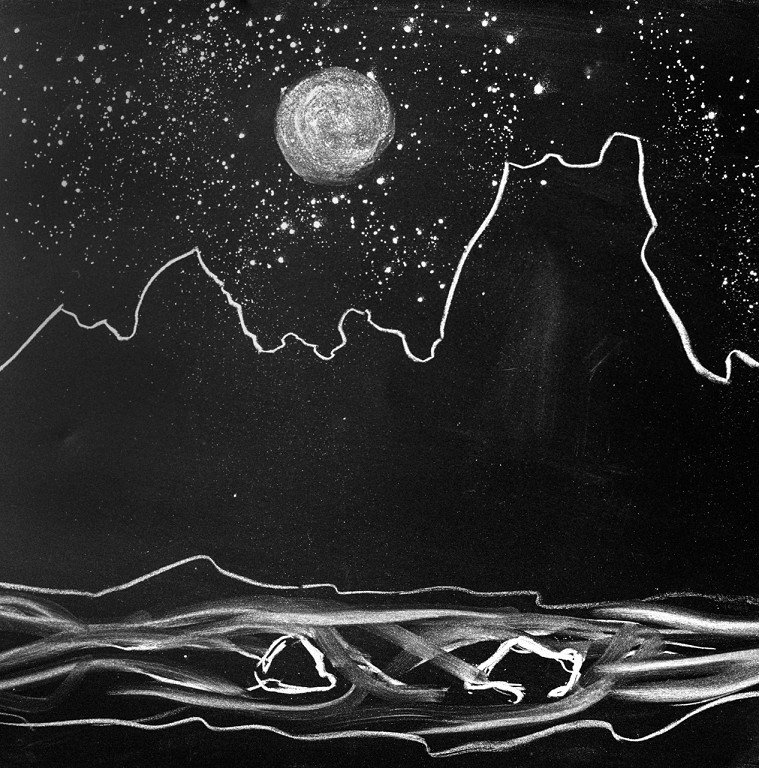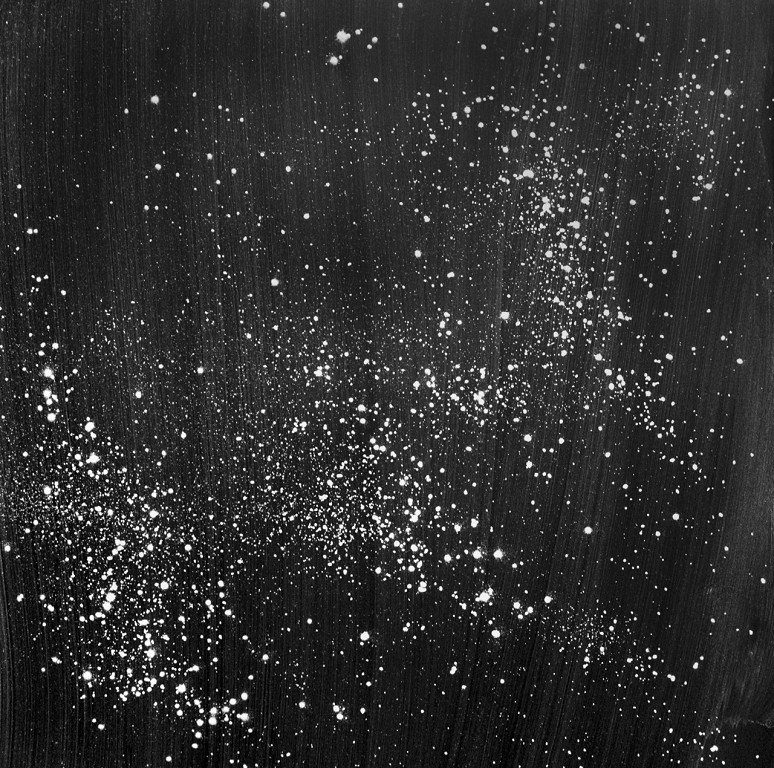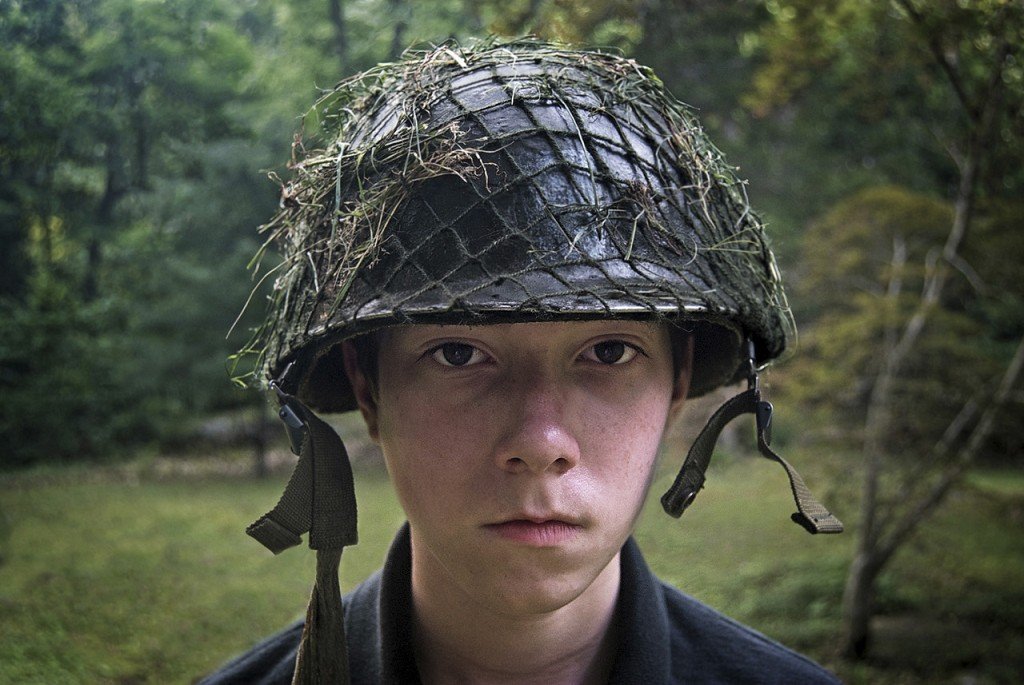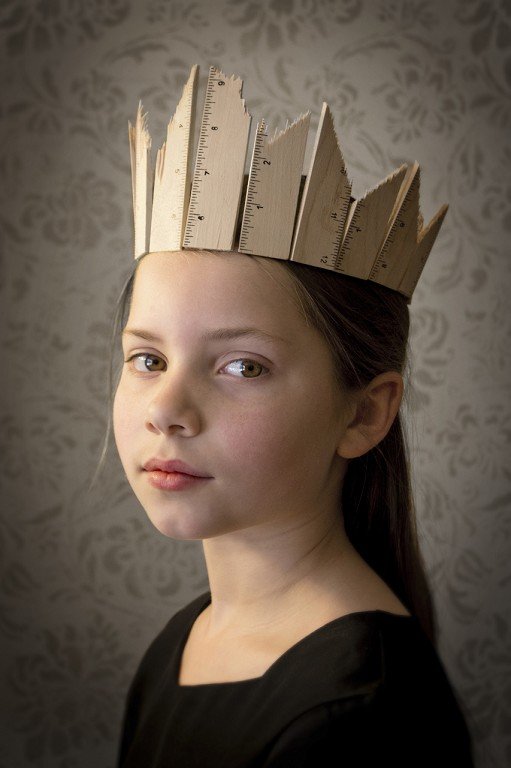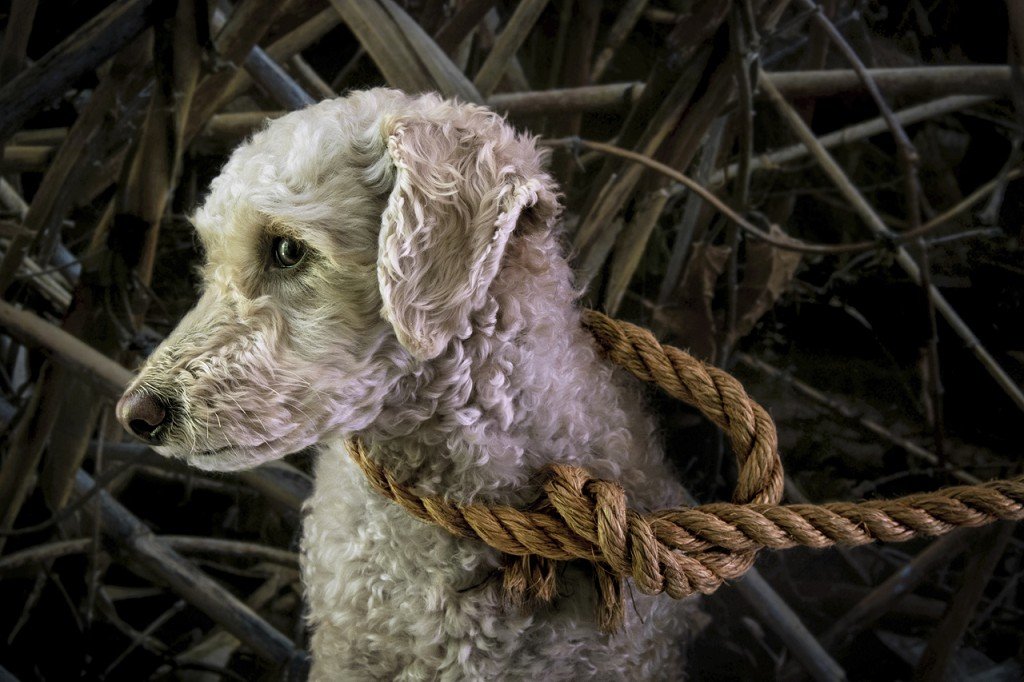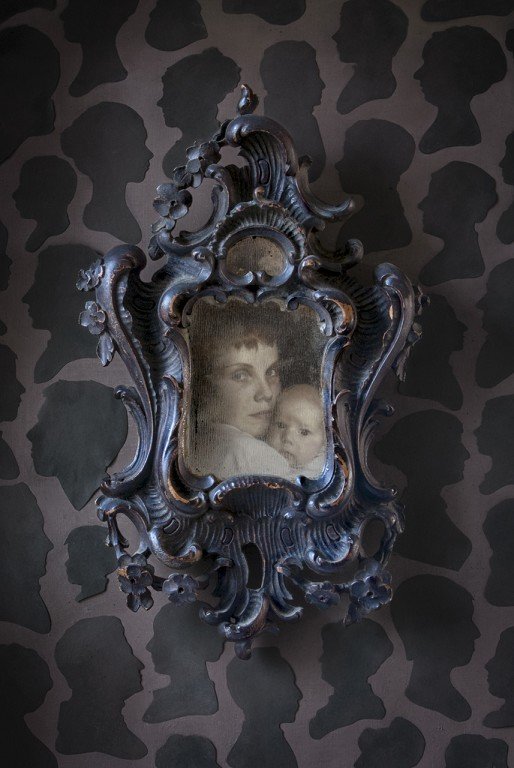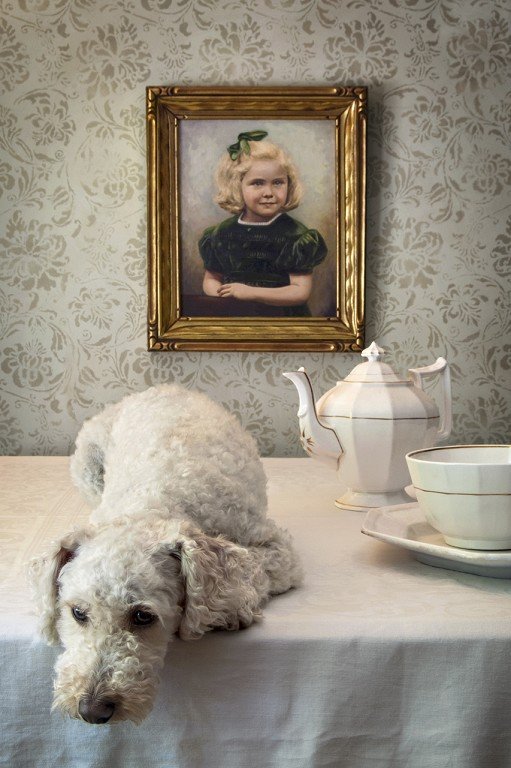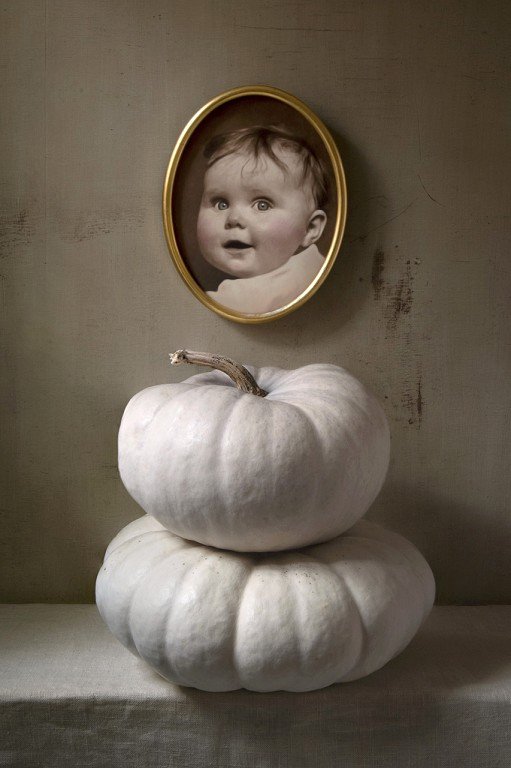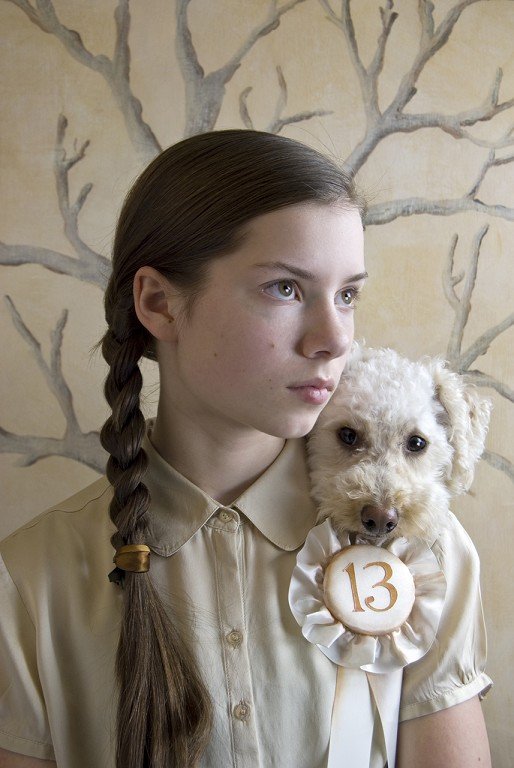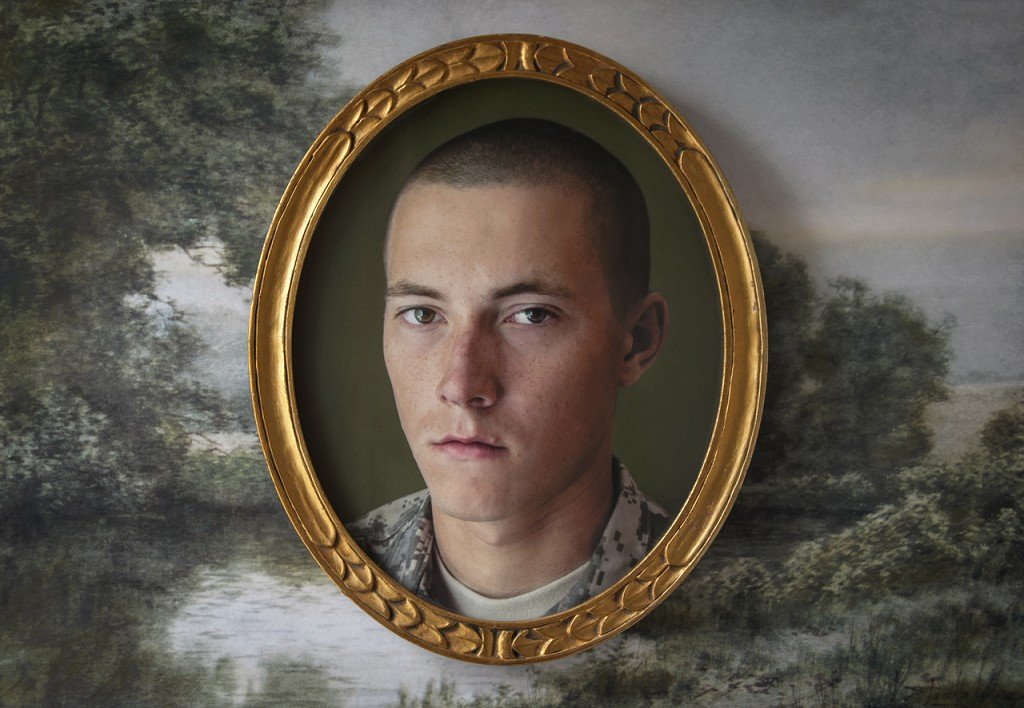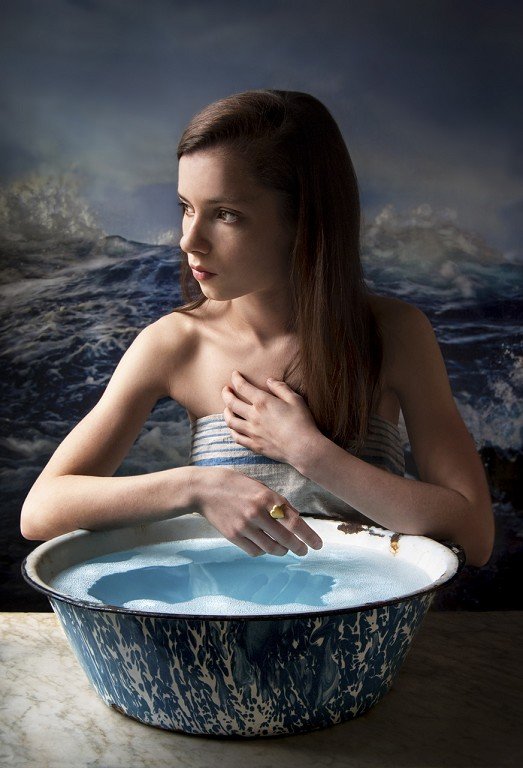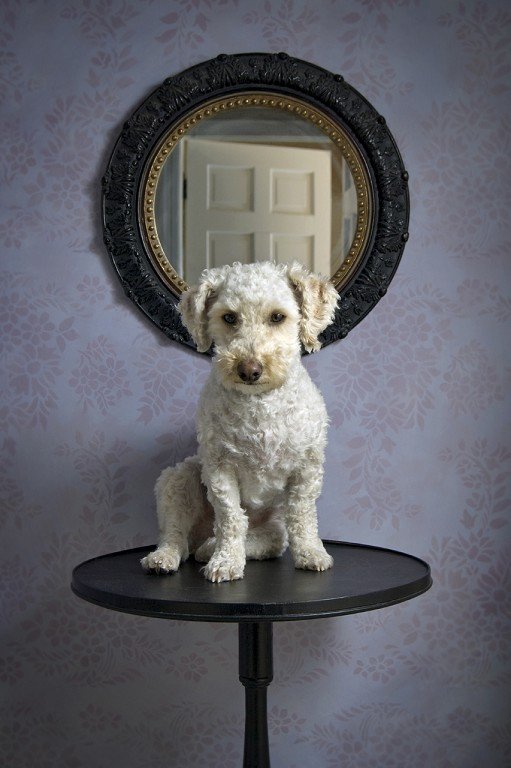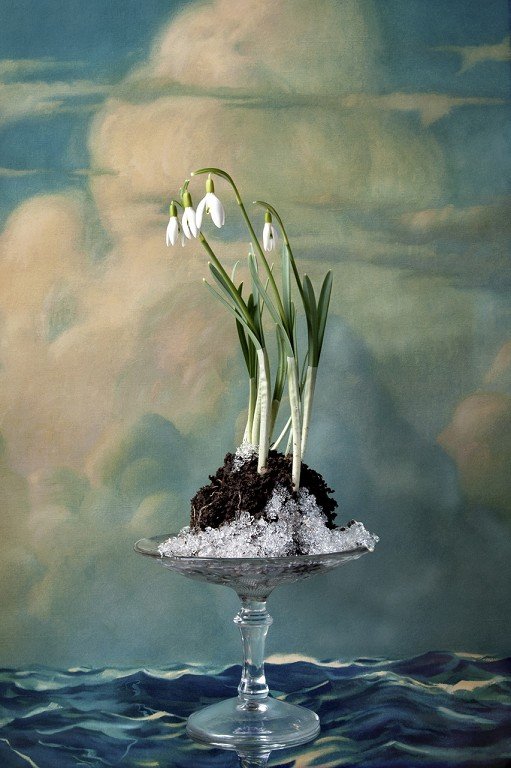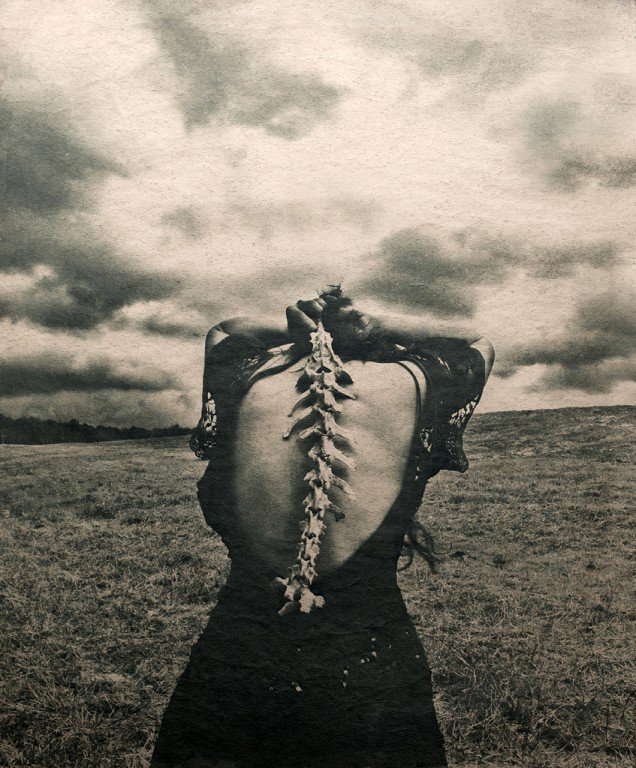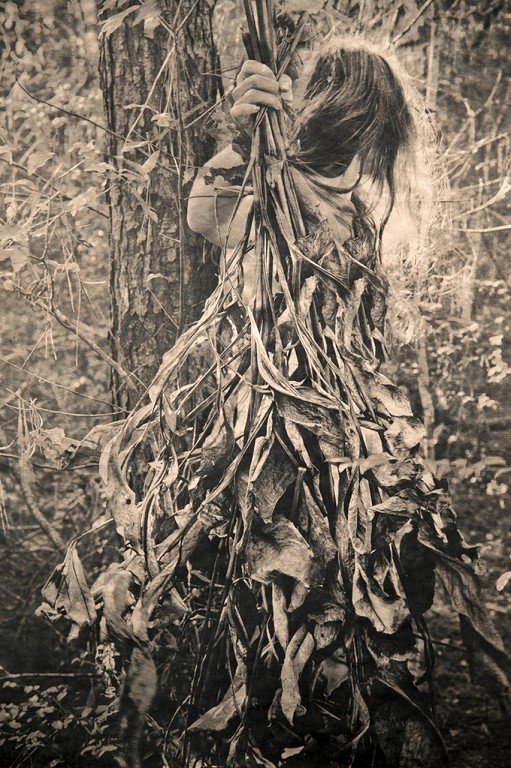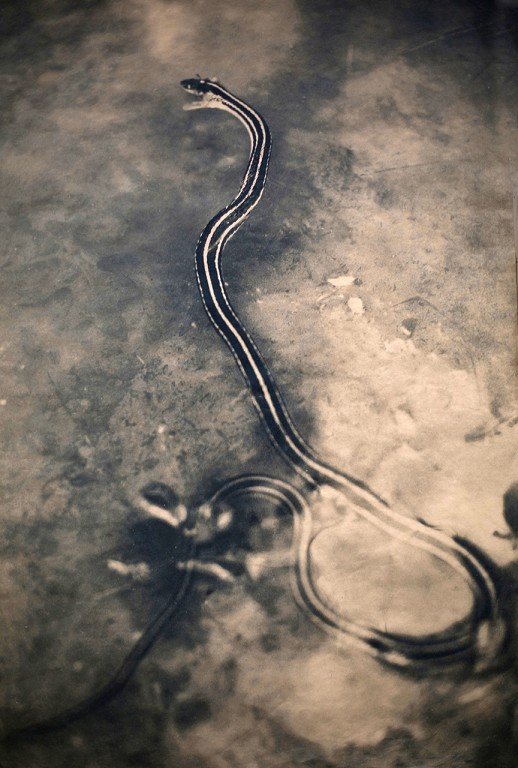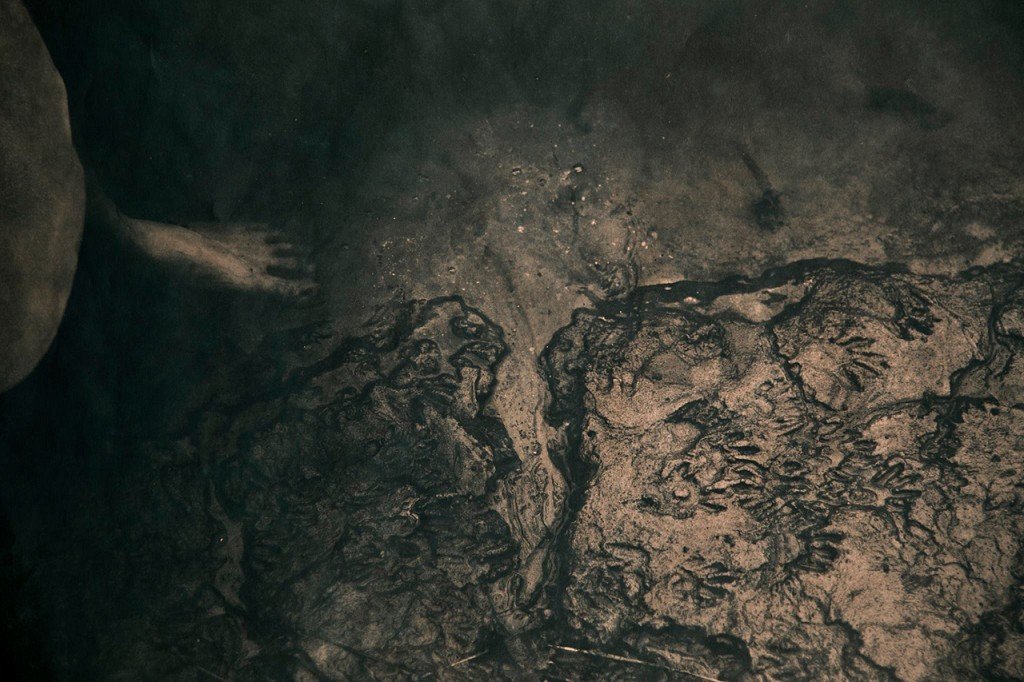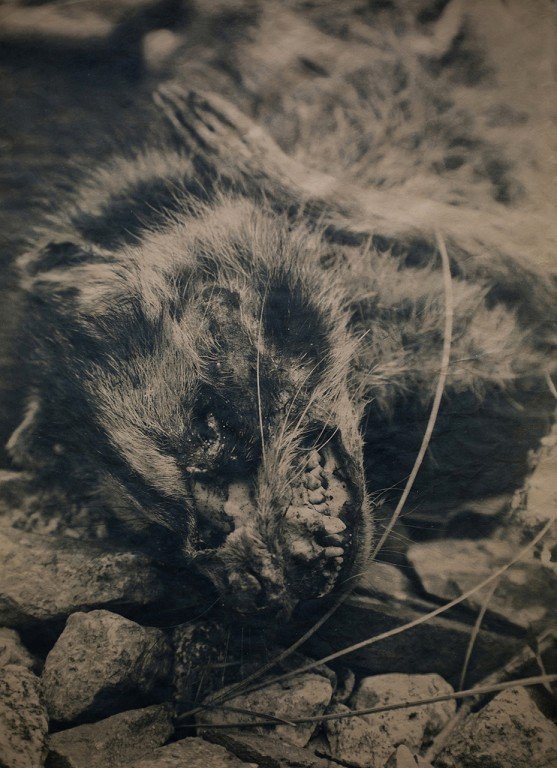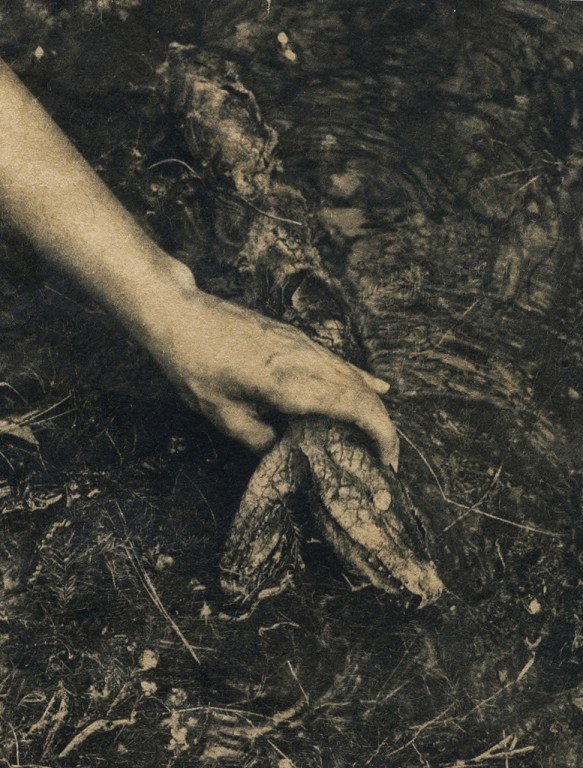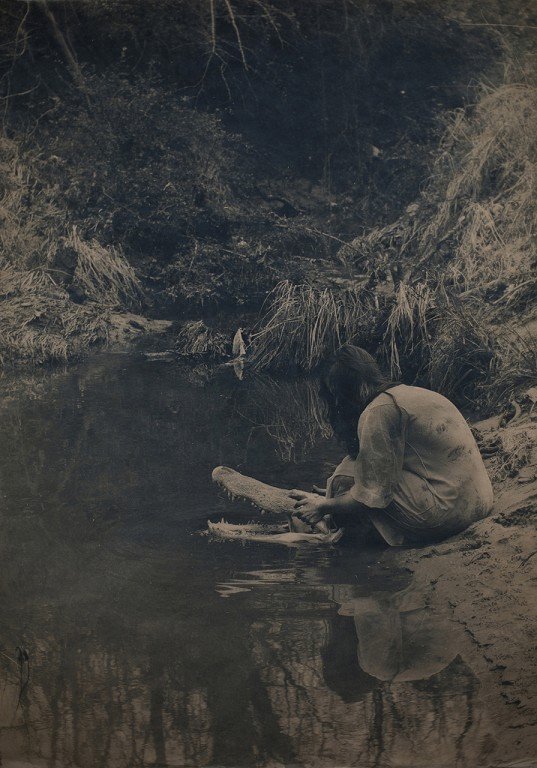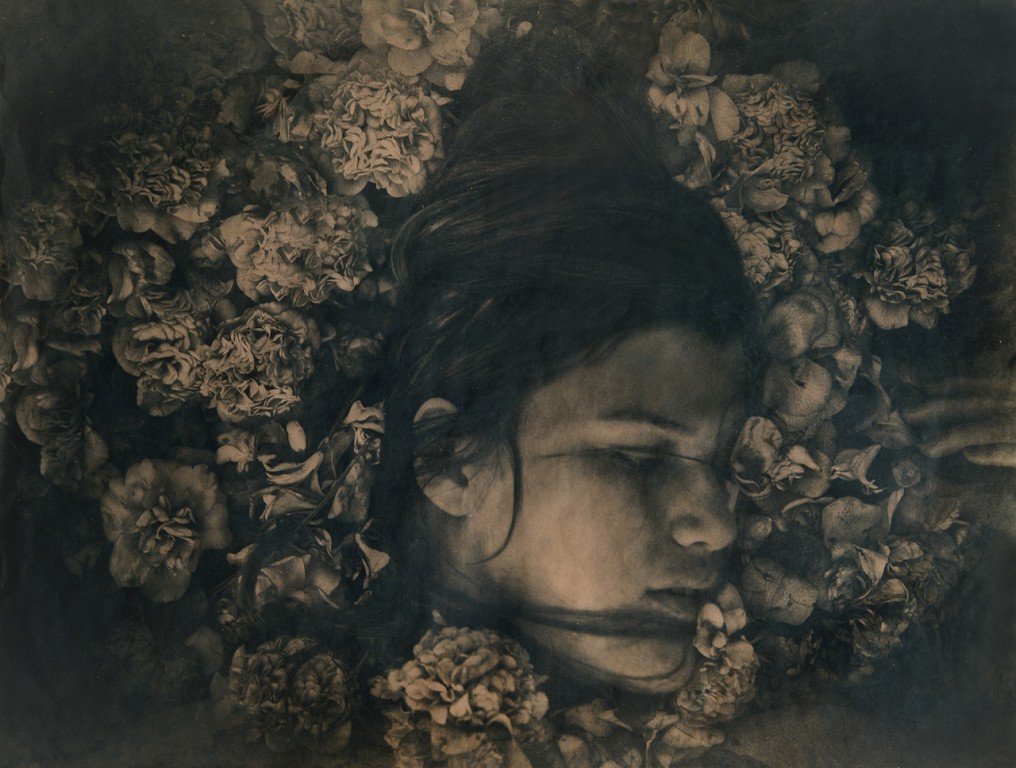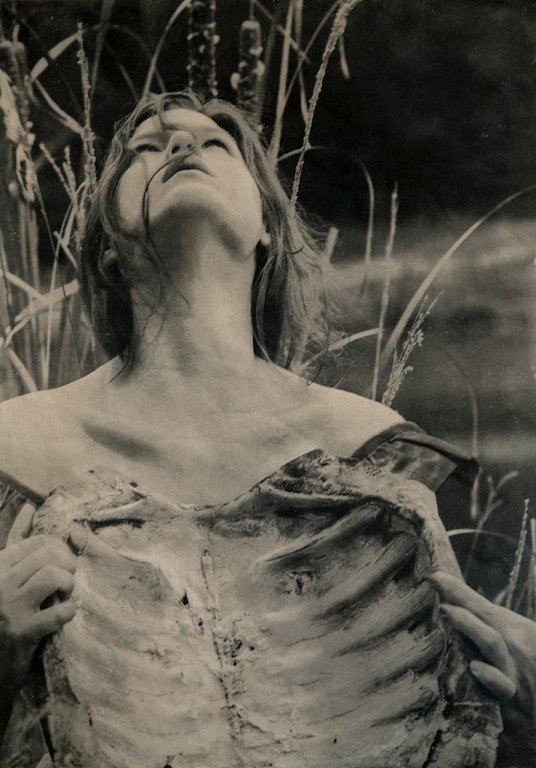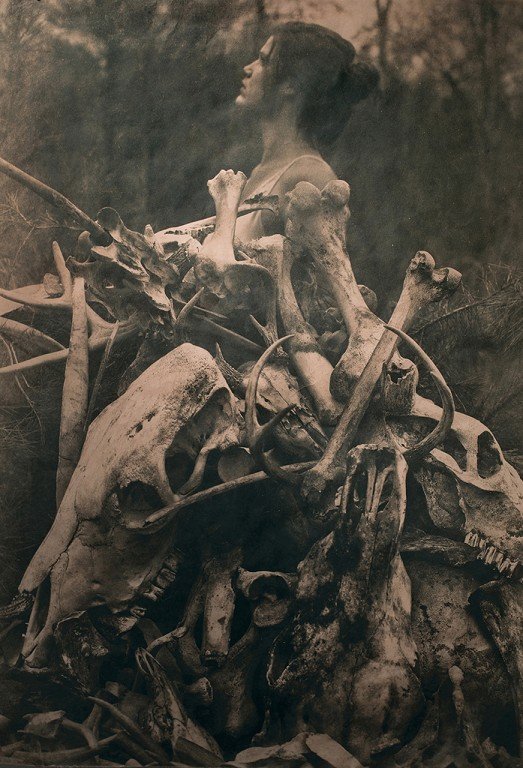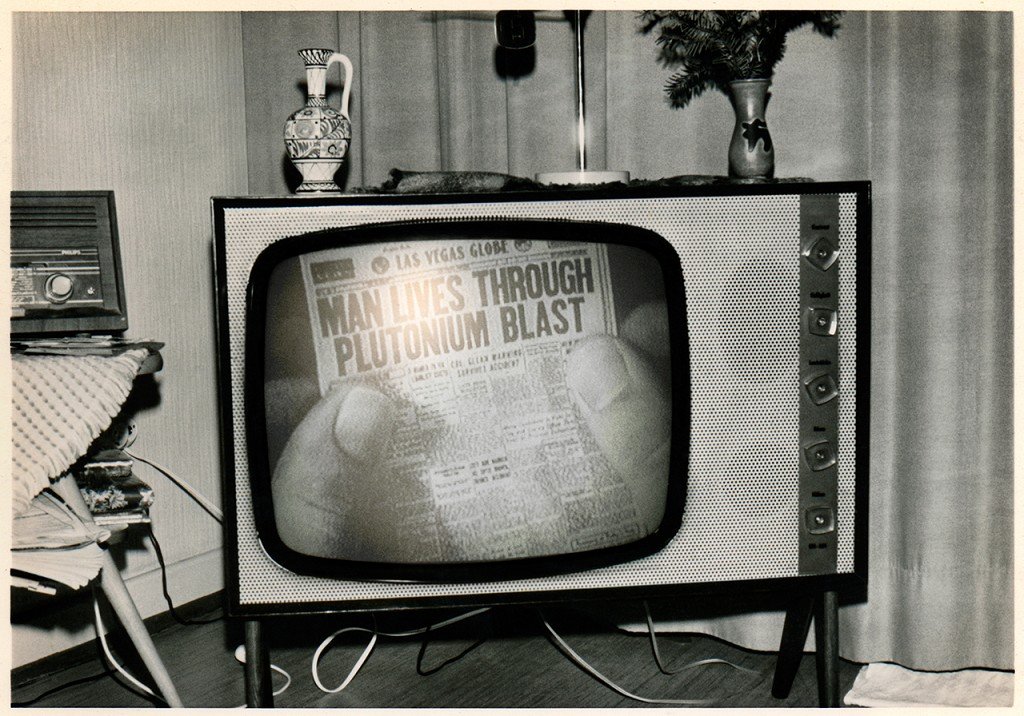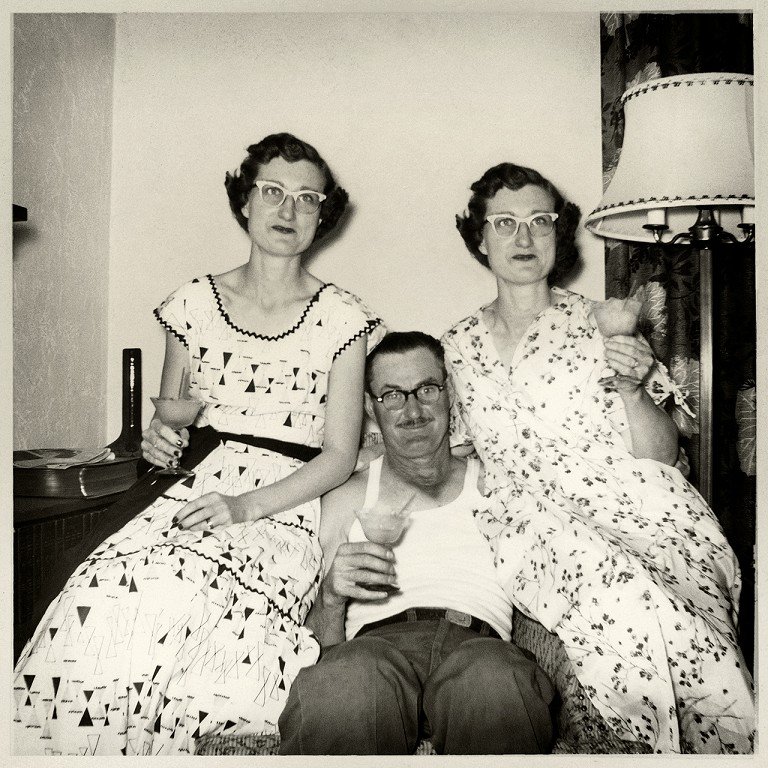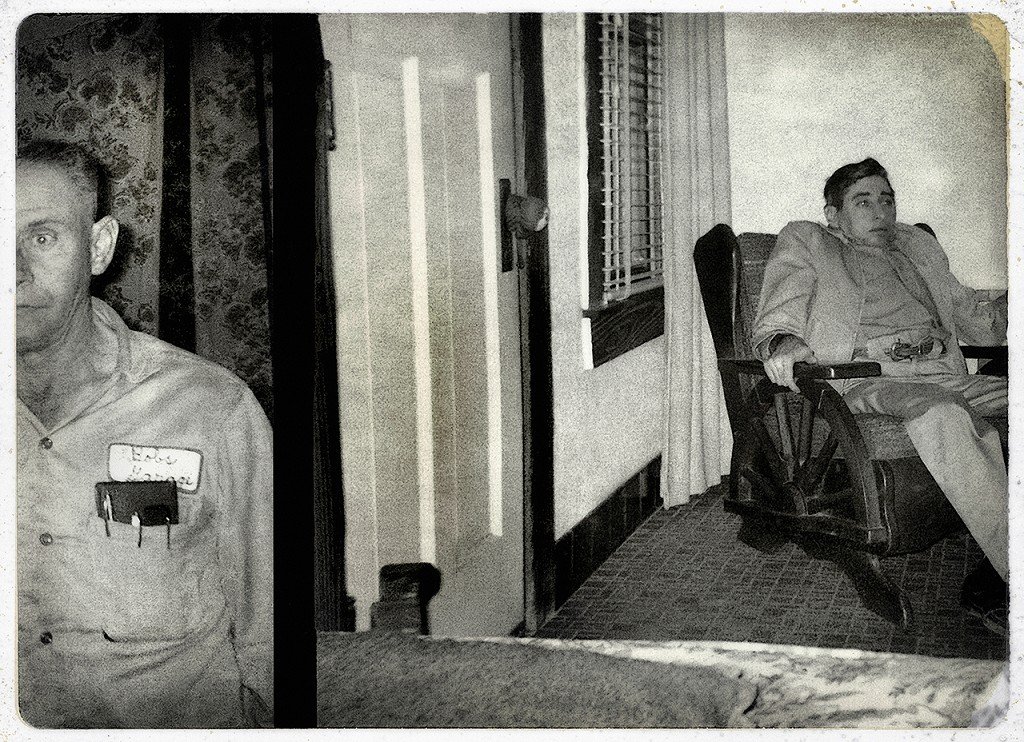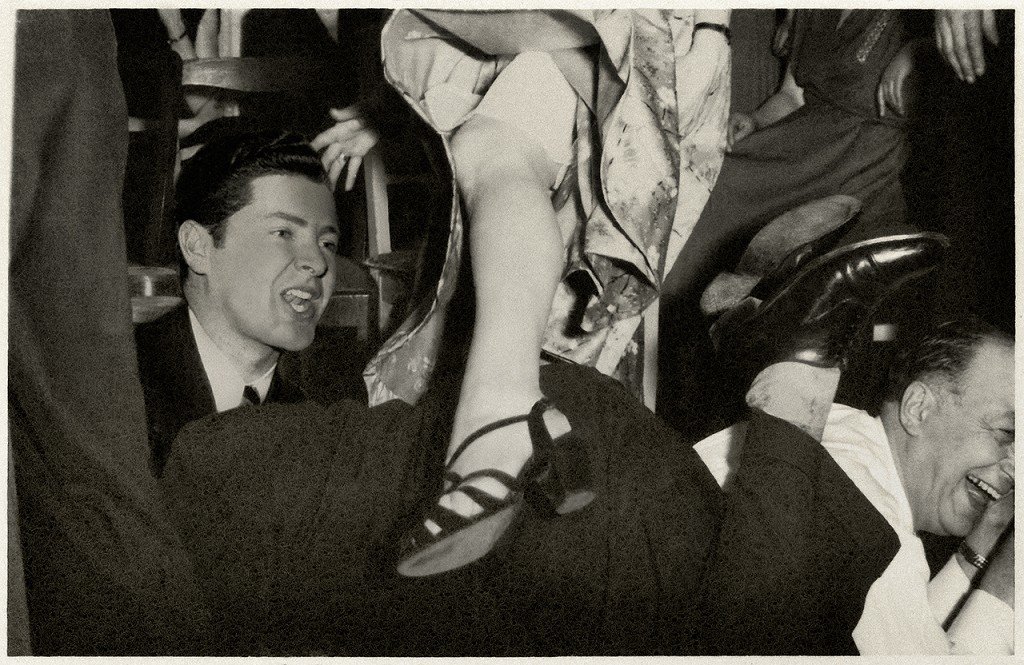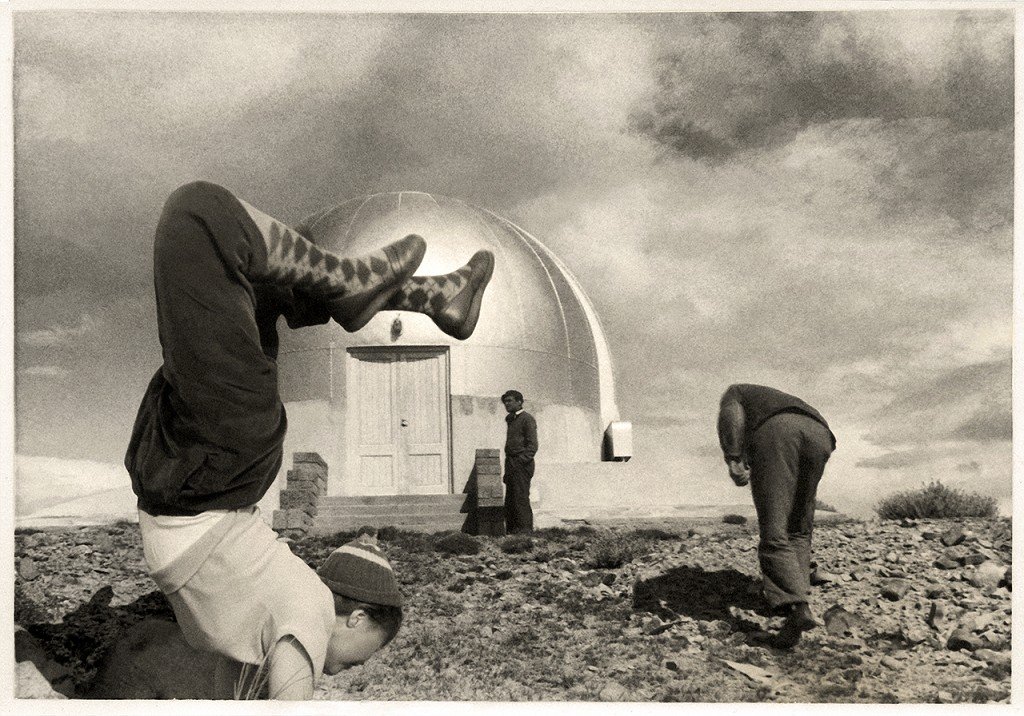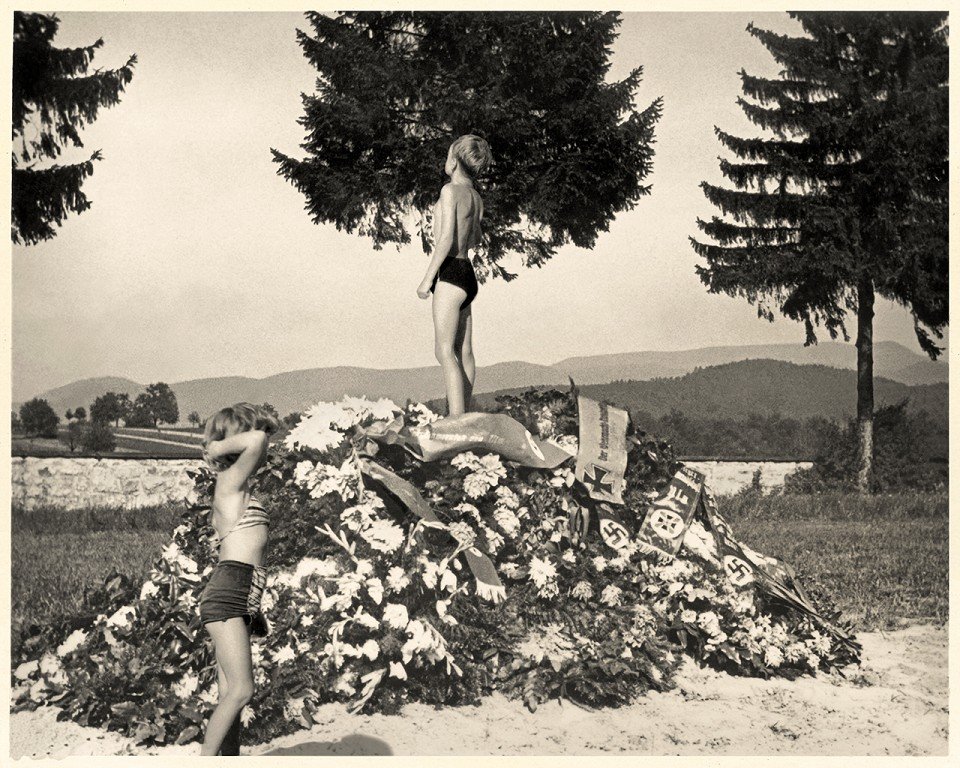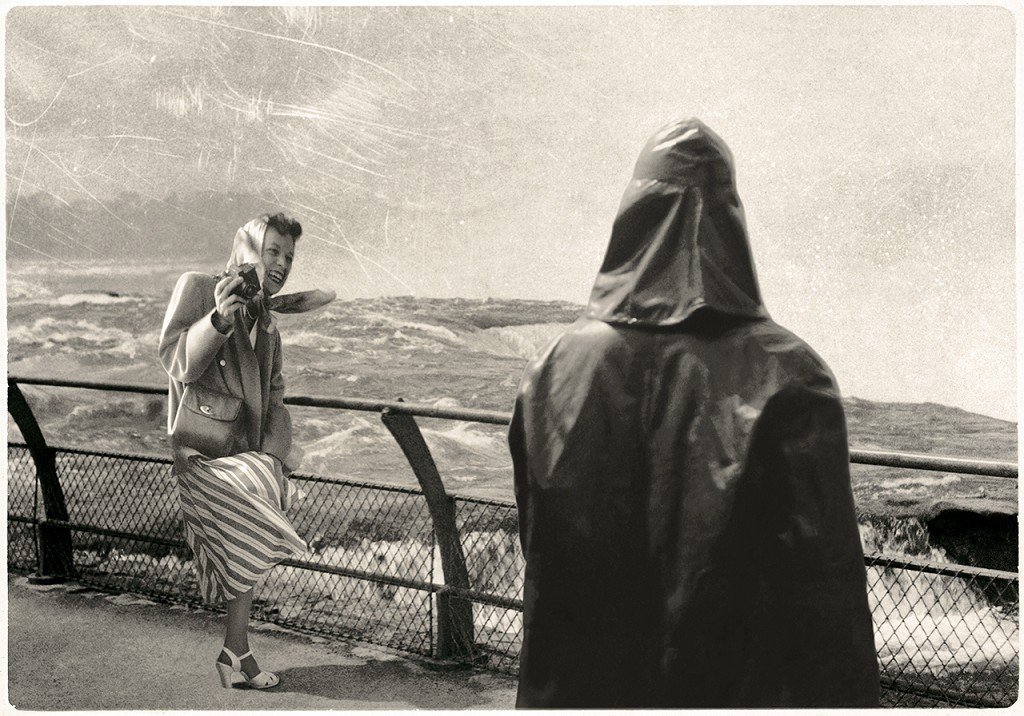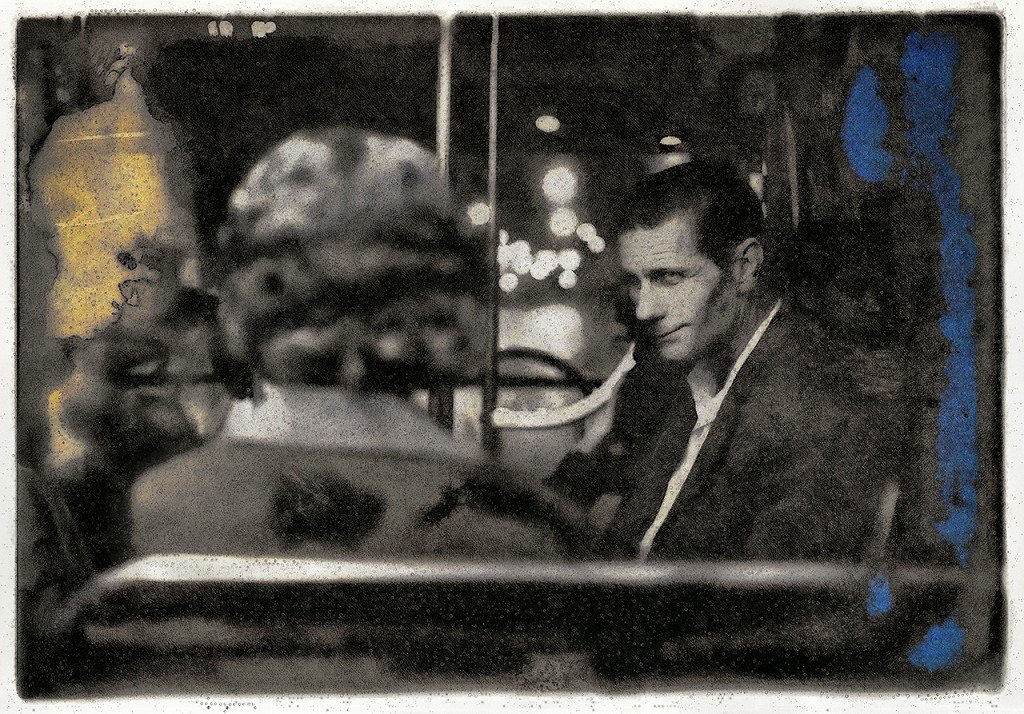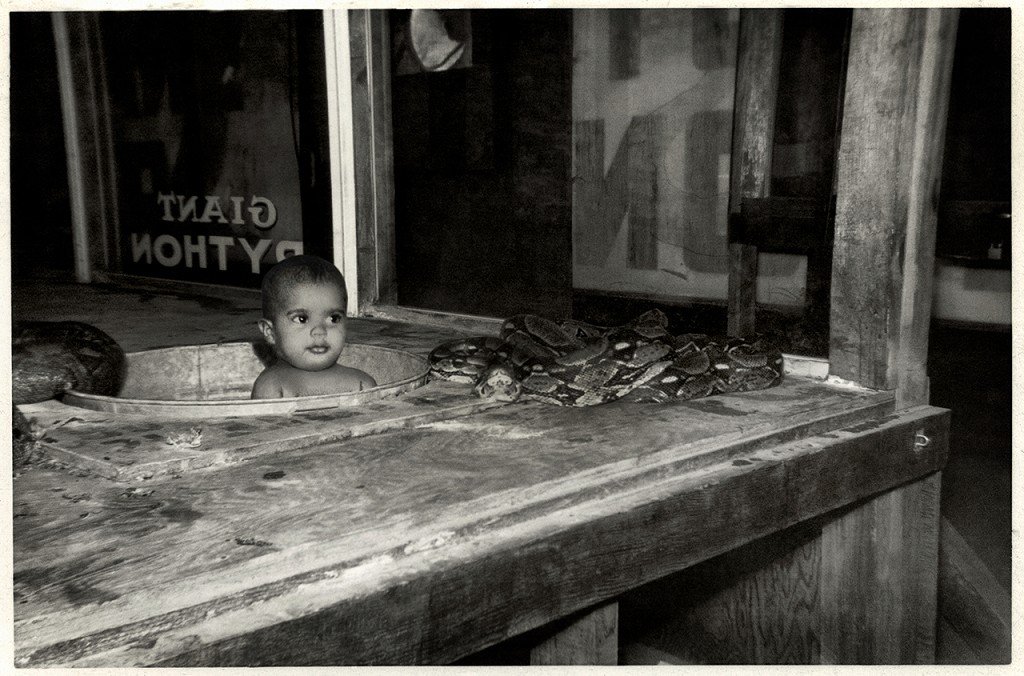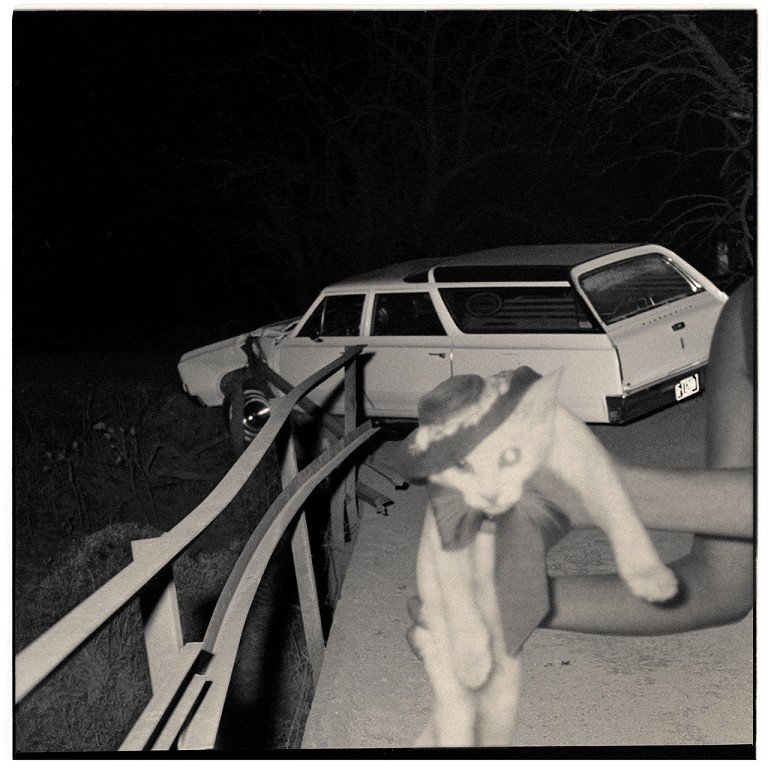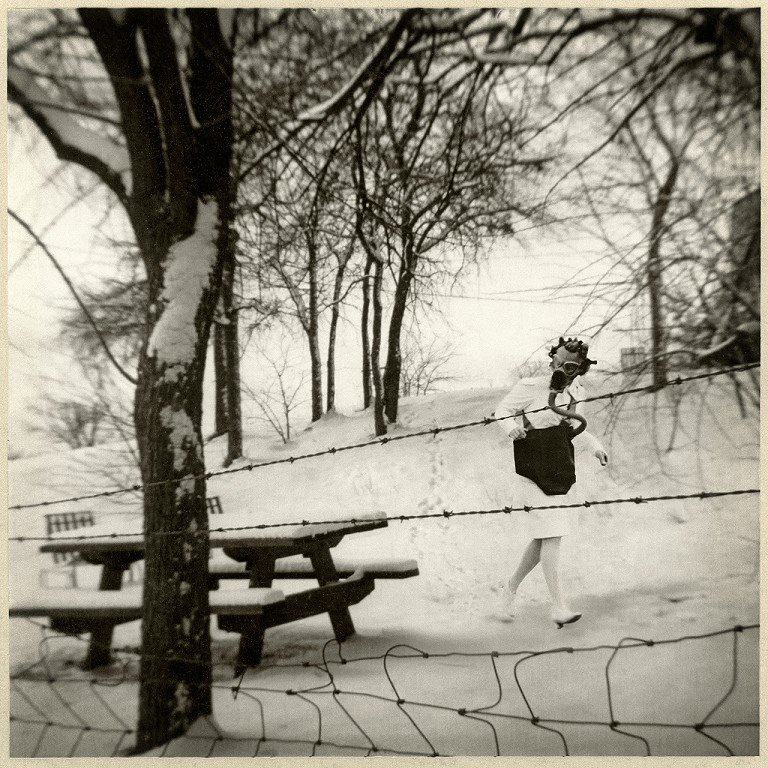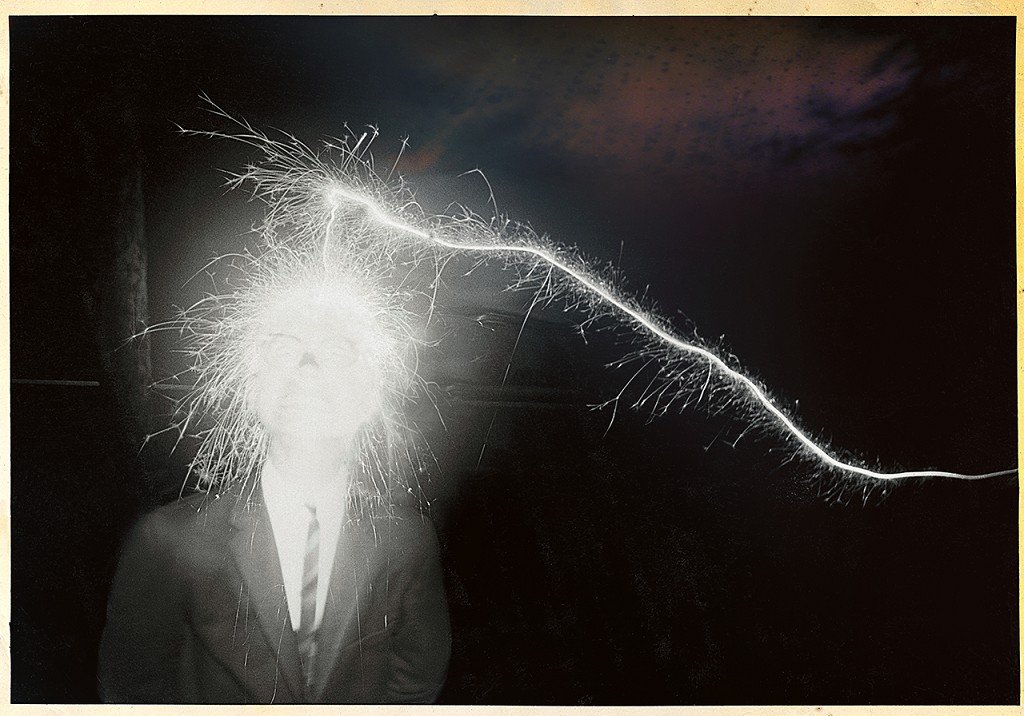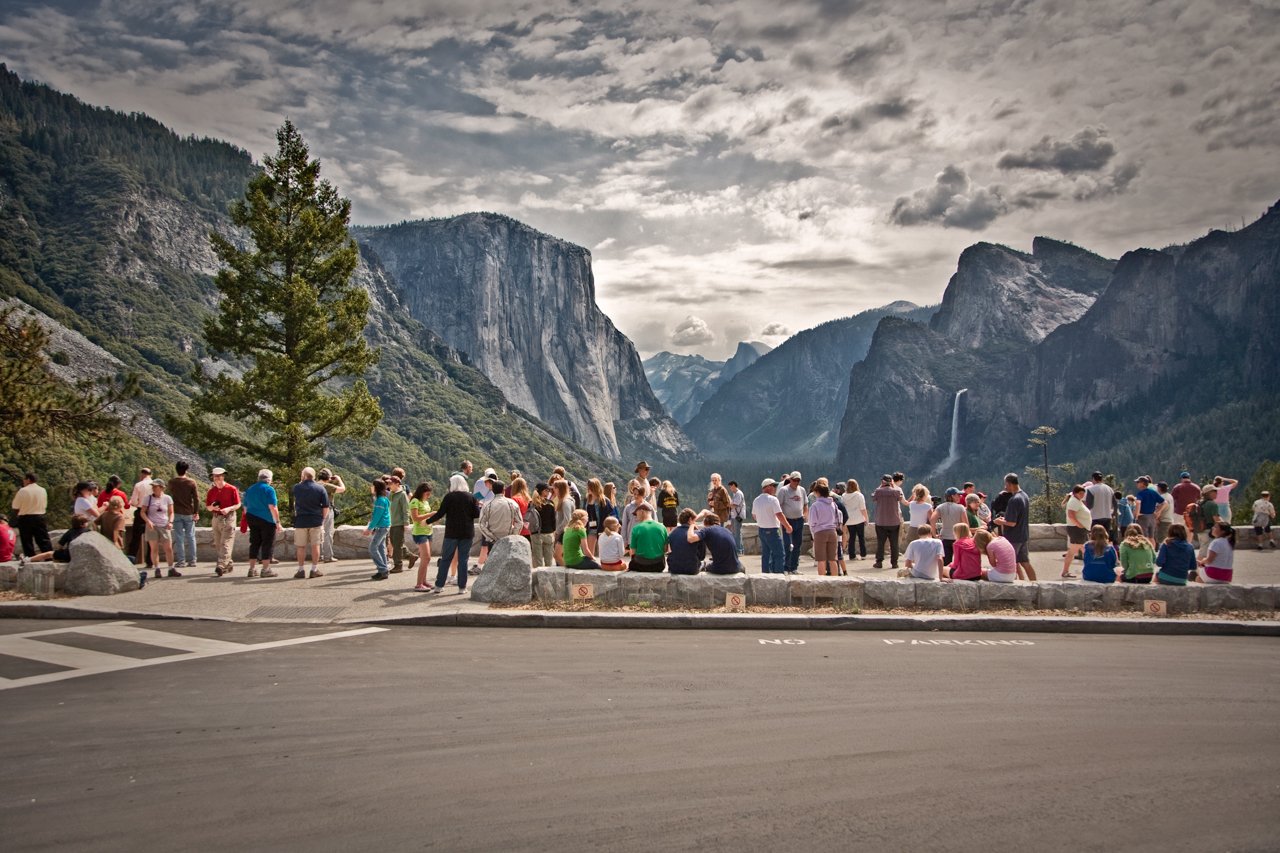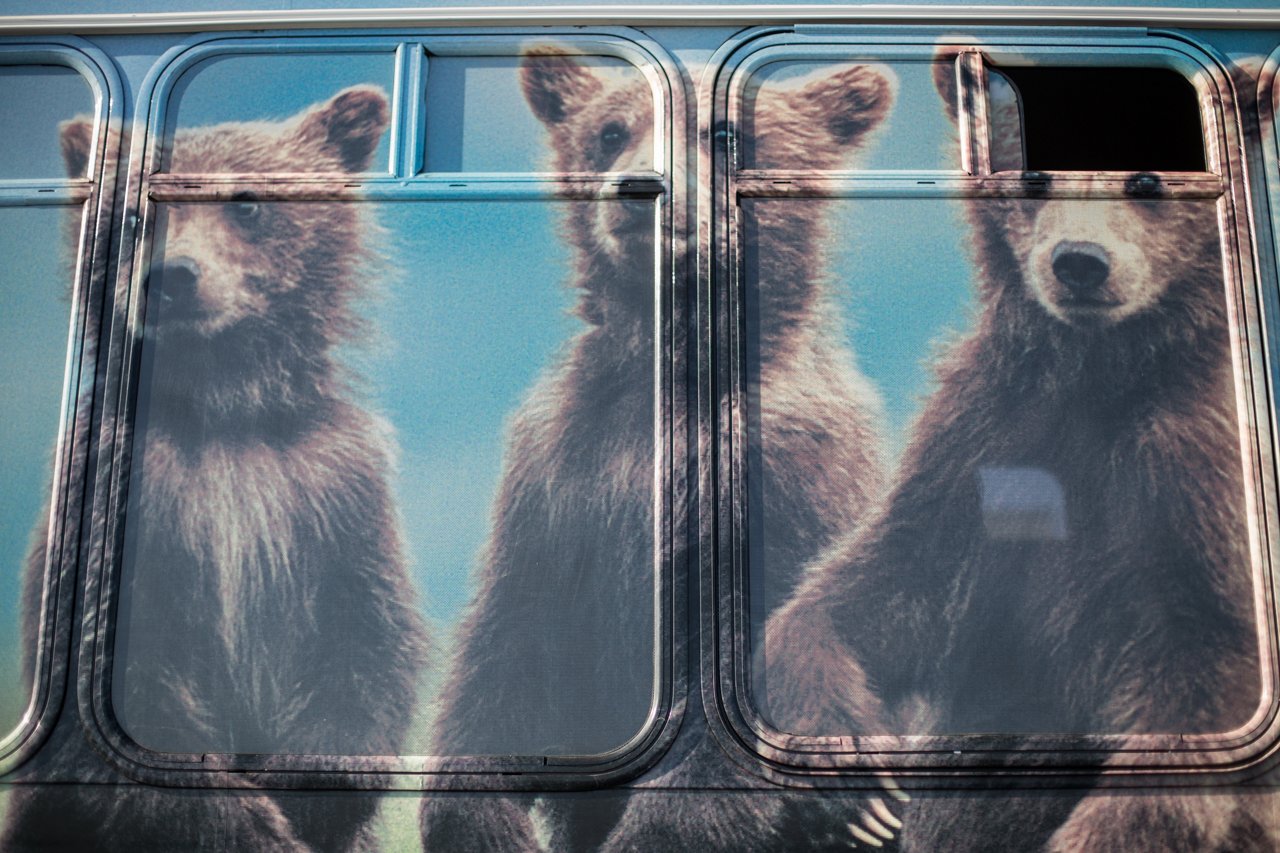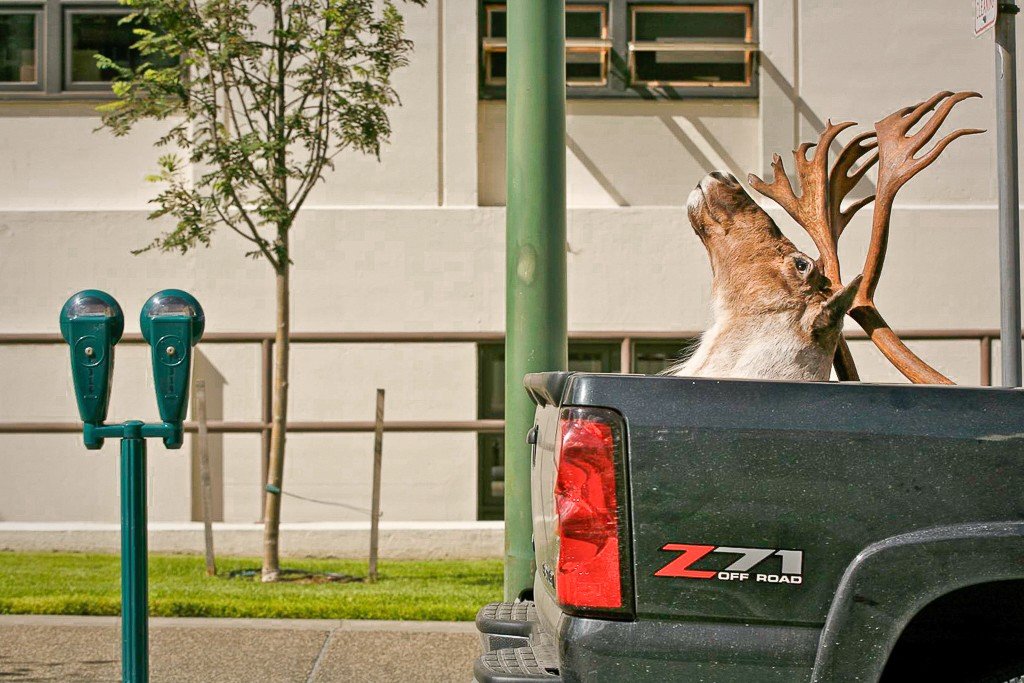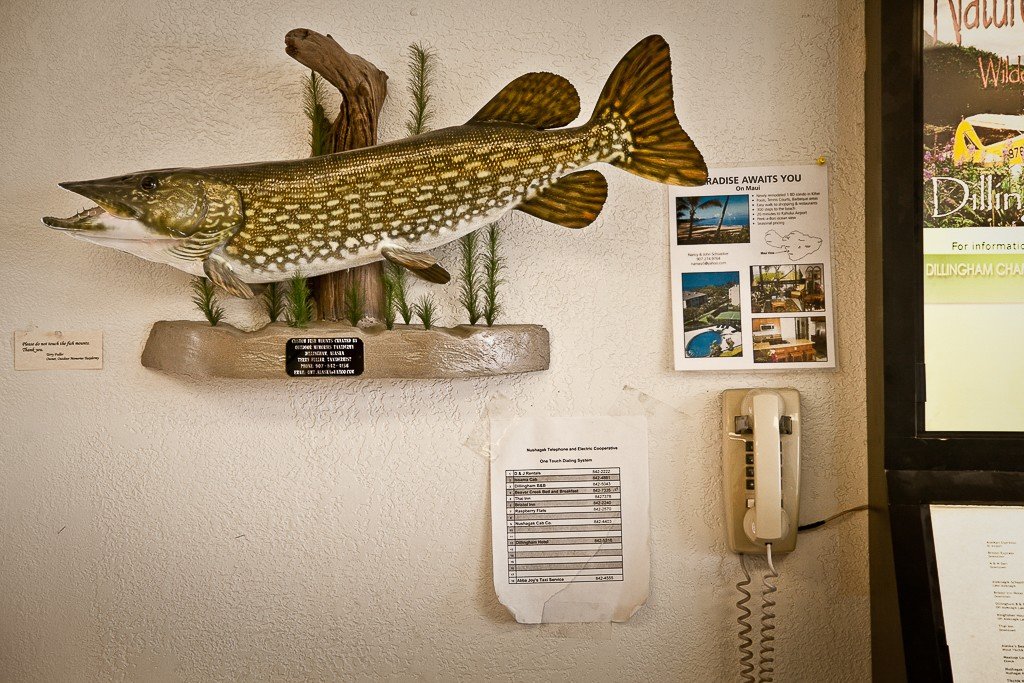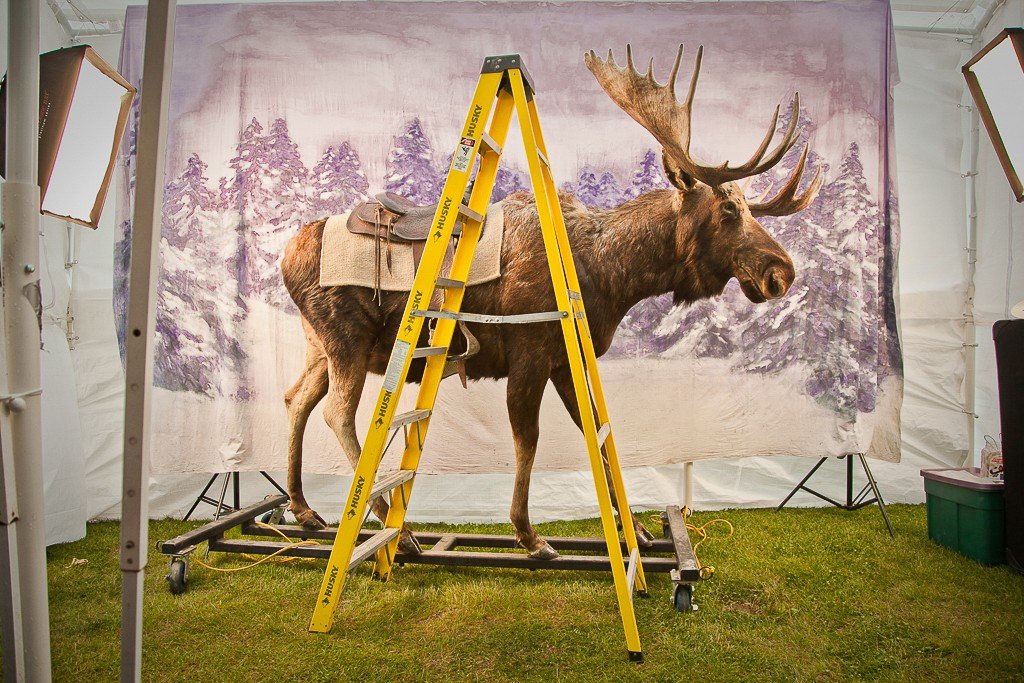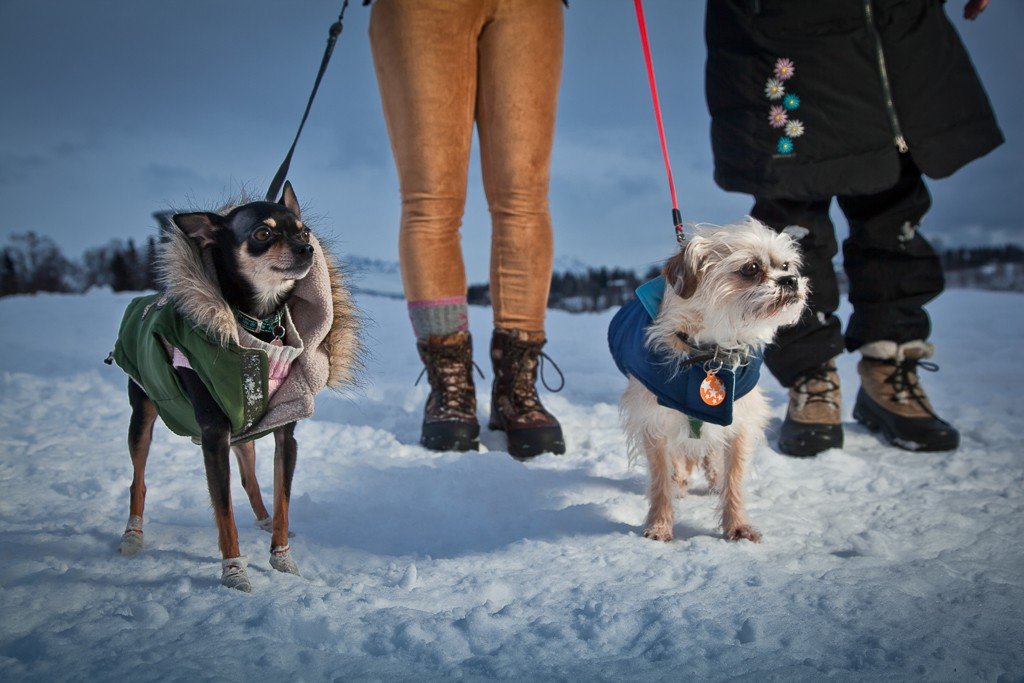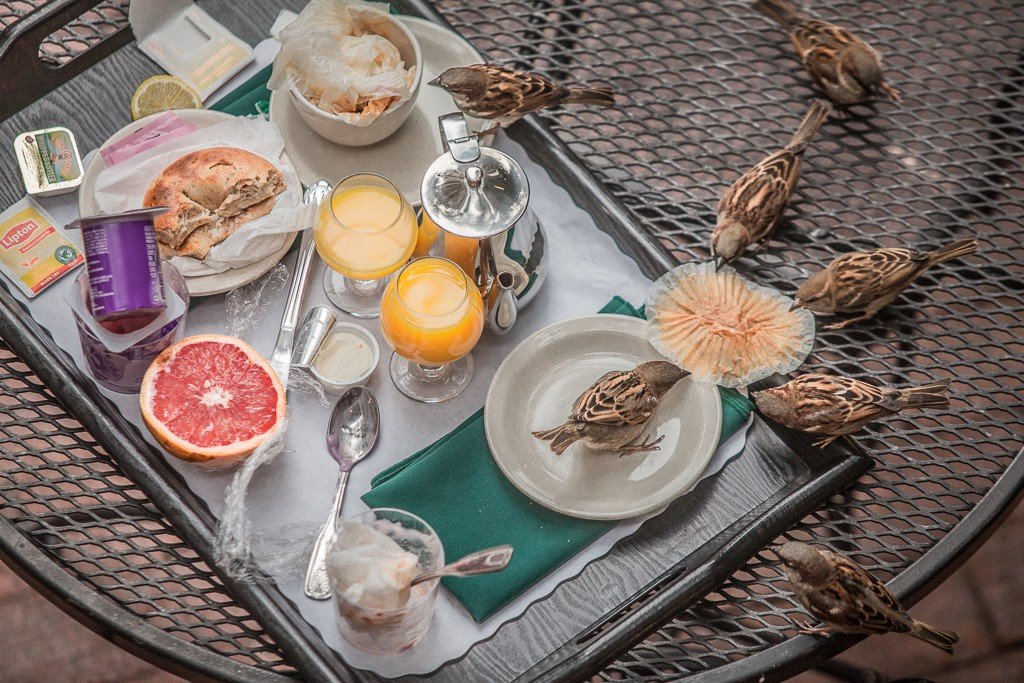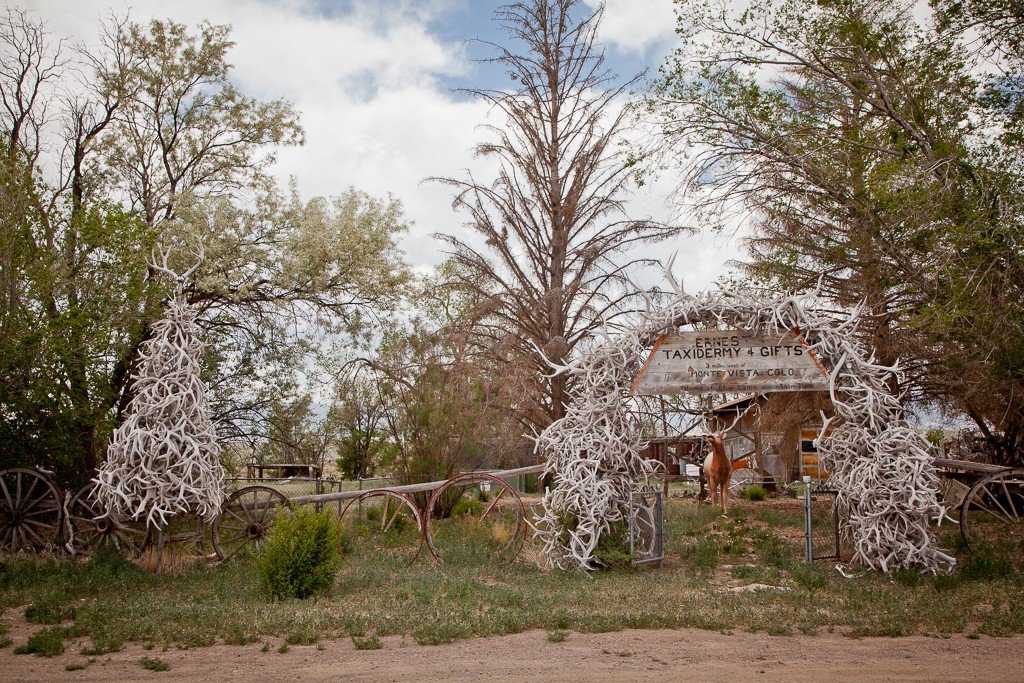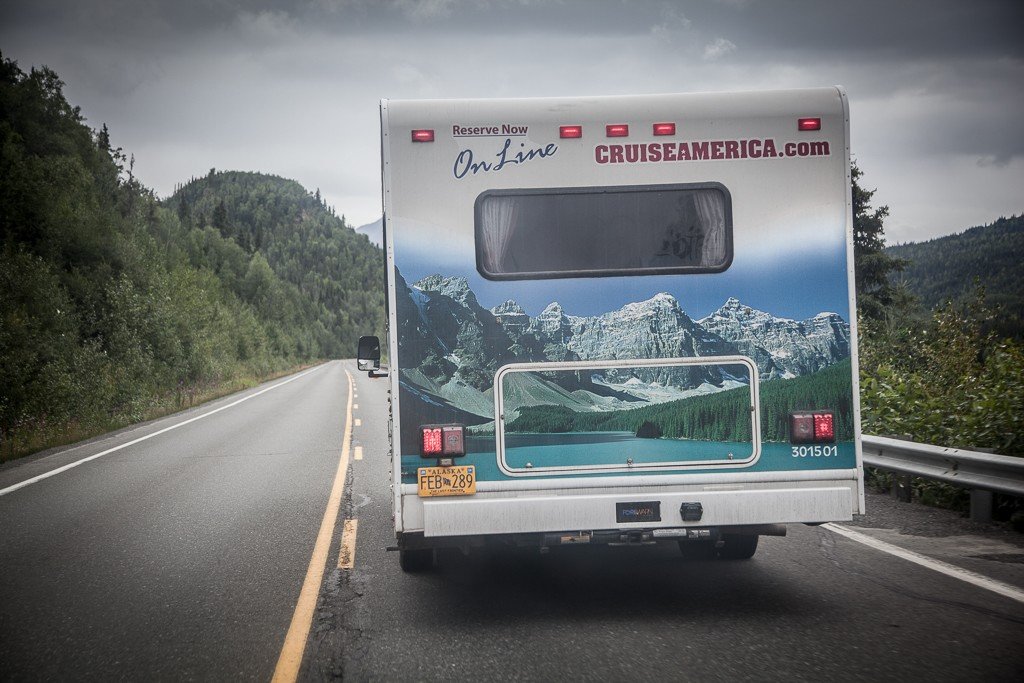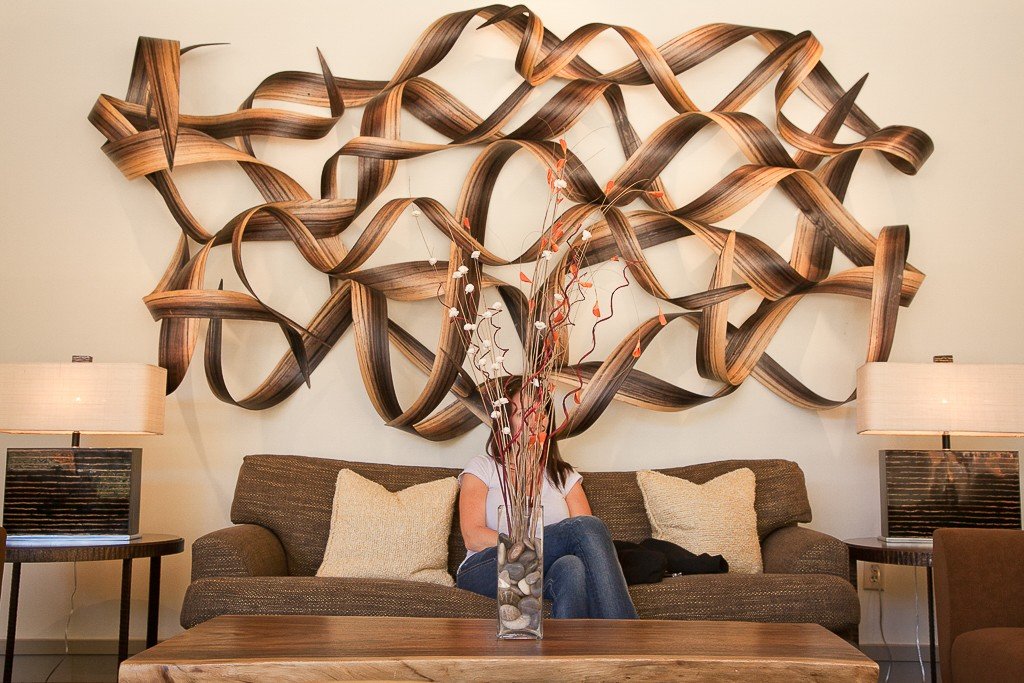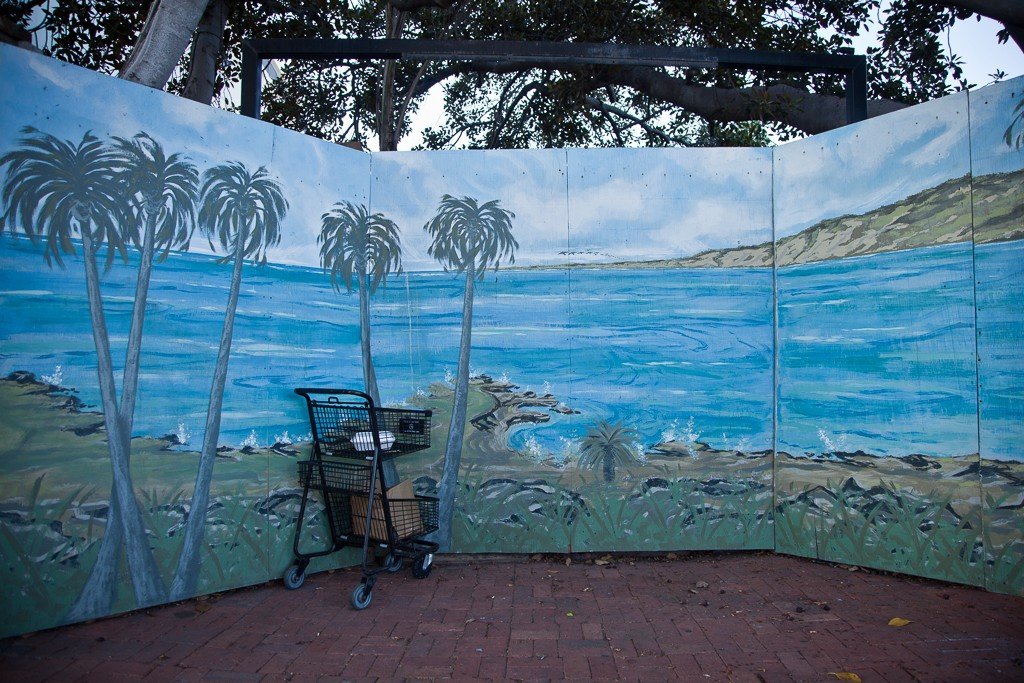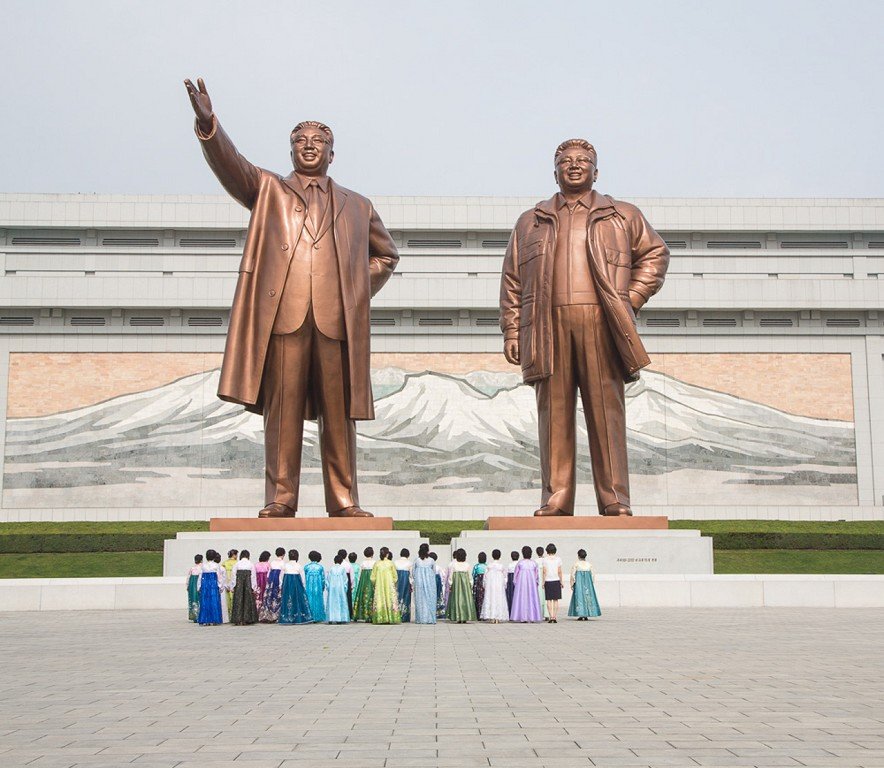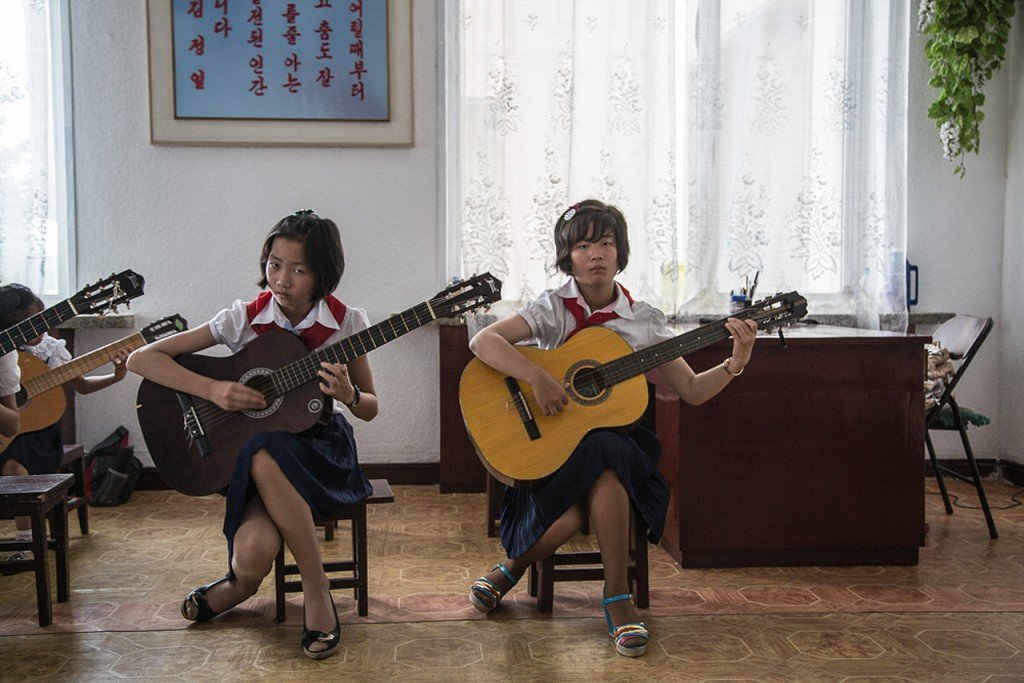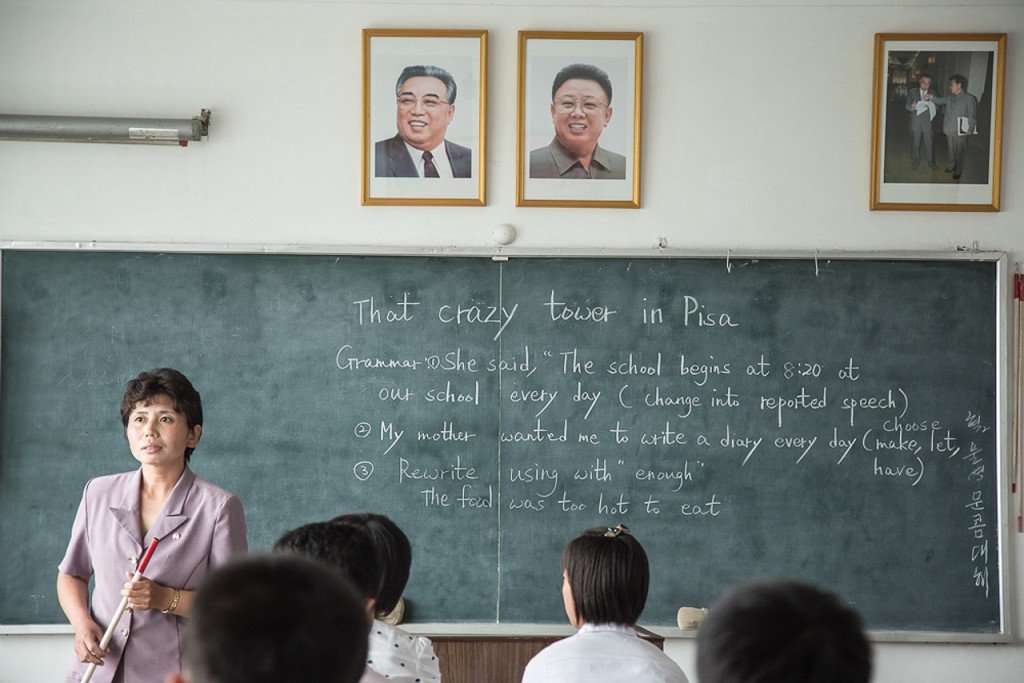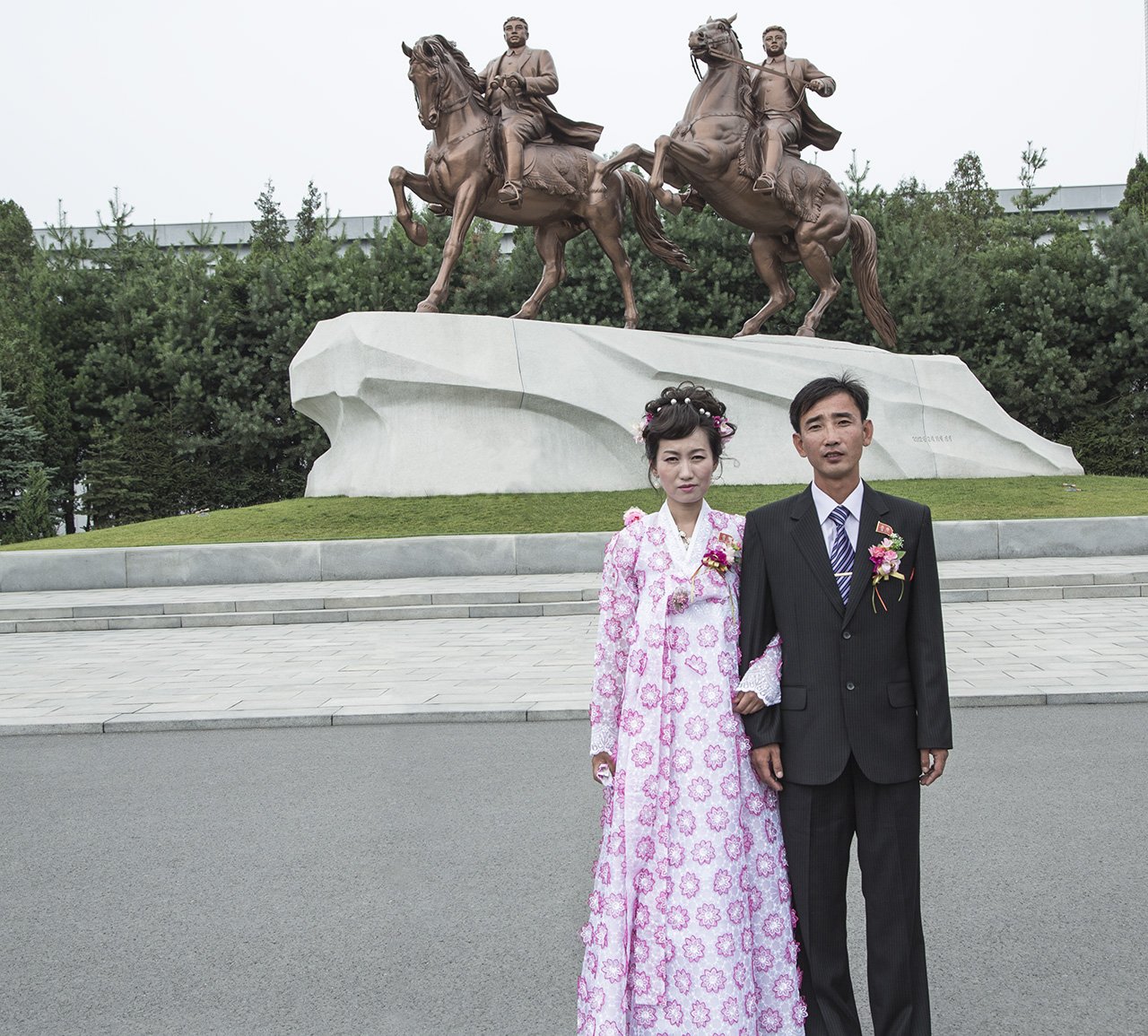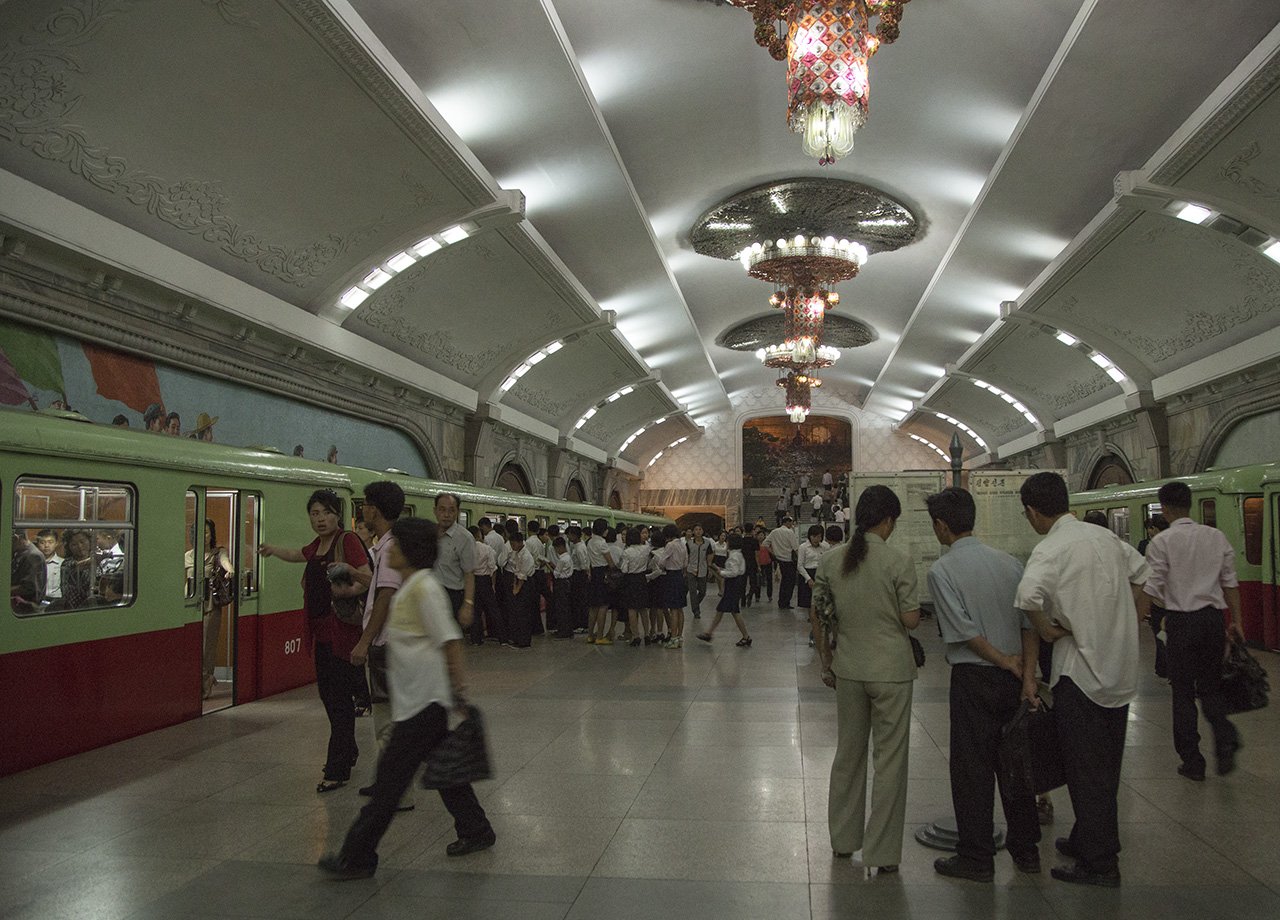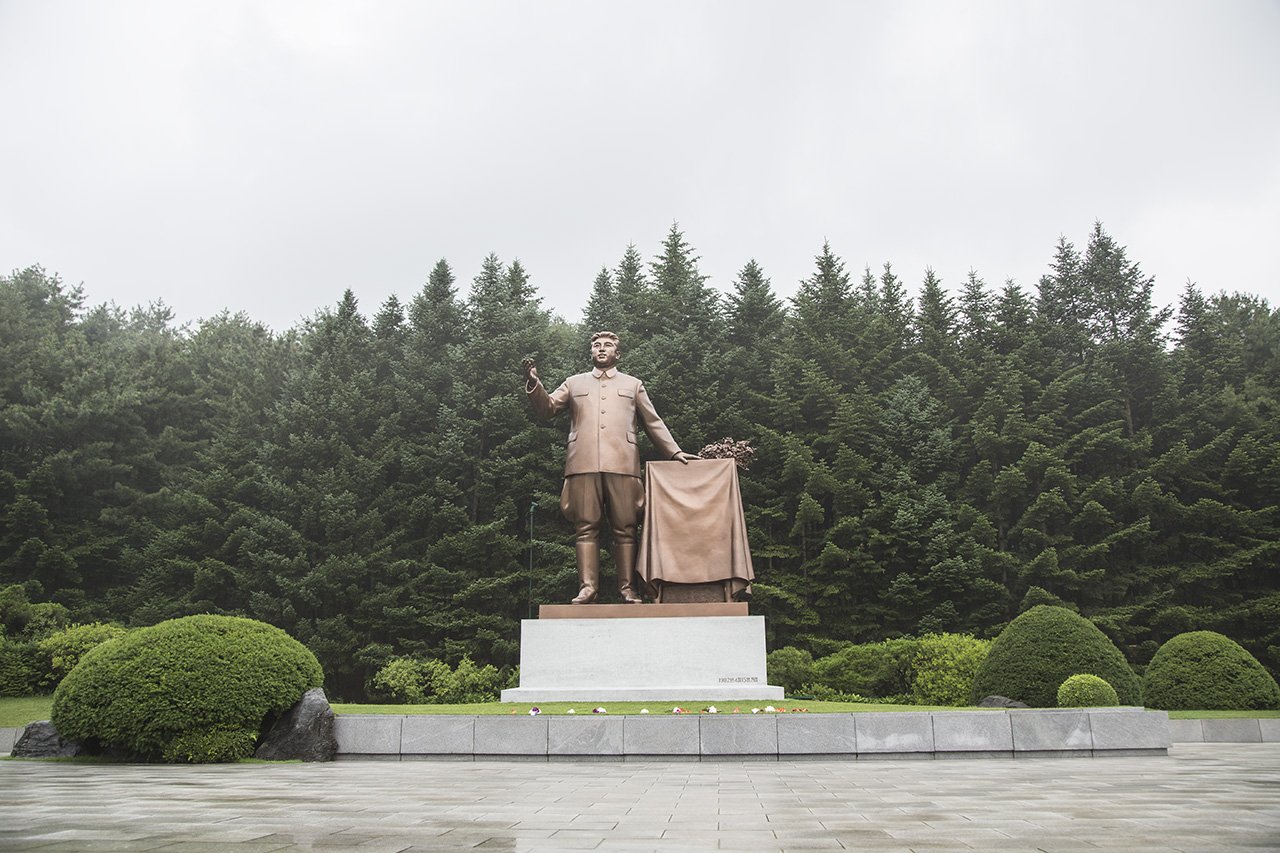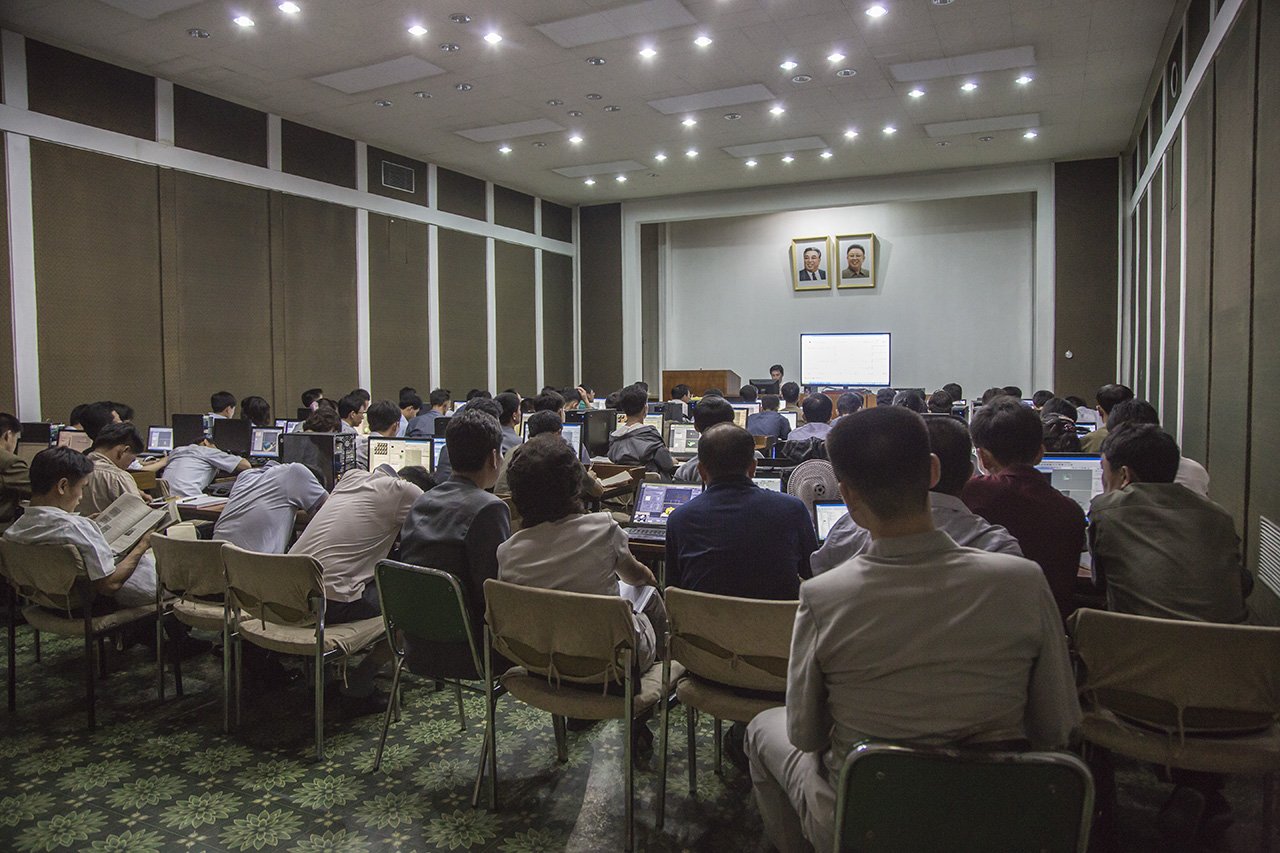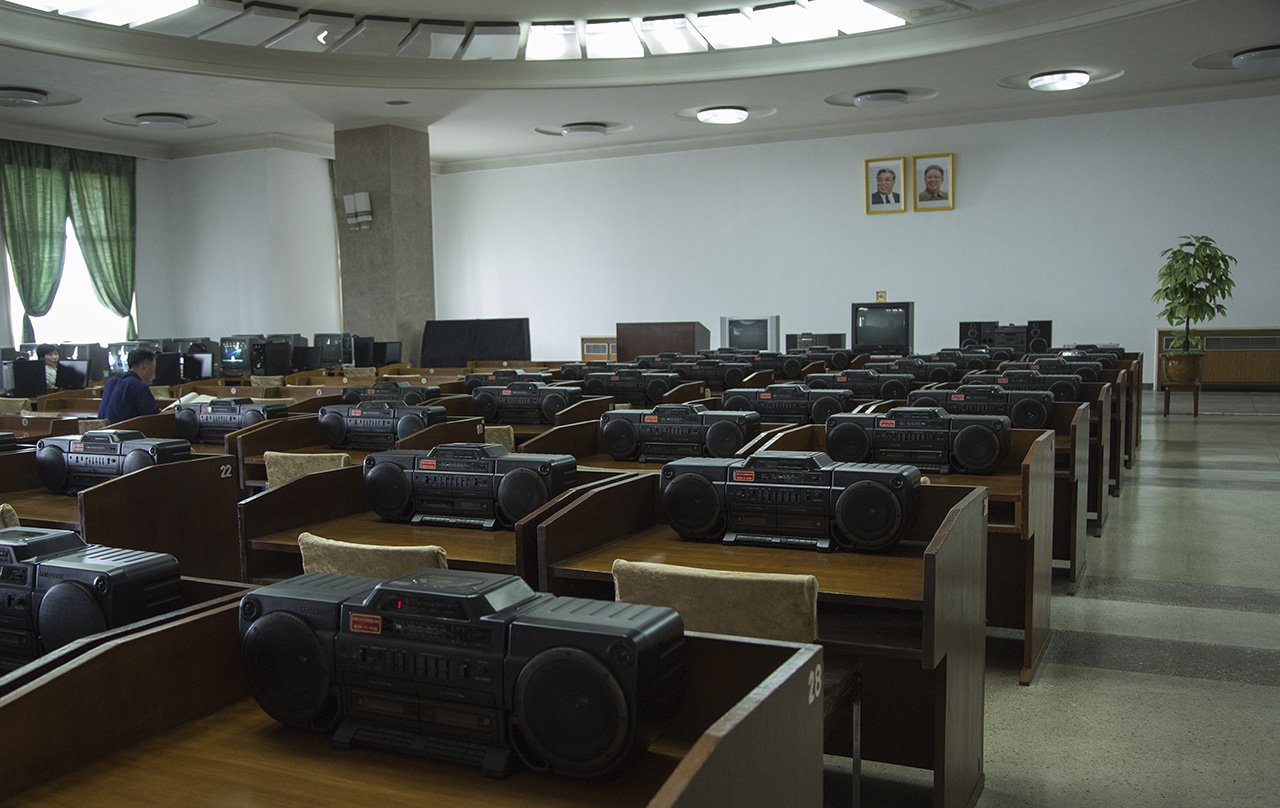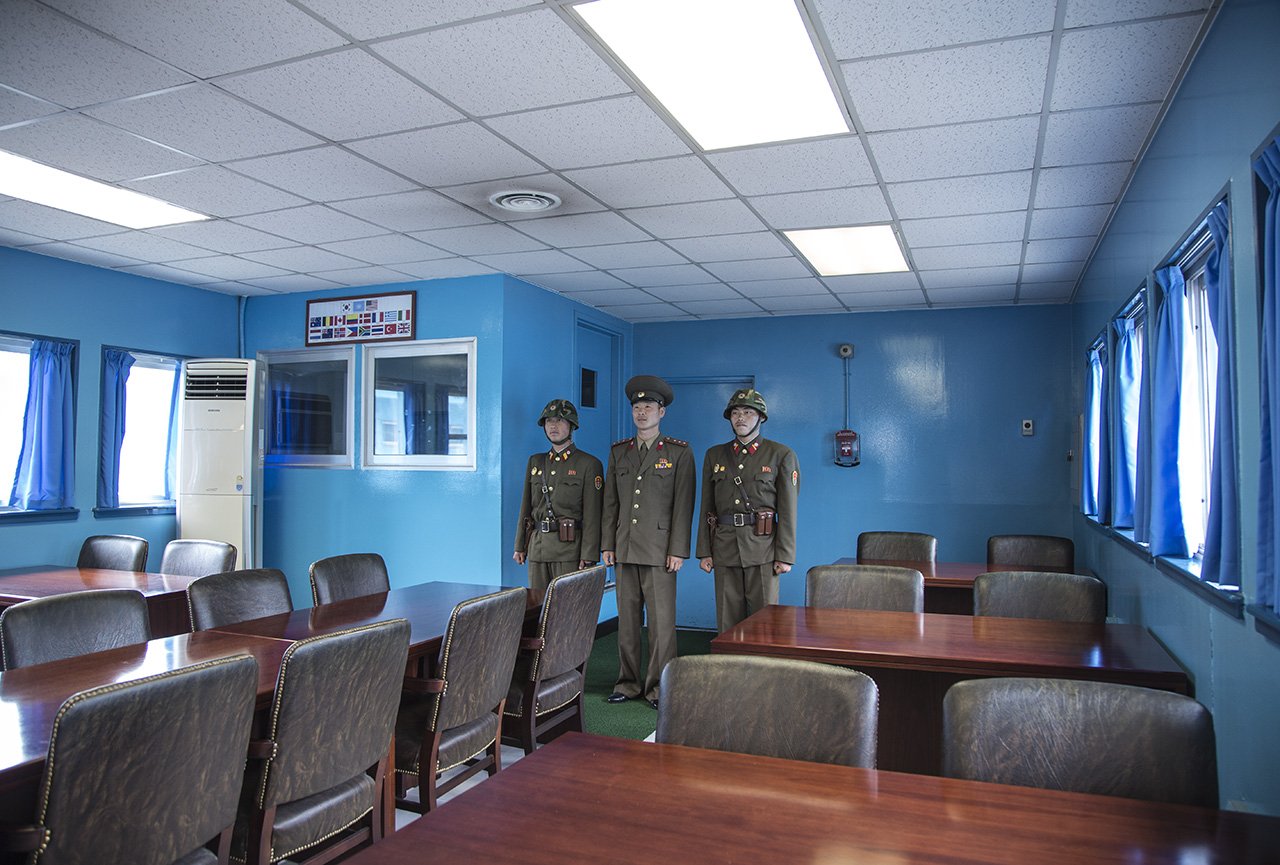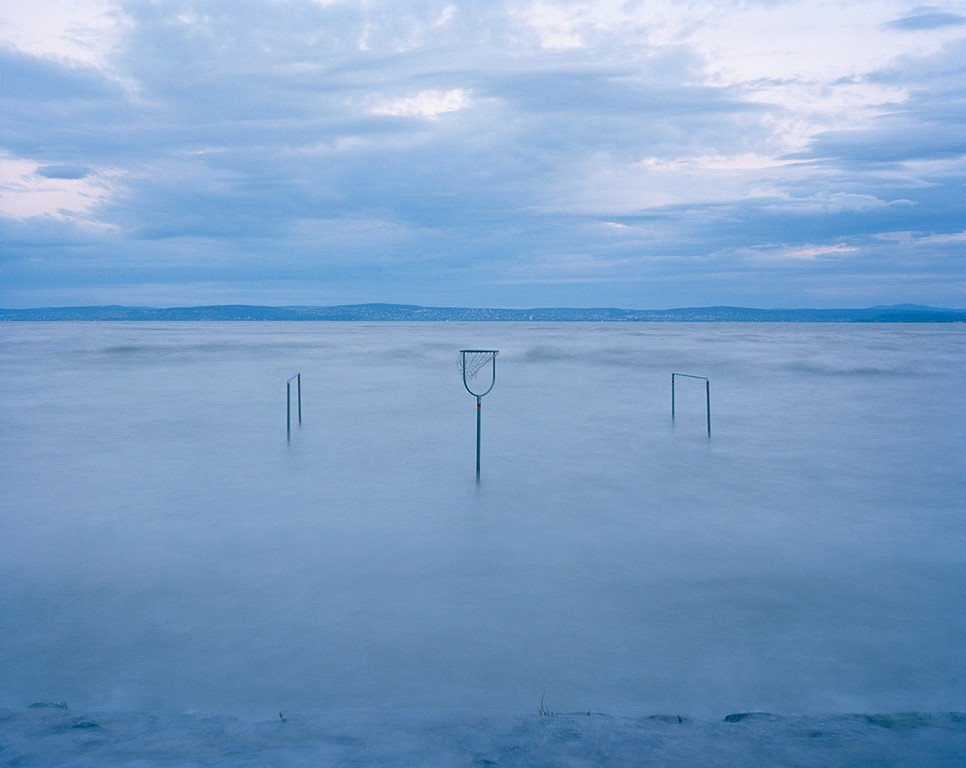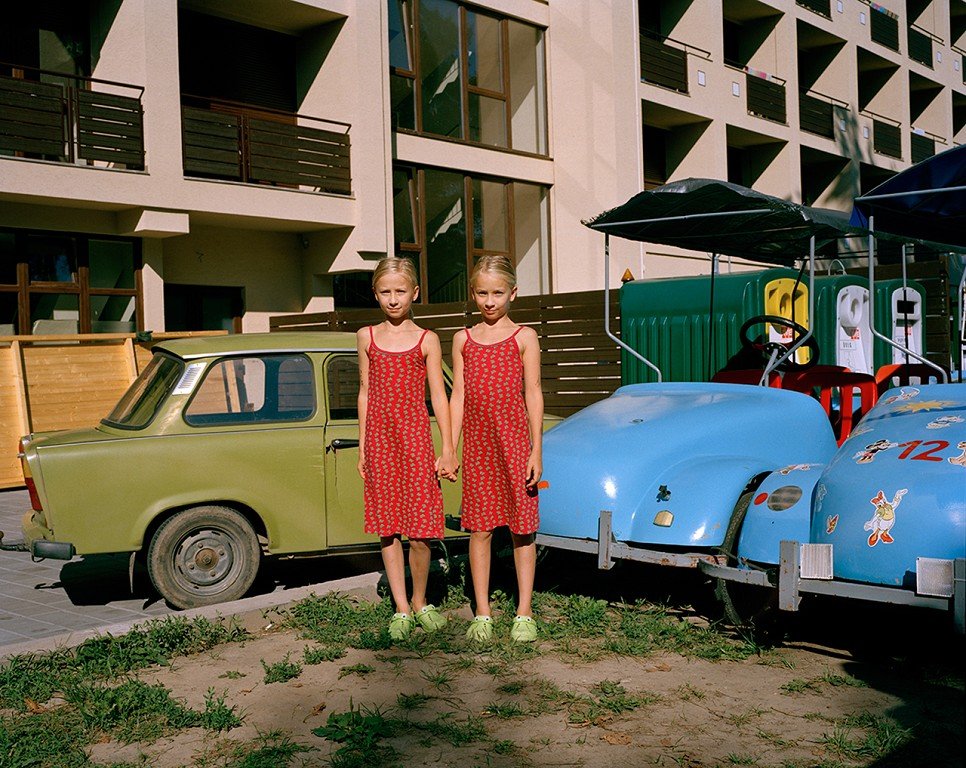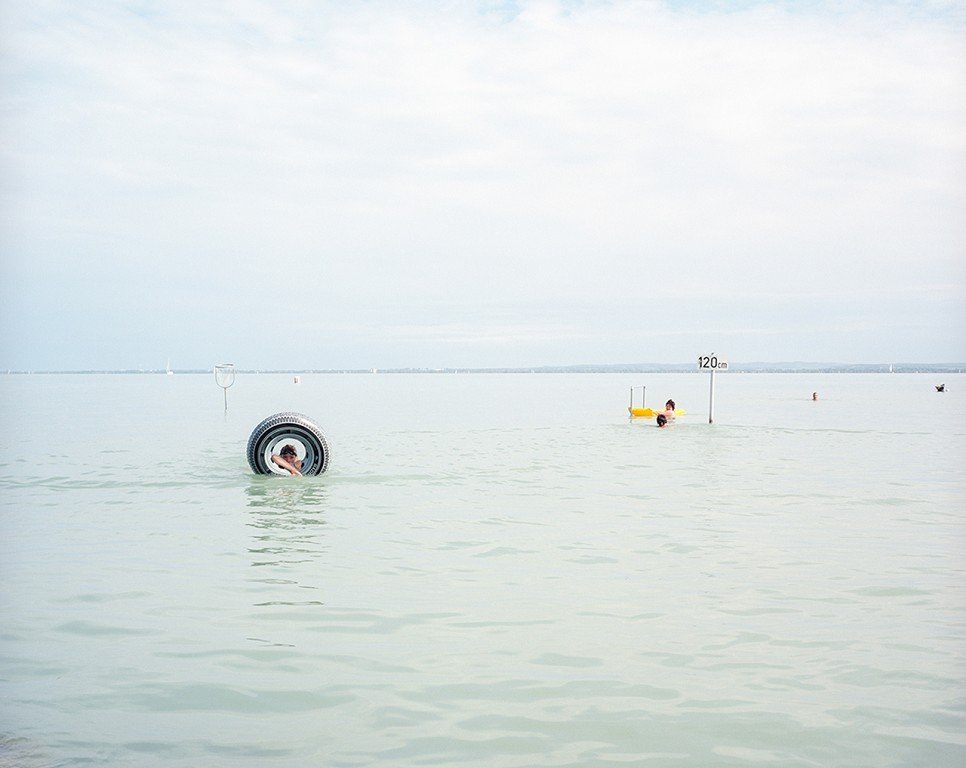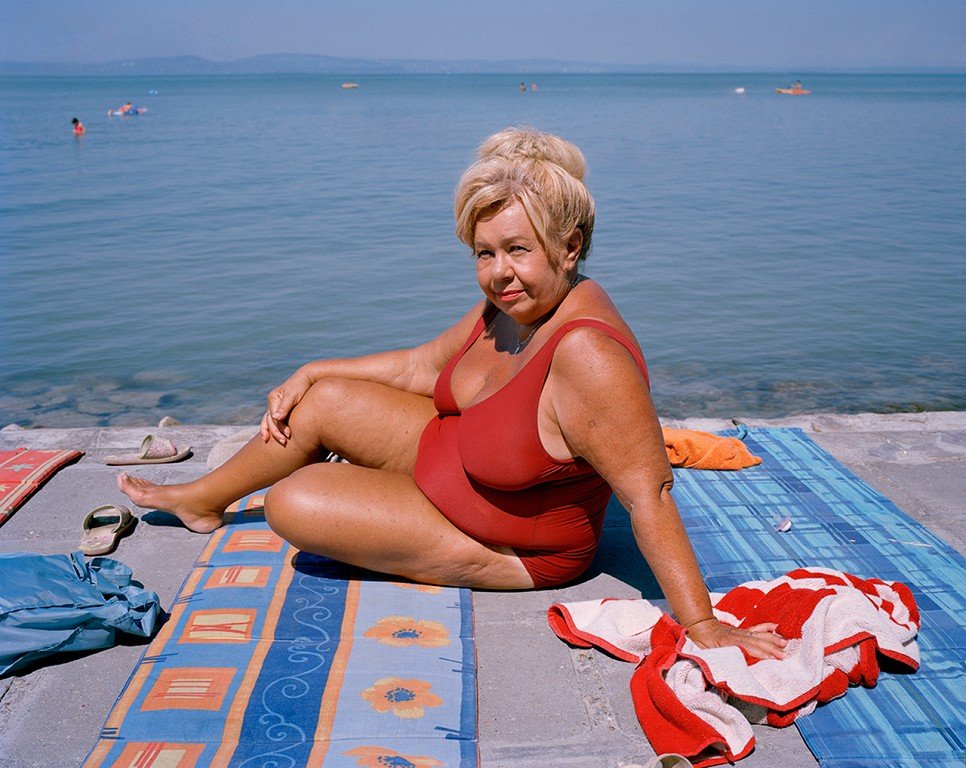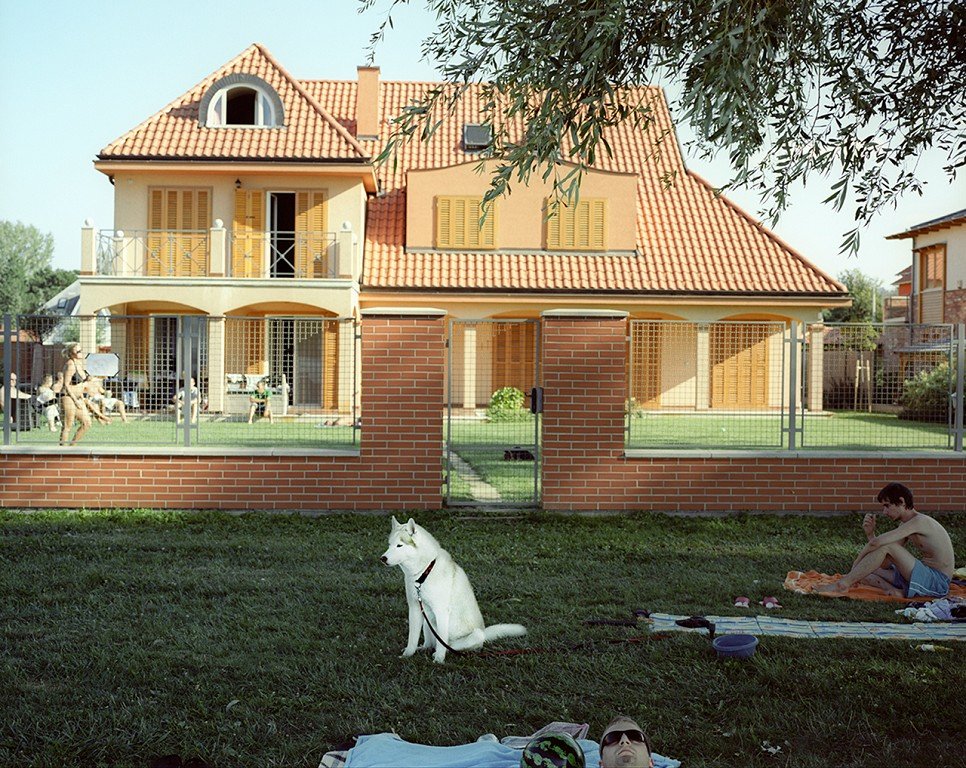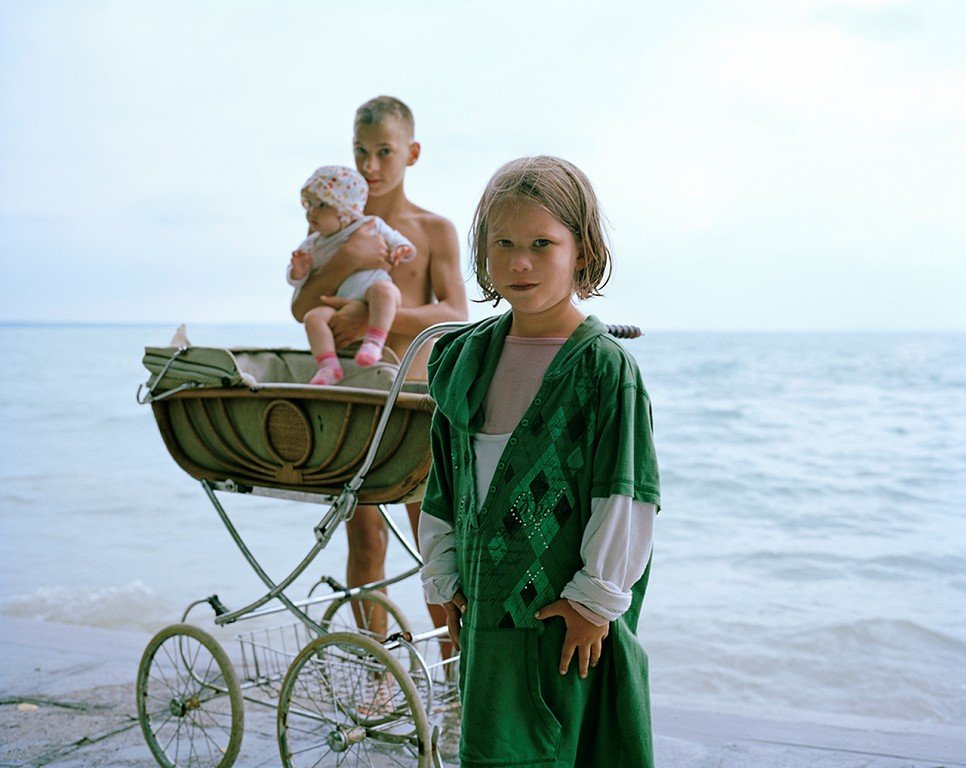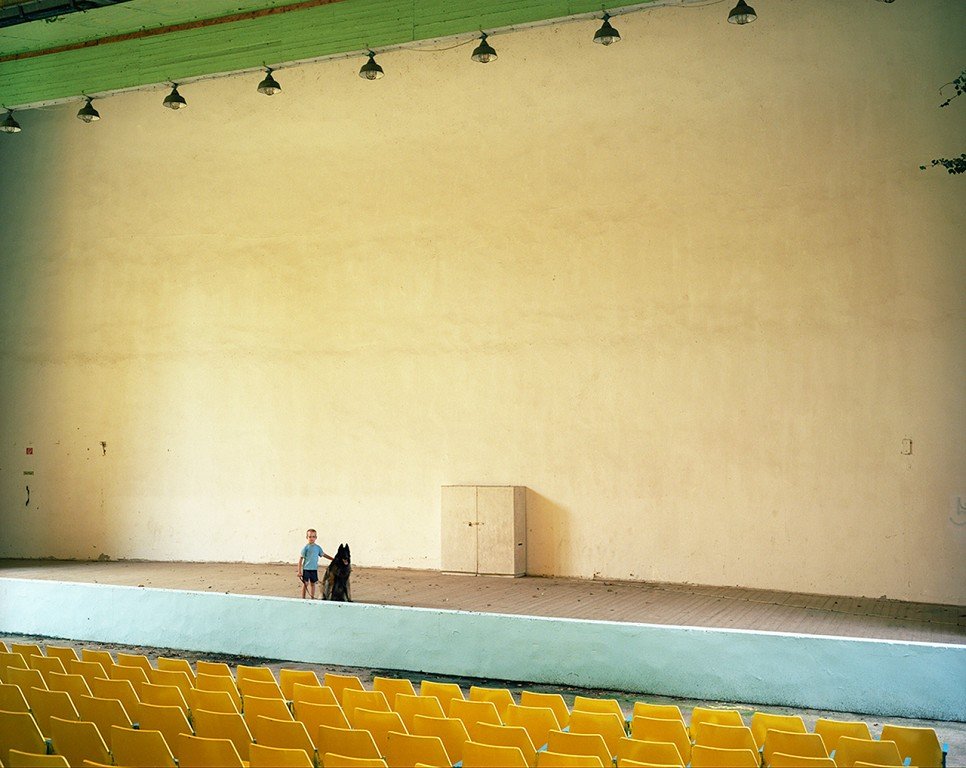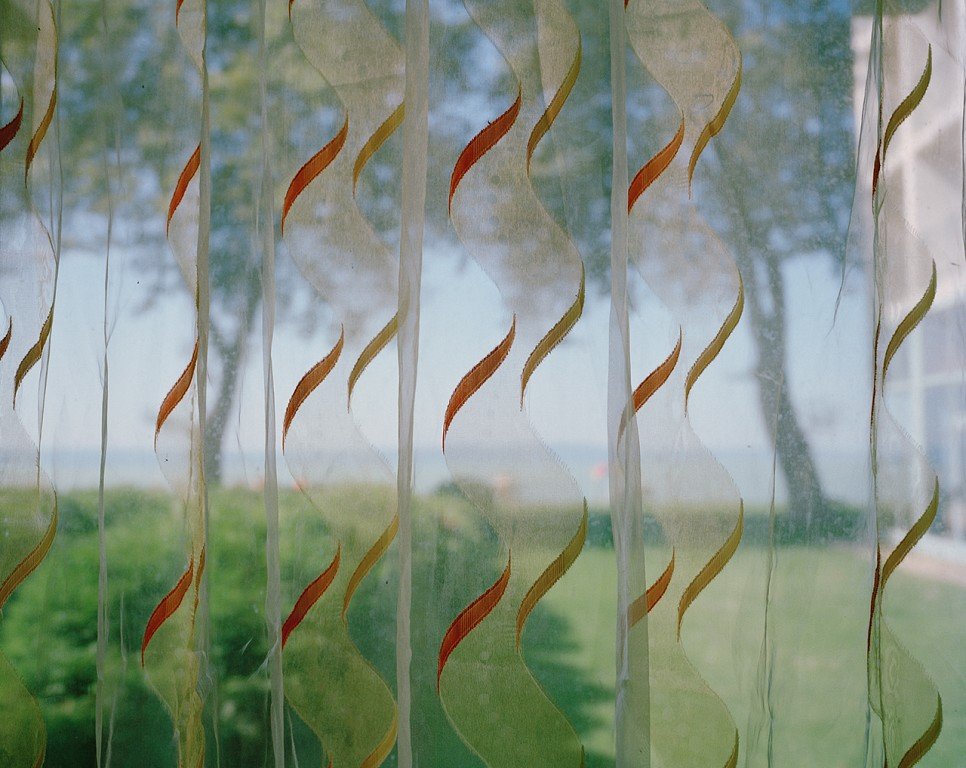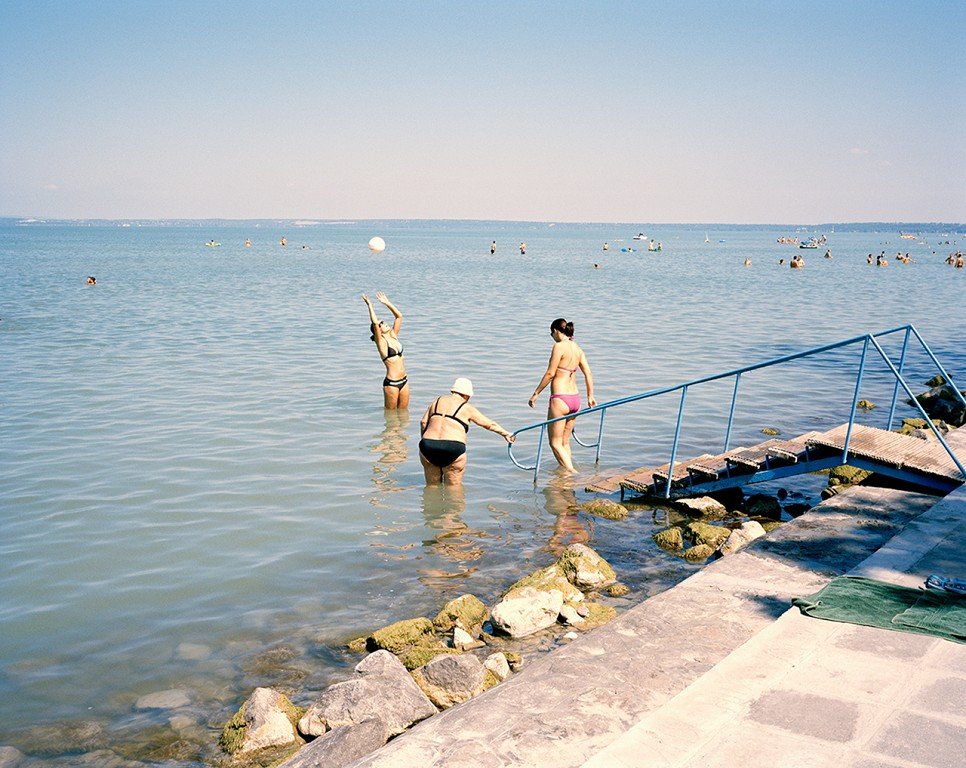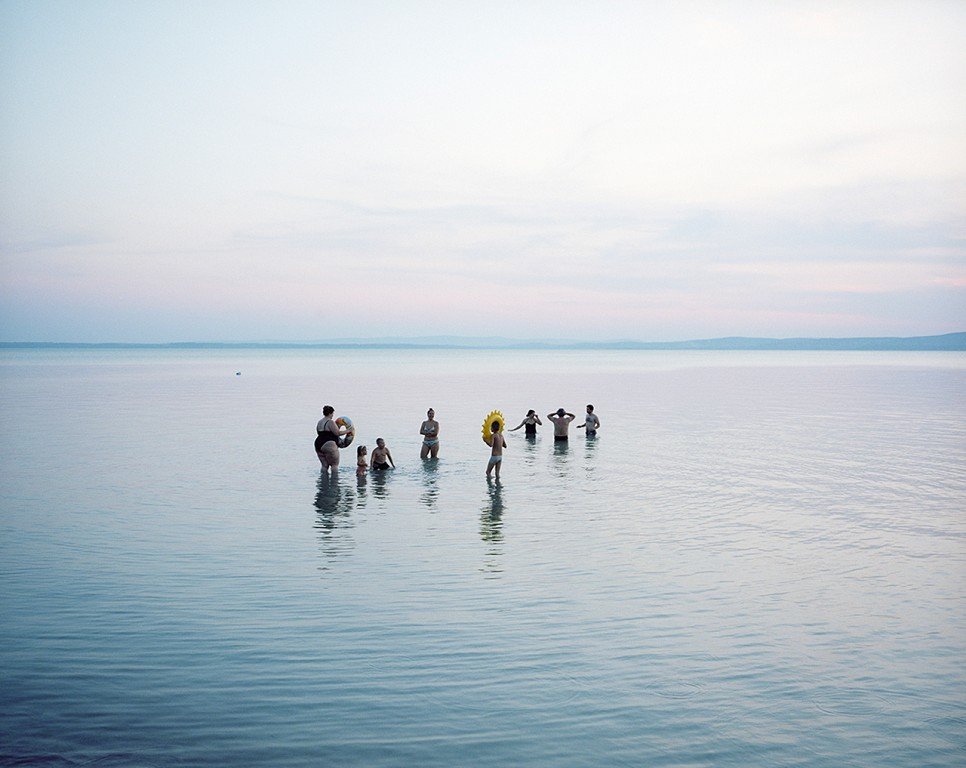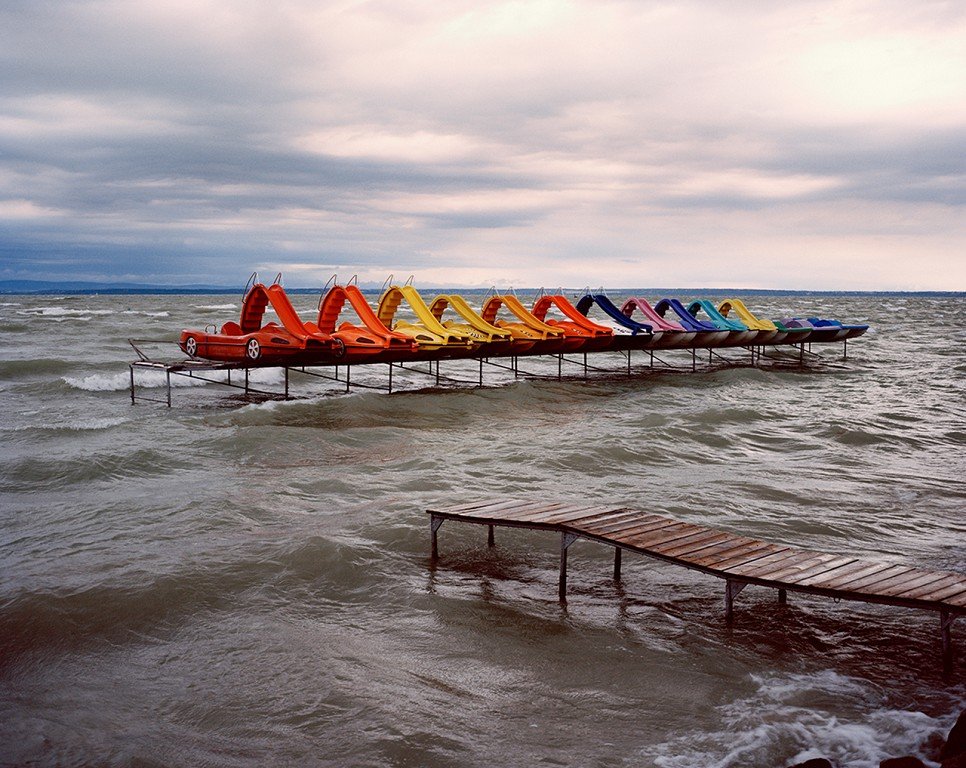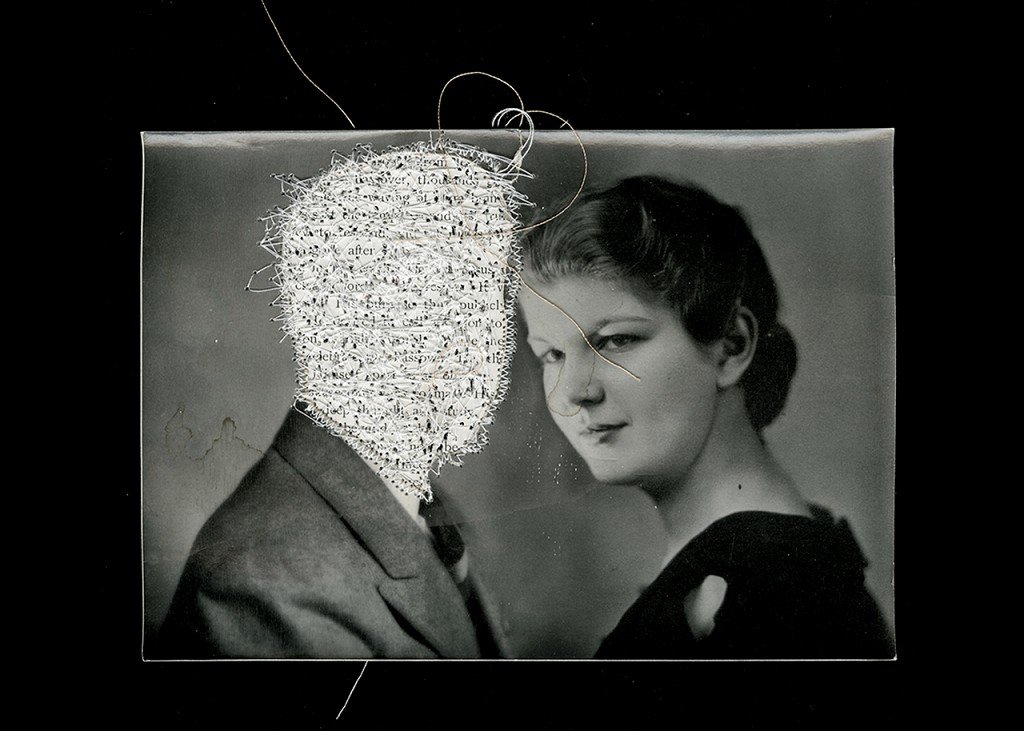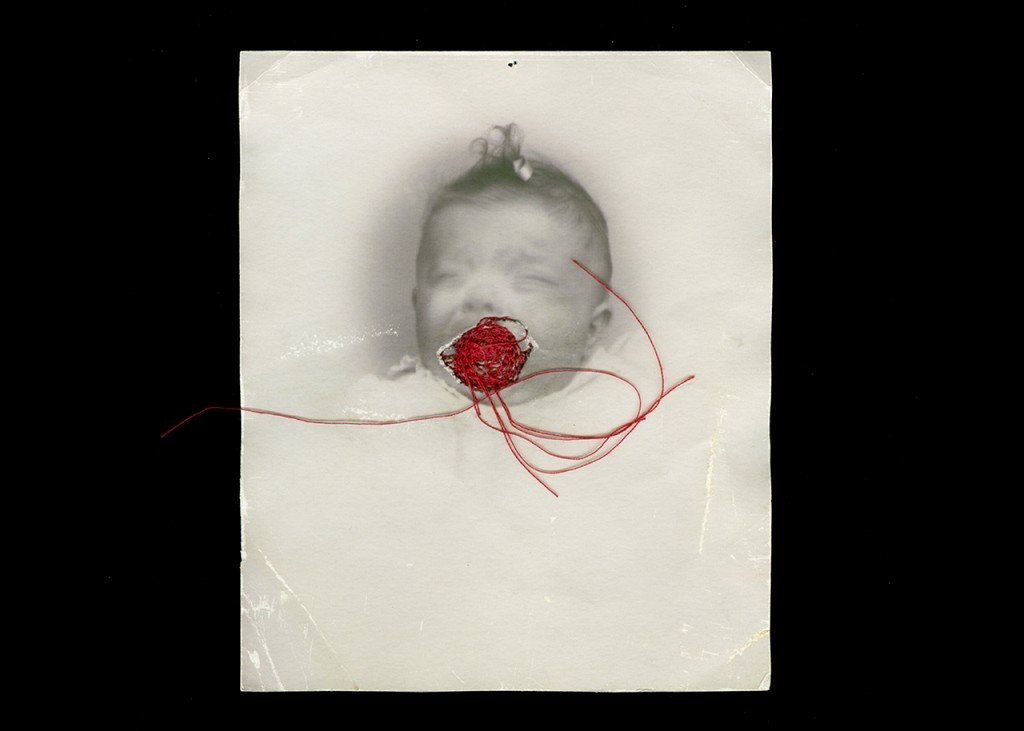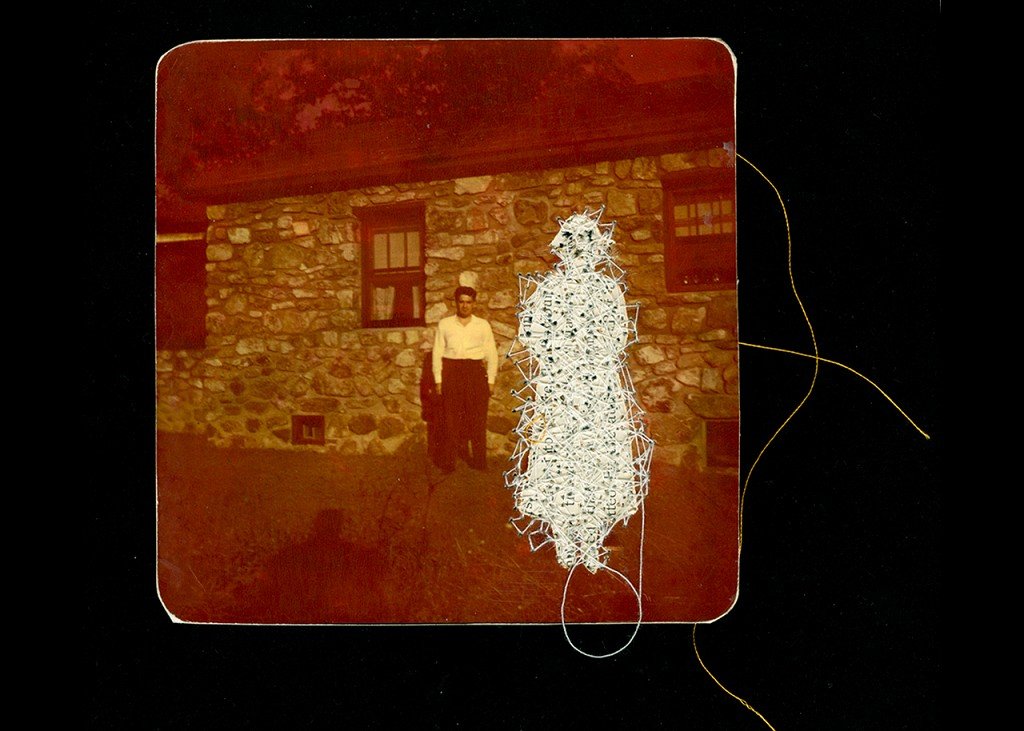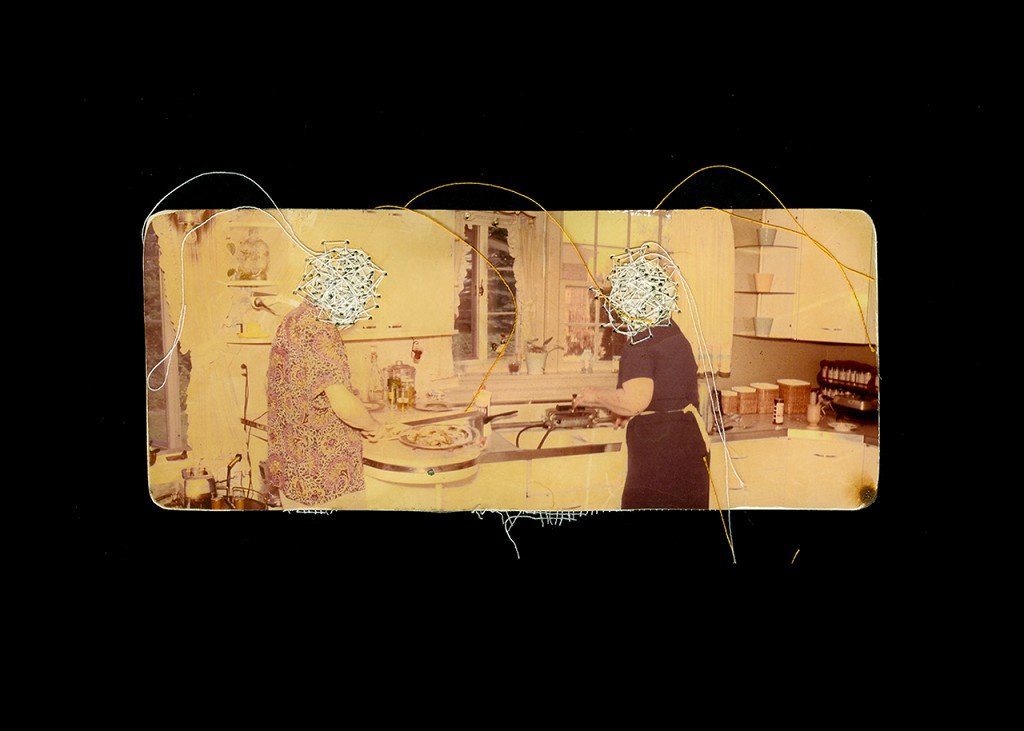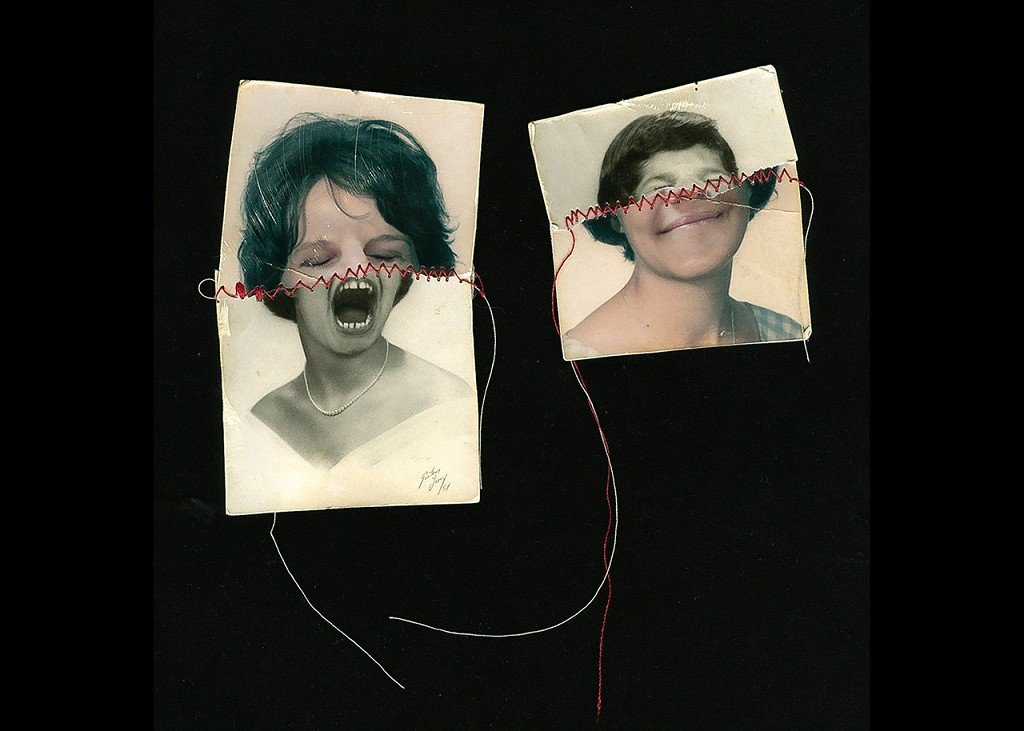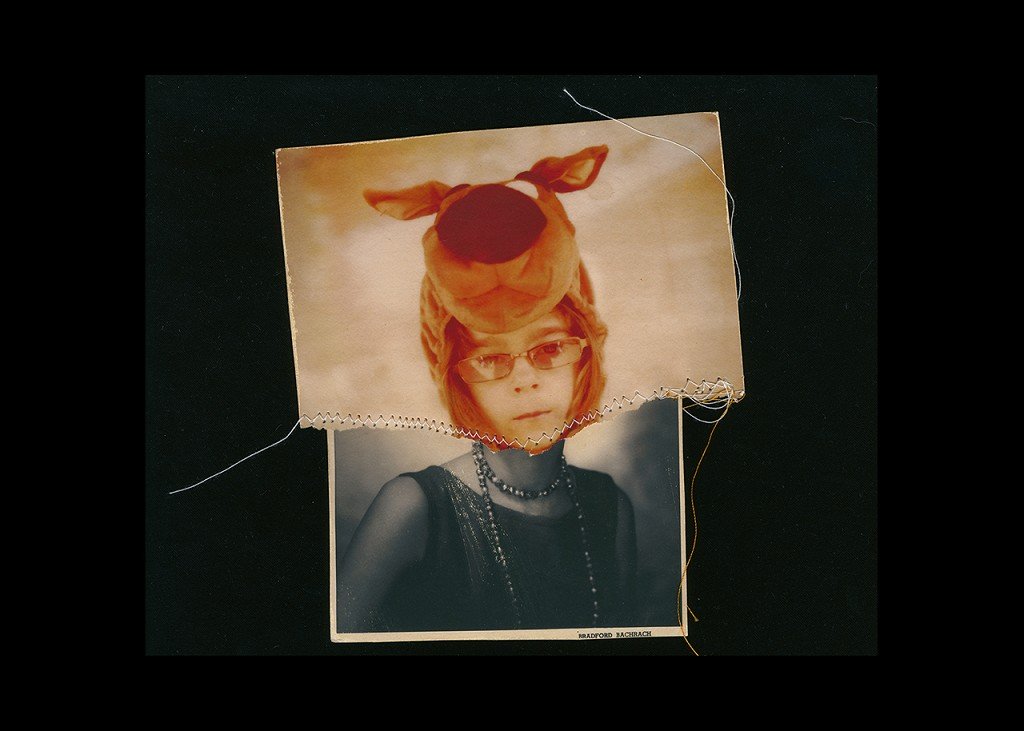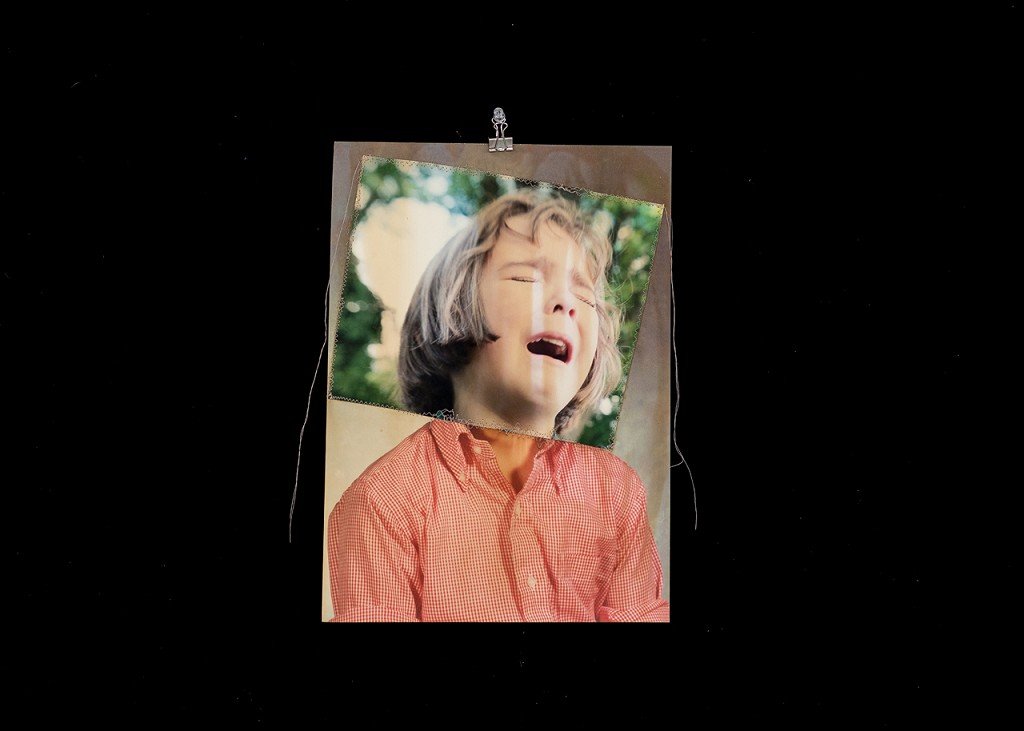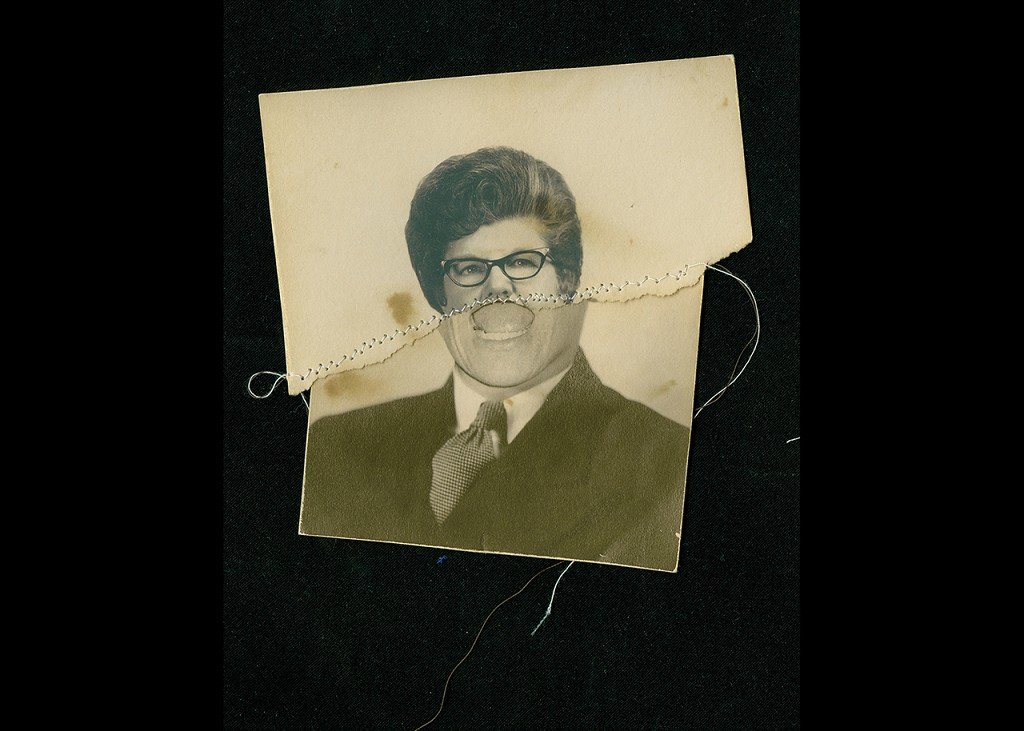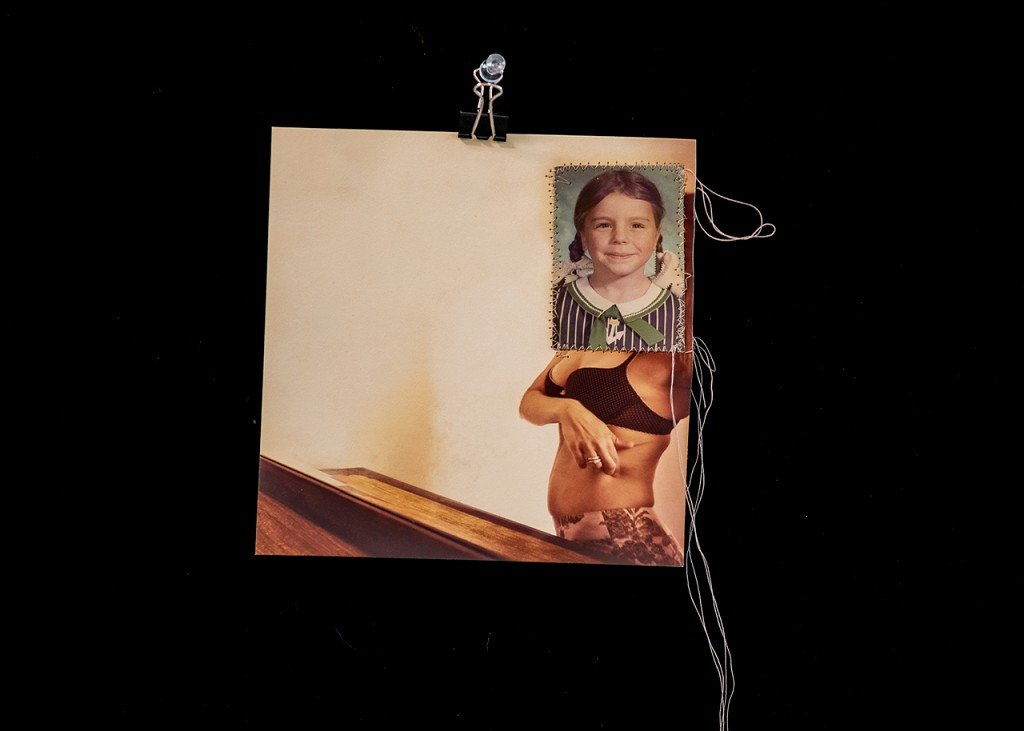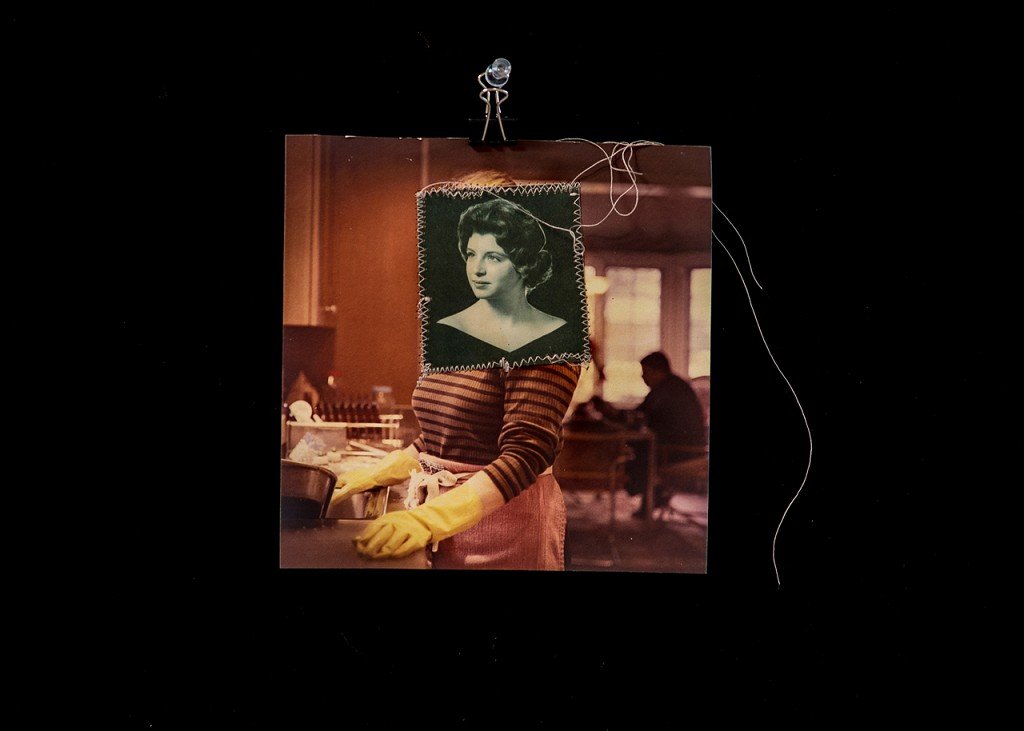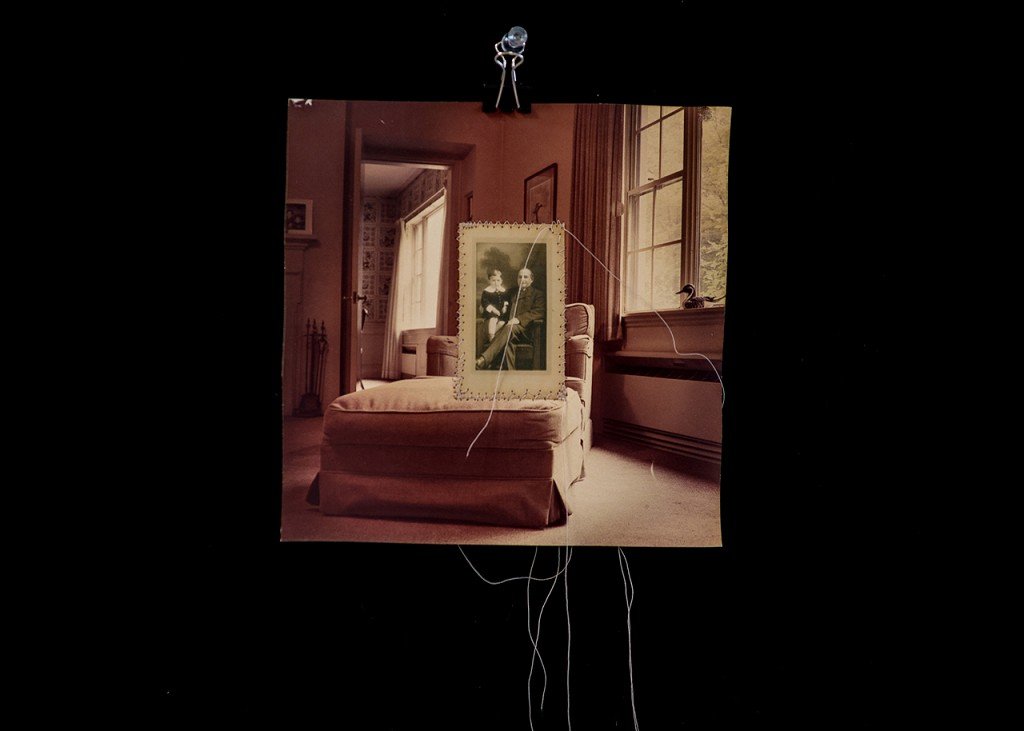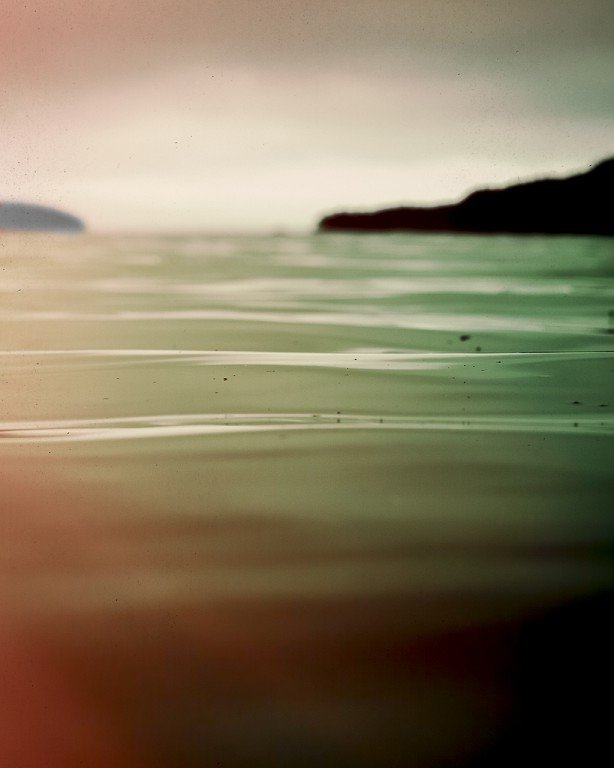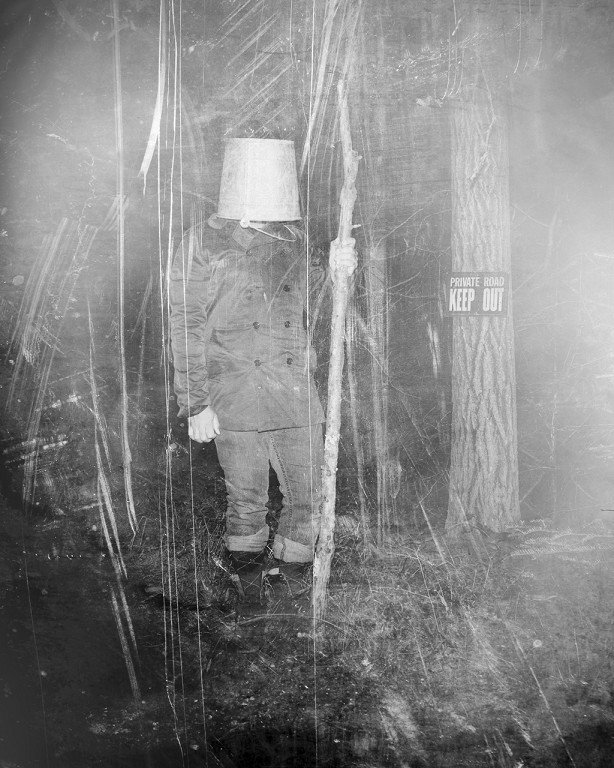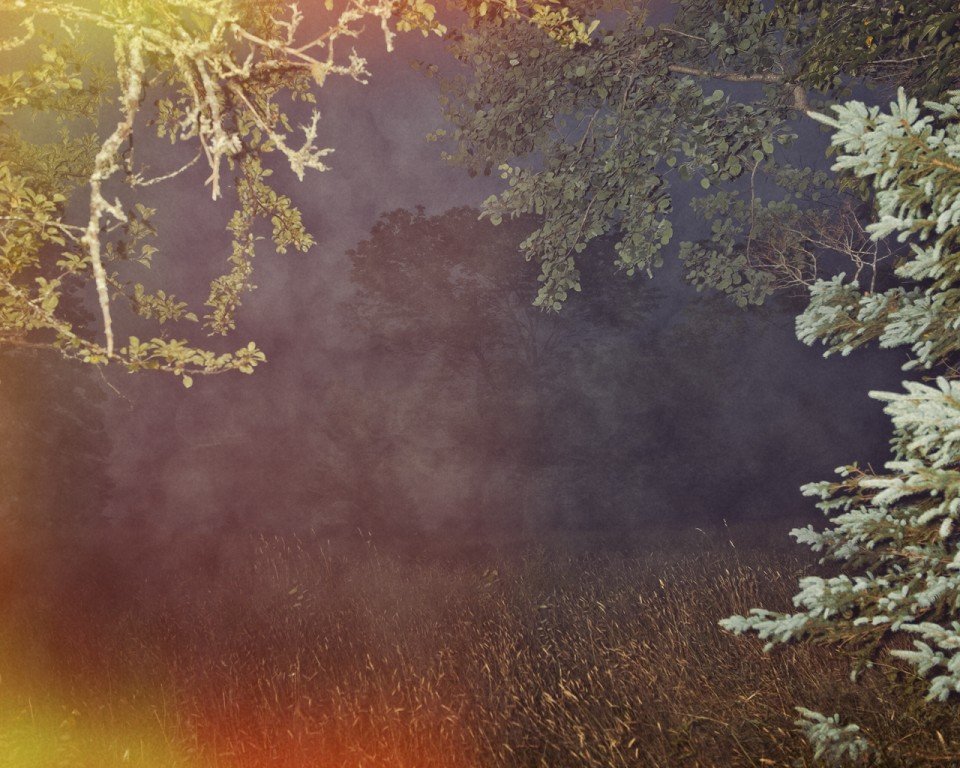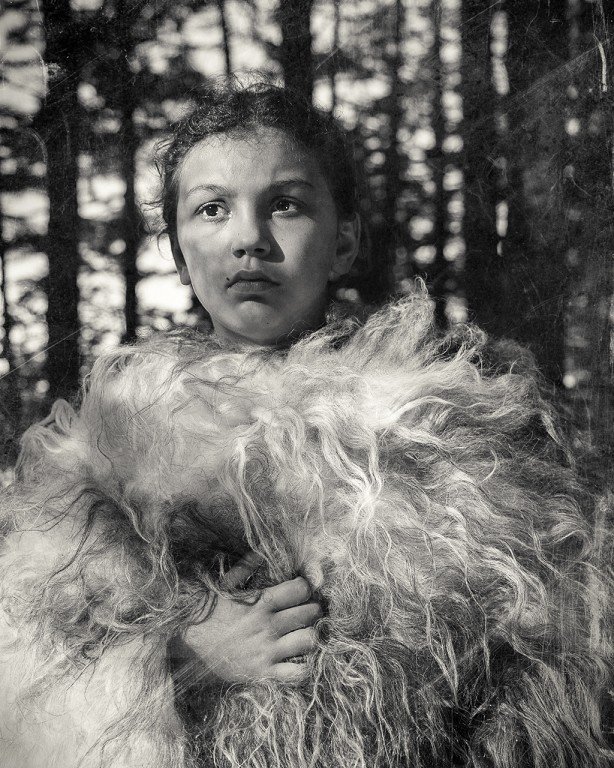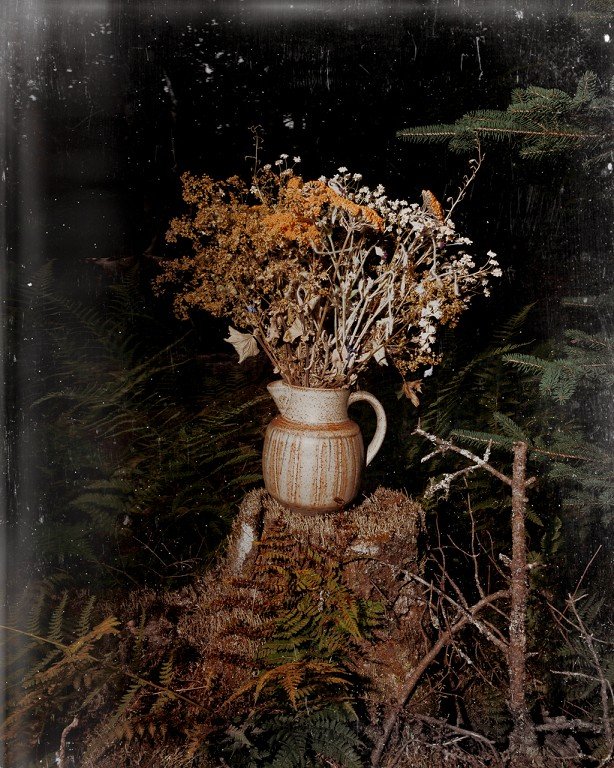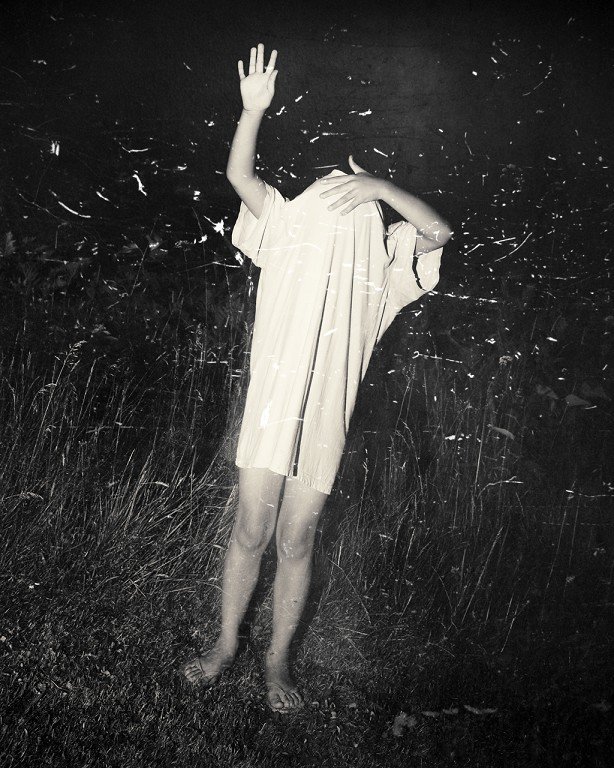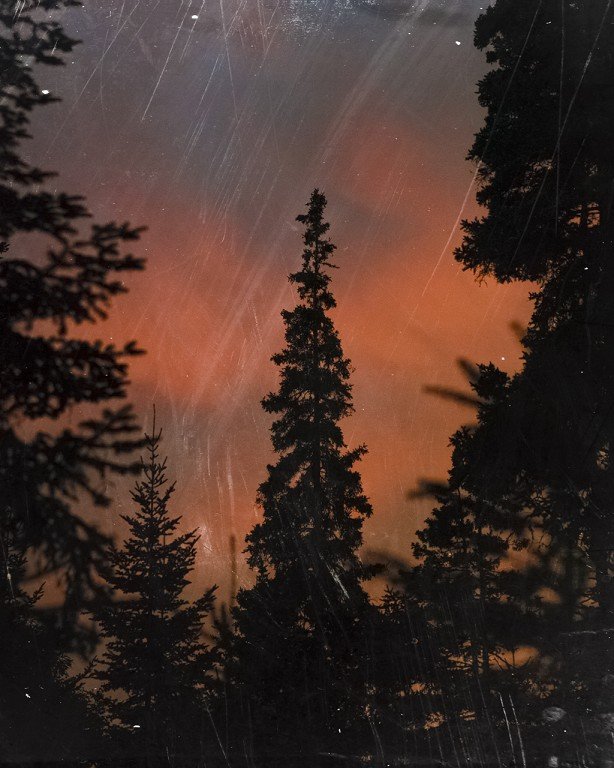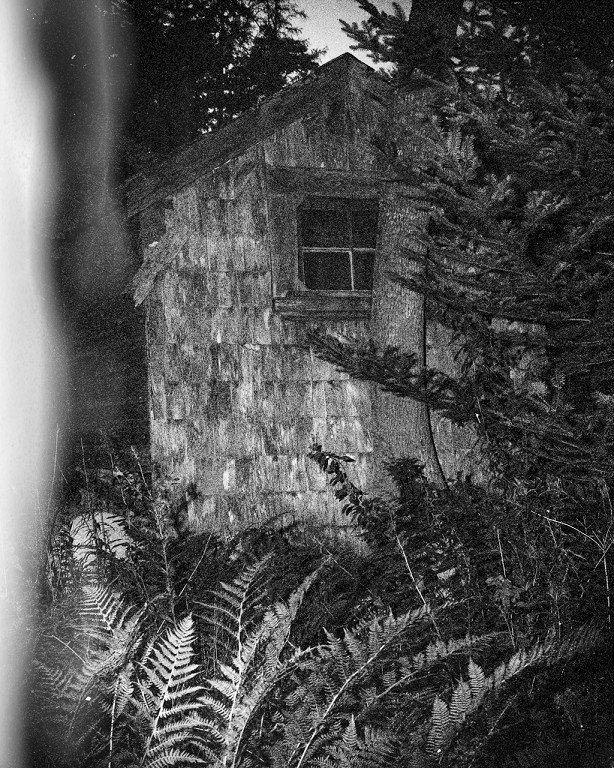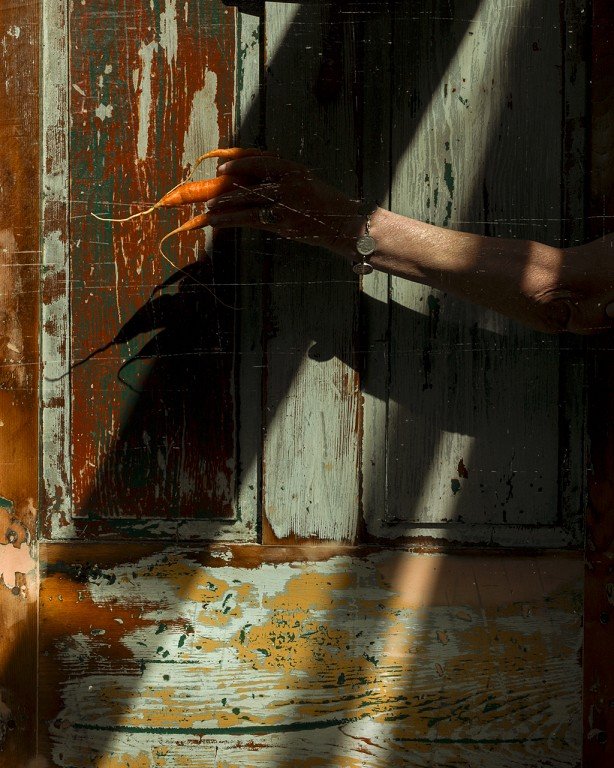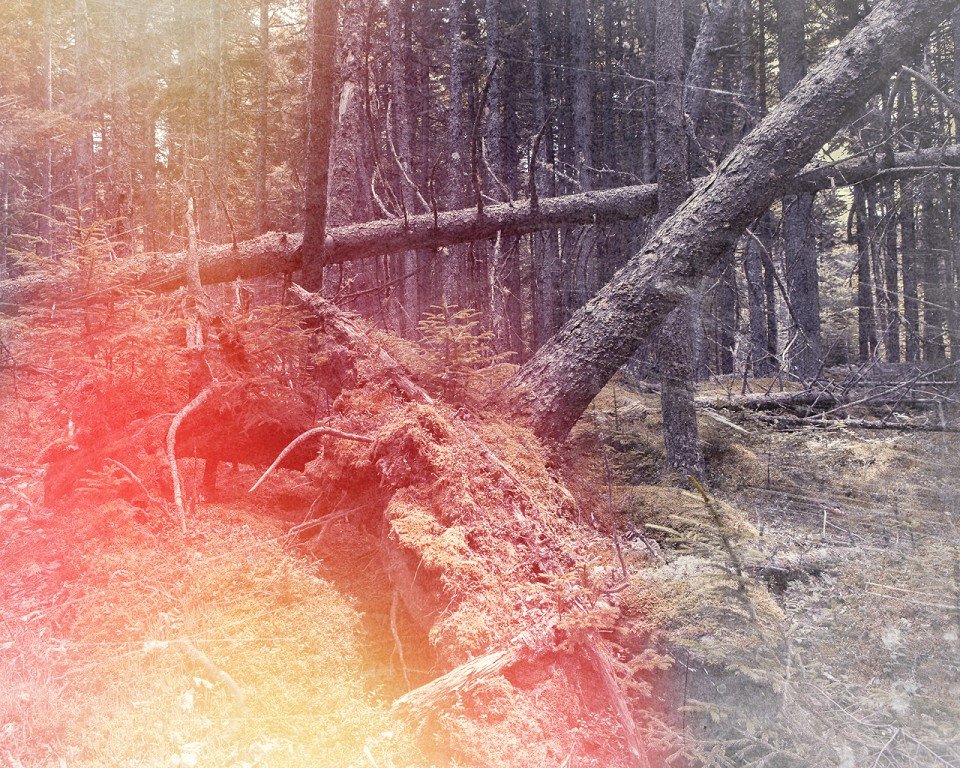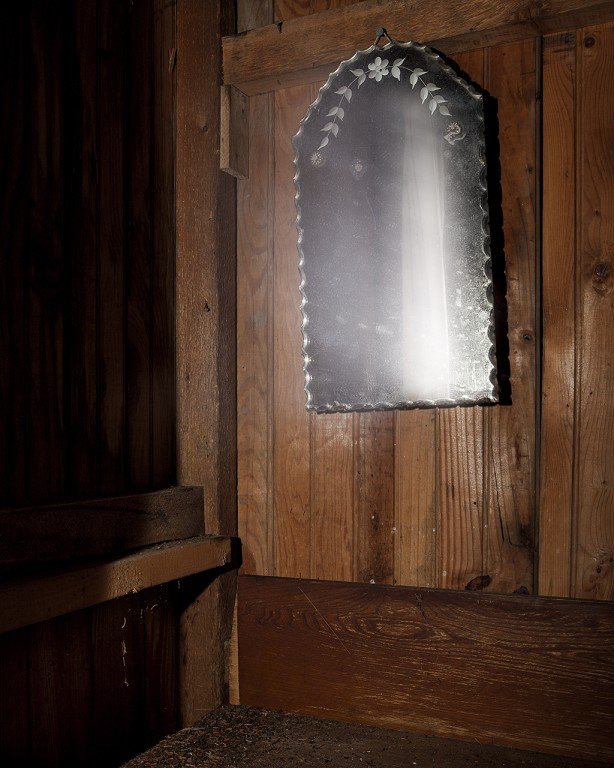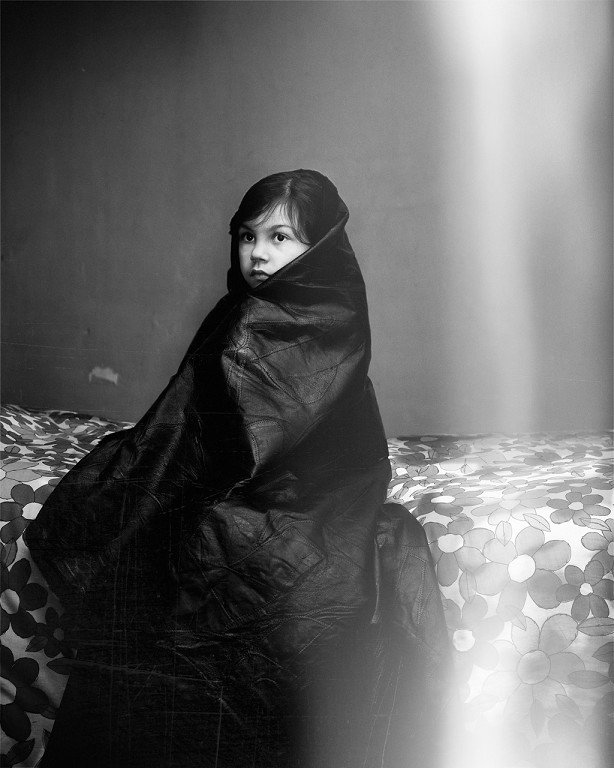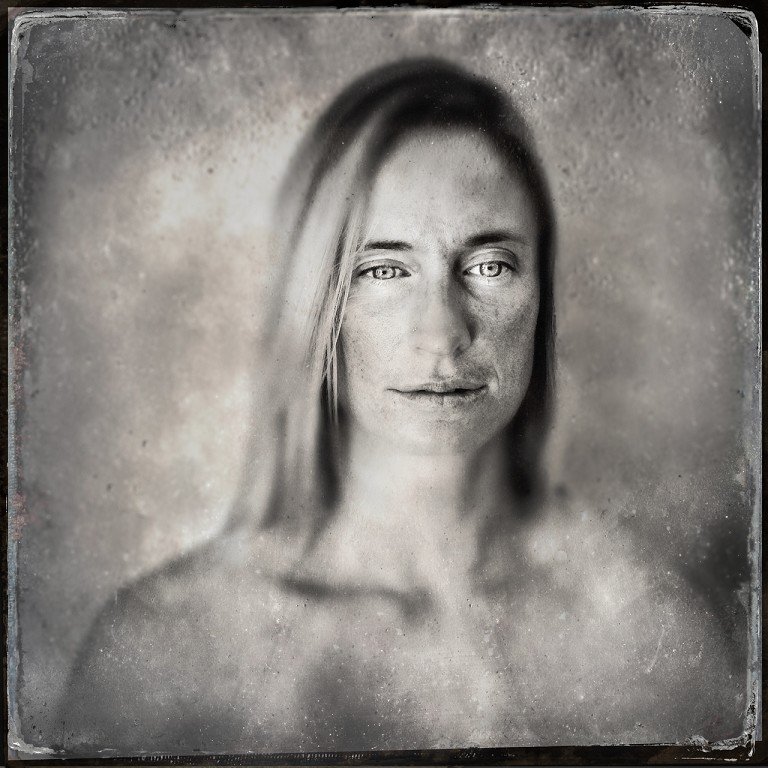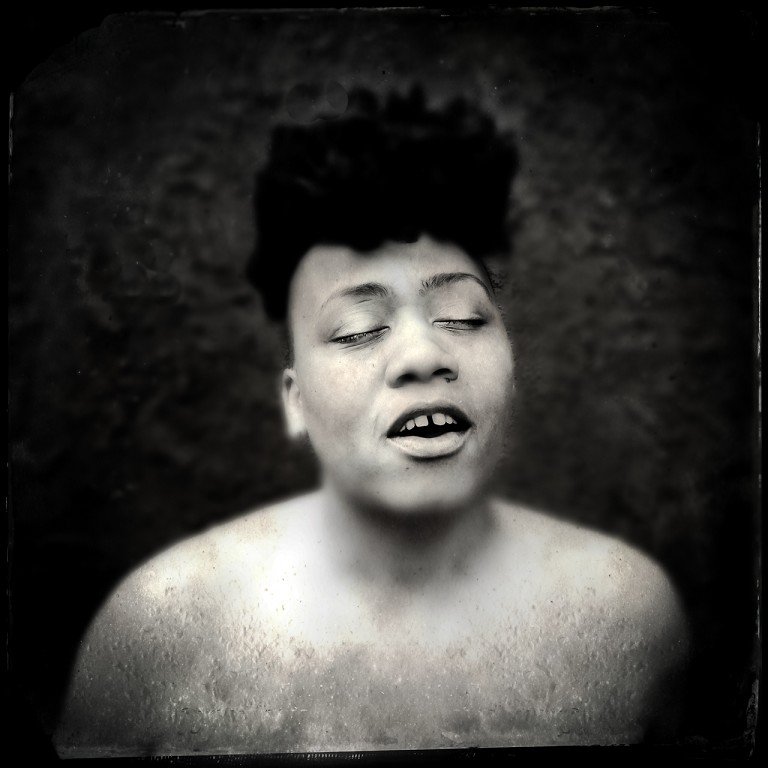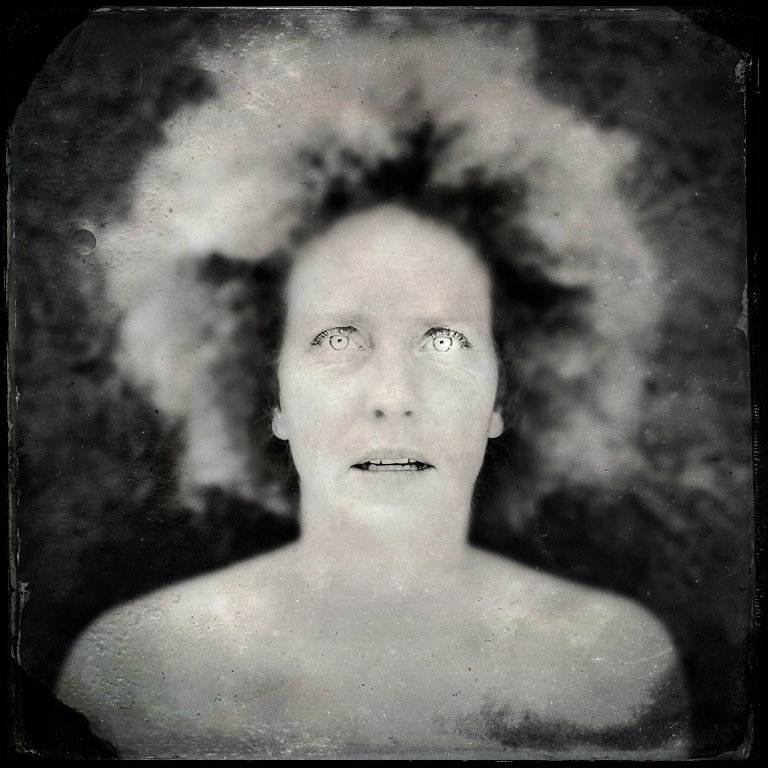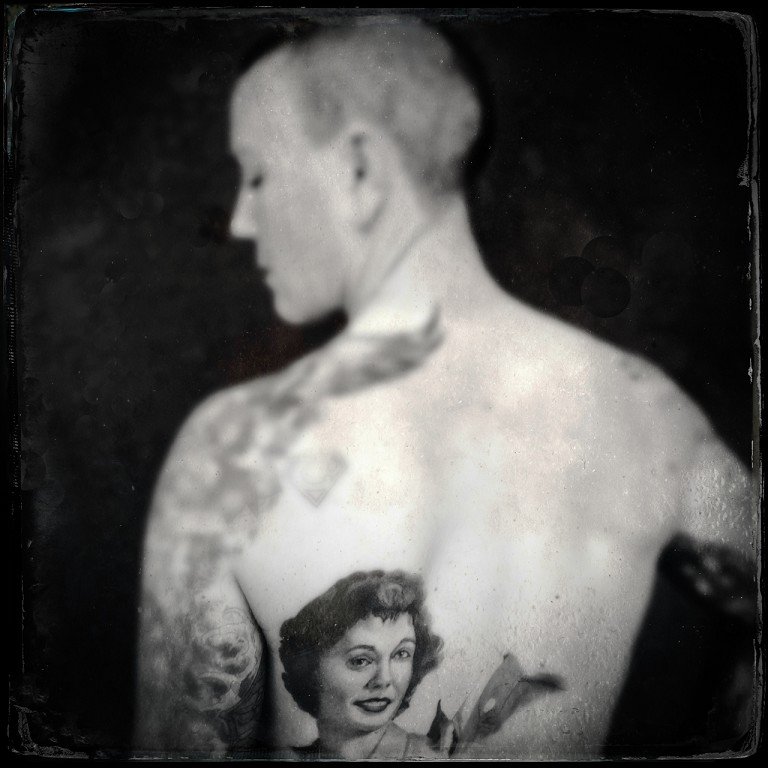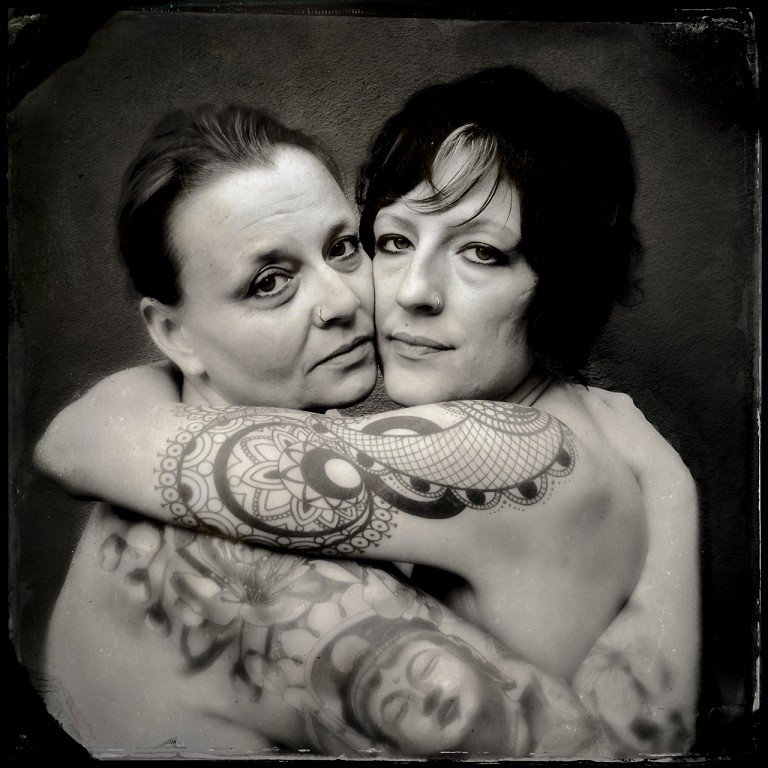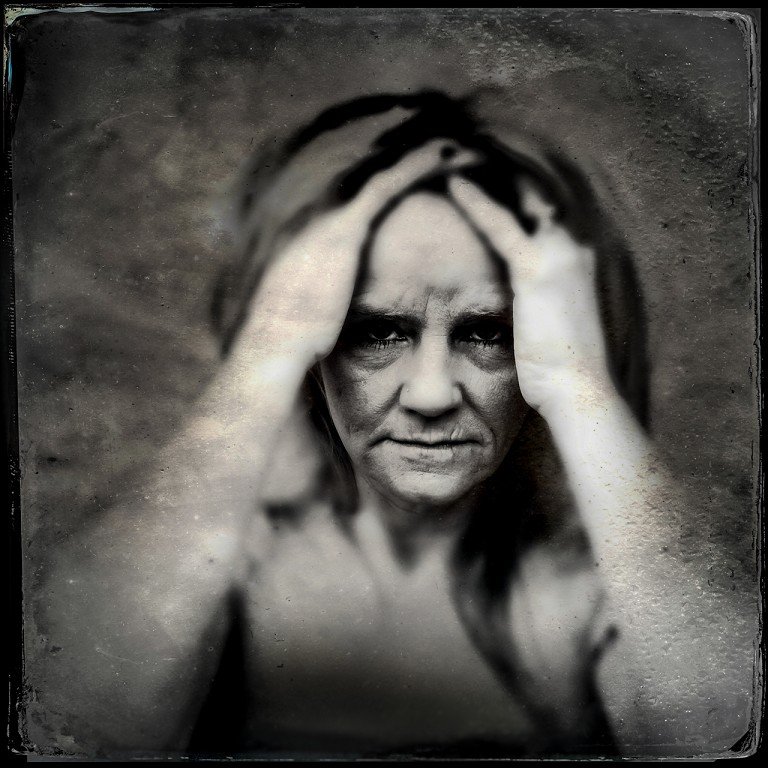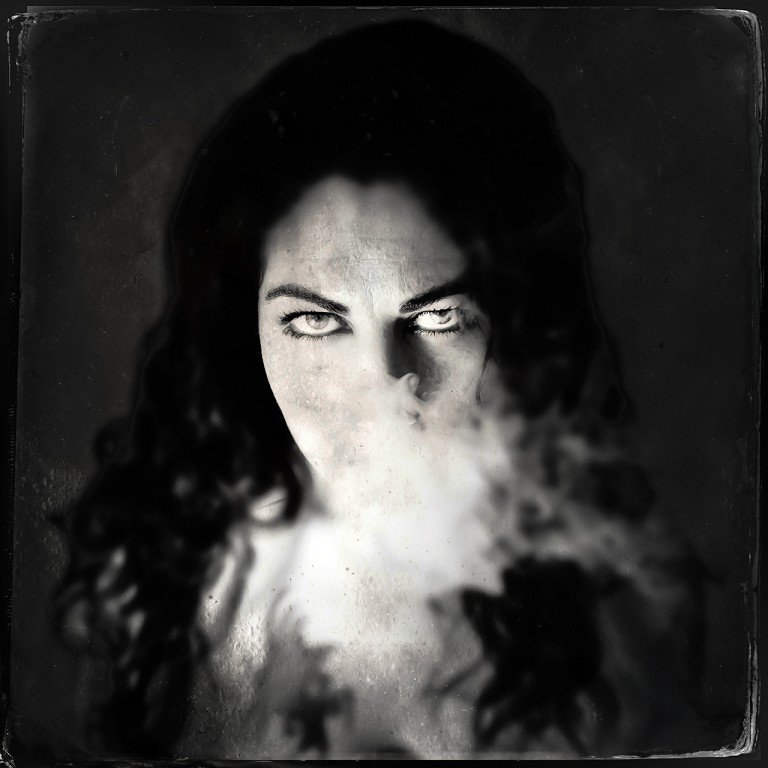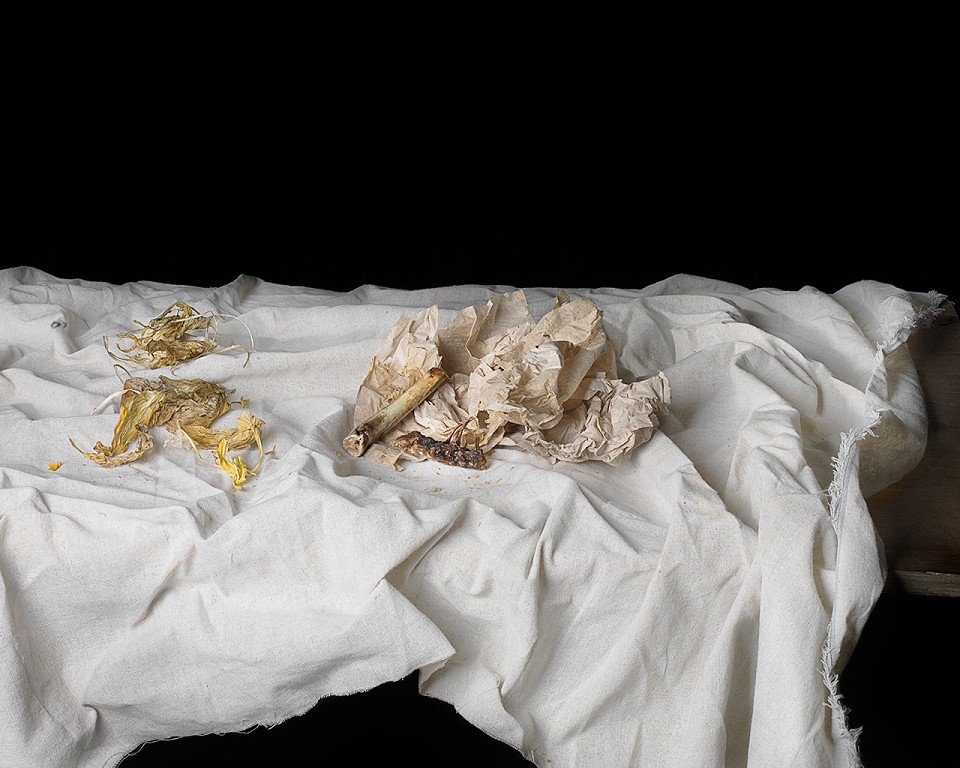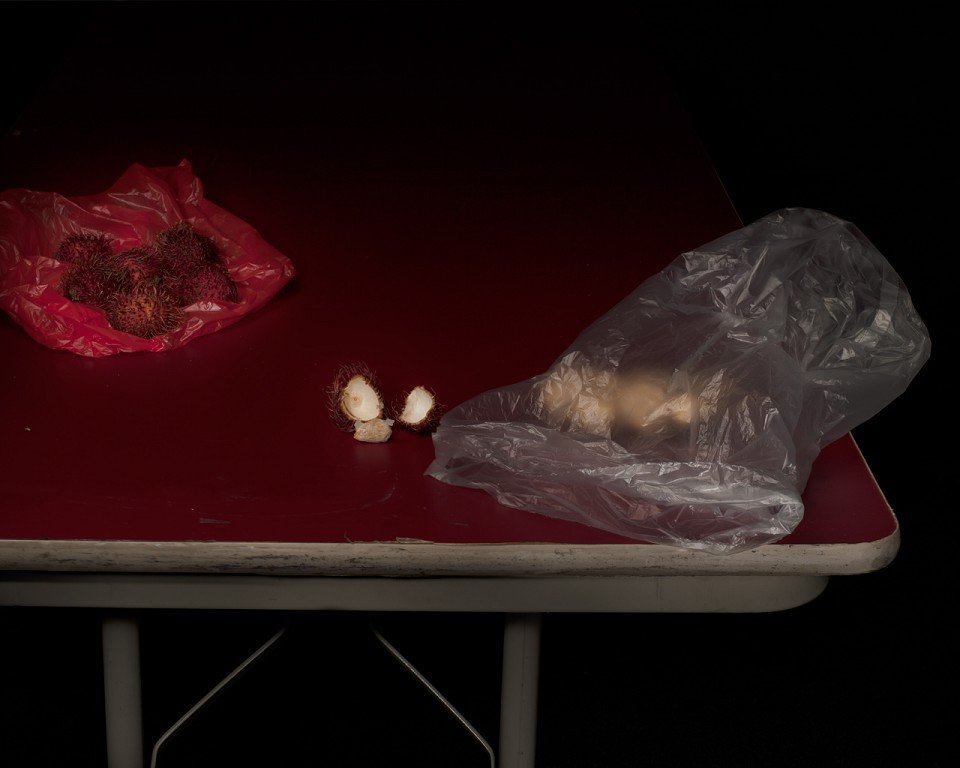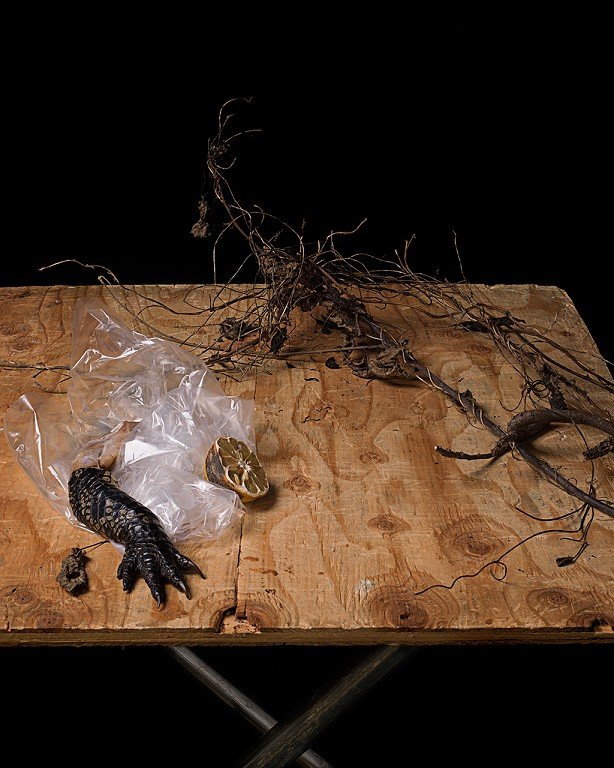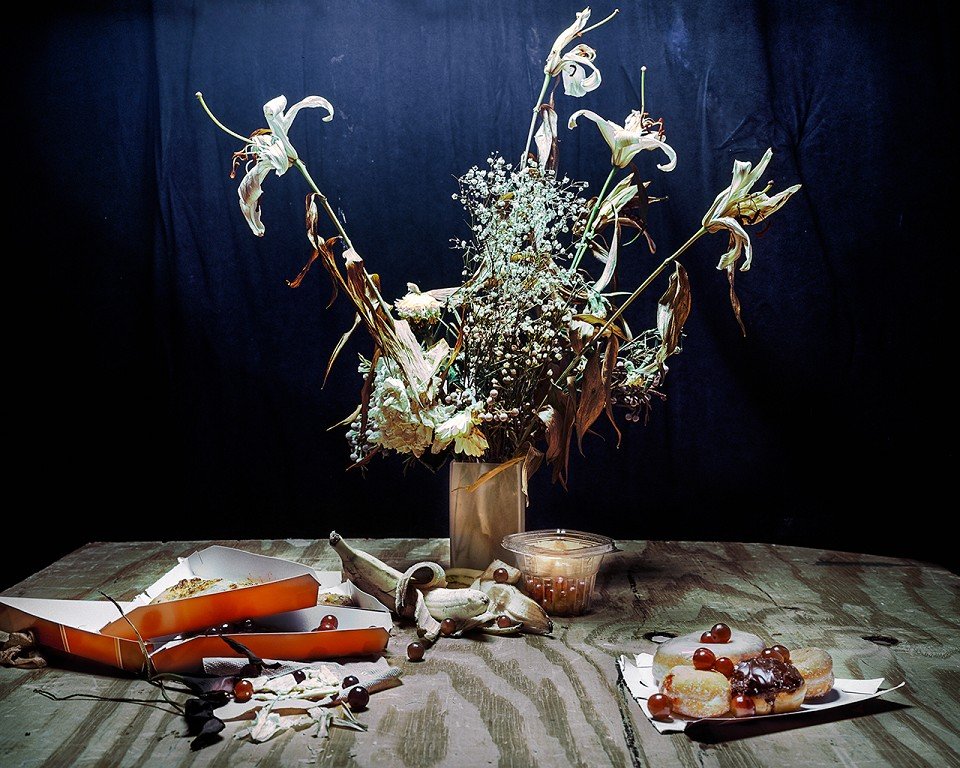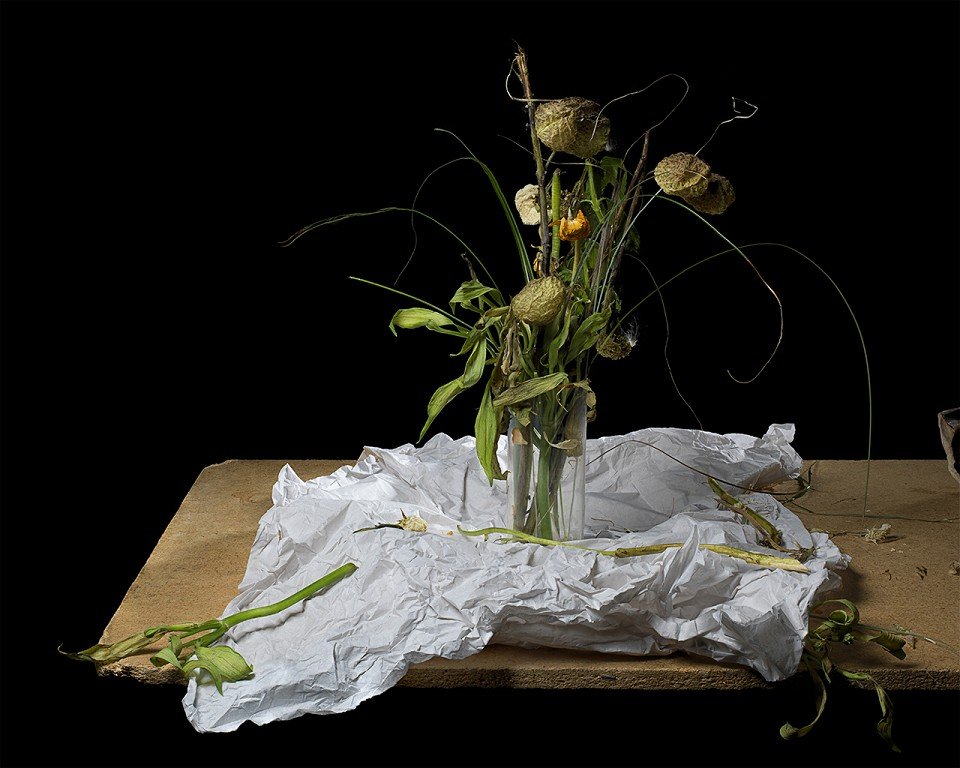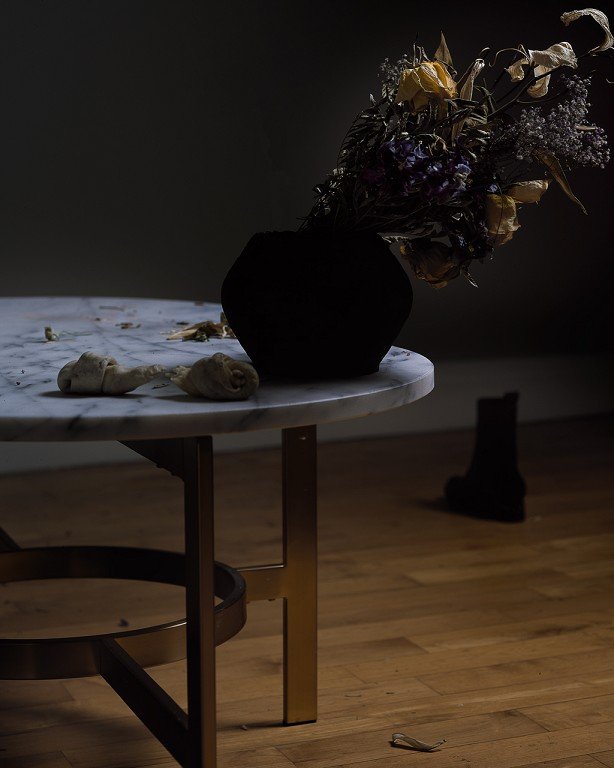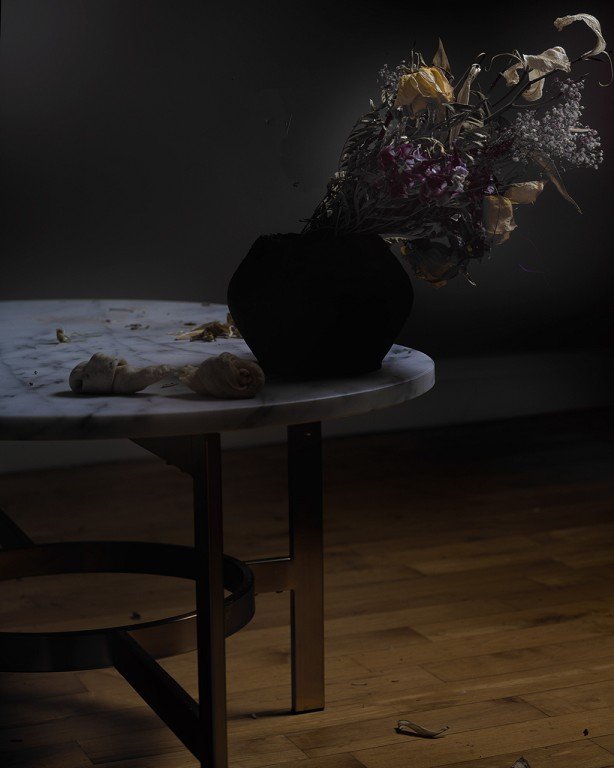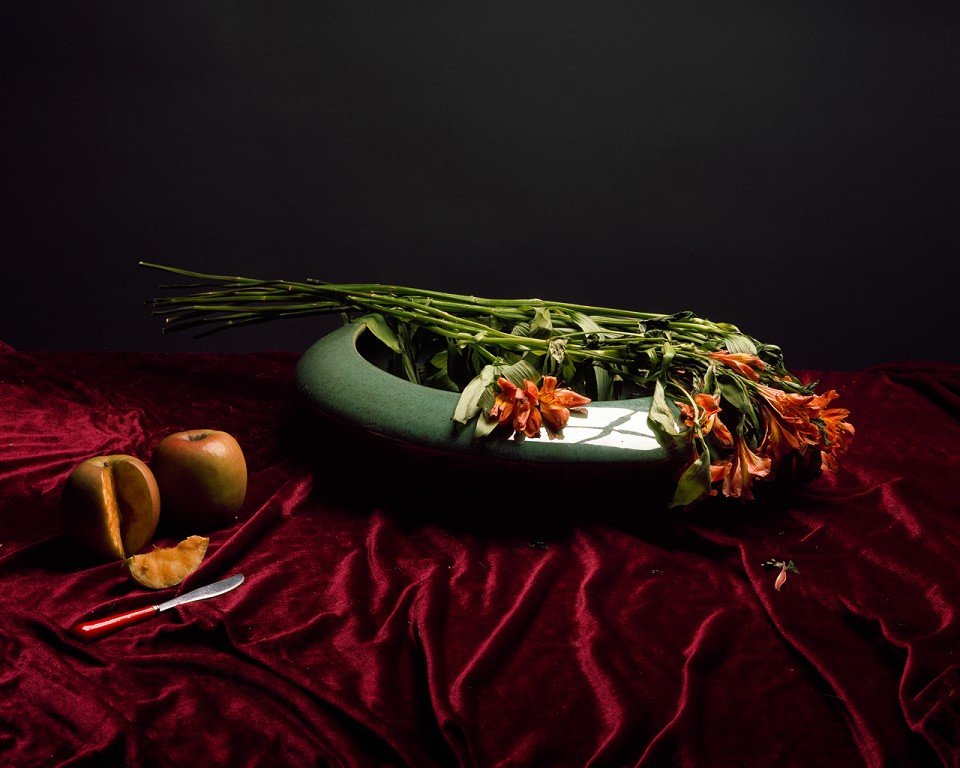EXHIBITION DETAILS
Portfolio Showcase Vol. 8
May 1 - June 27th, 2015
Gallery Hours - Thursday – Saturday 12 – 5 pm
First Friday Gallery Walk - Friday, January 1th from 6 – 9 pm
Artist Talk - 6:30 pm on Friday, January 1
The Center for Fine Art Photography is proud to present Portfolio ShowCase 8, juried by Gordon Stettinius. Volume 8 of this series presents a glimpse into the larger bodies of work of fifteen contemporary photographers, including award winning artists Daniel Coburn and Jaime Erin Johnson.
Ranging from the imaginary nuclear narratives of Peter Leighton, to the exquisite tabletop tableaus of Zhe Zhu, all the portfolios in PS8 highlight the dedication and ongoing investigations of a wide range of personal photographic visions. In addition to our public exhibition, the 8th annual Portfolio ShowCase exhibition will be published in the Center’s Annual Portfolio ShowCase book and accompanied by an online exhibition. Please join us in celebrating PS8 and the captivating work of our 15 artists!
Featuring selected portfolios of Thomas Alleman, Anne Berry, Larry Chait, Daniel Coburn, Michael Donnor, Jackie Heitchue, Jaime Erin Johnson, Peter Leighton, Clark James Mishler, Wendy Simmons, Michal Solarski, Liz Steketee, Paul Thulin, Alison Turner and Zhe Zhu.
JUROR’S STATEMENT
Thank you to the Center for Fine Art Photography and to Hamidah Glasgow for allowing me the opportunity to view and select from such a large and diverse collection of photographers. As this is a Portfolio Showcase exhibition, the strength of the overall work in each portfolio featured here generally prevailedover submissions which had a measure of quality but less coherency.
There were many, many excellent portfolios that were trying to fight their way into the final selections. As far as the editing process goes, curators and photo editors and jurors and gallery owners all have their biases and hard-wired aesthetics. So, at times high-quality work is left behind because it just happened to be in front of the wrong person on a certain day. And some of the work that one person doesn't really respond to will be someone else's Best in Show. That subjectivity drives the more rational out there a little crazy, I think.
In this particular case, I quickly made it down to about twenty-five photographic artists who I had trouble setting aside. At that point, I started to ask more investigative questions. I began to wonder how certain work was made and Iread those statements again looking for material clues. As a gallery owner, I highly value the photographic object, so it is always interesting to see if the artist even refers to their process in their artist statement or image descriptions. Even a contemporary digital photograph can be talked about in material terms. And such descriptions exhibit the artist's attention to detail. Attention to detail is never a bad thing, because even in the most primitive and intuitive work, choices are made. And choices are meaningful. So, I then looked for clues to subtler flourishes that I might have missed while forming my initial impressions from luminous JPGs on a desktop monitor.
For me, it took a few different days but I finally whittled down to the fifteen artists whose work I really responded to, and which seemed to be of consistent quality. I made a few notes about images within the portfolios to see if there might be alternative images available. Editing is both personal and intuitive and, occasionally, I felt inclined to meddle with an original edit if I felt there was an off-note within the portfolio. Thankfully, the Center for Fine Art Photography reached out to artists for alternative images in a few cases.
I hope that you appreciate the impressive bodies of work represented here as much as I have. It has been a wonderful opportunity to help put this exhibition together.
G.S.
Thomas Alleman
Thomas Michael Alleman was born and raised in Detroit, where his father was a traveling salesman and his mother was a ceramic artist. He graduated from Michigan State University with a degree in English Literature.
During a fifteen-year newspaper career in Southern California, Tom was a frequent winner of distinctions from the National Press Photographer’s Association, as well as being named California Newspaper Photographer of the Year in 1995 and Los Angeles Newsp aper Photographer of the Year in 1996.
As a magazine freelancer, Tom’s pictures have been published regularly in Time, People, Business Week, Barrons, Smithsonian and National Geographic Traveler, and have also appeared in US News & World Report, Brandweek, Sunset, Harper’s and Travel Holiday. Tom has shot covers for Chief Executive, People, Priority, Acoustic Guitar, Private Clubs, Time for Kids, Diverse and Library Journal.
Tom exhibited “Social Studies”, a series of street photographs, widely in Southern California. He’s currently finishing “Sunshine & Noir”, a book-length collection of black-and-white “urban landscapes” made in the neighborhoods of Los Angeles. “Sunshine & Noir” had it’s solo debut at the Afterimage Gallery in Dallas in April, 2006, and was exhibited at the Robin Rice Gallery in New York in November 2008 and the Blue Sky Gallery in Portland, OR in October 2009. “Dancing In The Dragon’s Jaws”, Tom’s book-length series of pictures from gay San Francisco in the mid-80s, debuted at the Jewett Gallery in San Francisco in 2012.
Anne Berry
Behind Glass is a series of portraits of primates in captivity. I make the photographs in the monkey houses of small zoos, mostly in Europe. Often I find myself gazing into the eyes of a monkey, his hand touching the glass wall that separates our worlds. Primates especially are able to remind people of the undeniable connection between man and animal, and this feeling evokes a memory of a time when man was part of nature. The pictorial style of these photographs stresses both the beauty of the animal and the sense of nostalgia for a green world. These photographs should be a voice for the animals. I assist animal non-profits in three ways: by making photo books for them to use as they wish, by licensing images at no cost, and by producing awareness raising gallery exhibits and blog essays. My goal is to produce a book of this series, proceeds of which will benefit a primate sanctuary.
Larry Chait
Larry Chait was born in 1952 in Des Moines and grew up in the great Midwest (Iowa and Kansas). He showed an interest in art at an early age, drawing, painting and making constructions of all sorts. Despite his interest in the arts, he decided to pursue a career as a research scientist, and received a B.S. in Chemistry in 1973 from the University of Texas in Austin and a Ph.D. in Pharmacology from the Medical College of Virginia in 1978. Throughout college and graduate school, he continued to draw and paint in his spare time. In 1978 he moved to Little Rock, Arkansas for postdoctoral study, where his interest in photography took root, largely because his laboratory had its own darkroom. In 1982 Larry moved to Chicago, to take a position at the University of Chicago, where he did research until 1993, when he left academia to tutor children on the south side of Chicago. With the emergence of digital photography in the late ‘90’s, Larry’s interest in photography was renewed, and since 2002 he has devoted himself full-time to developing his photographic vision. In 2003 he earned a Certificate in Digital Photography from Columbia College, Chicago. He has shown his photo-based work throughout the U.S. in more than 40 juried group and 9 solo exhibitions. Larry currently lives in the West Town neighborhood of Chicago with his patient and very supportive wife, Charmane Eastman.
Daniel Coburn
In my project "Waiting for Rapture," I make images that explore the dark undercurrents of my own family history. However, my goal is to create lyrical, poetic and mysterious images, presenting a set of characters that become icons of a universal human experience. I use portraiture, landscape, and still-life images as metaphor to describe a people that exist at the intersection of domestic duress and spirituality.
This drama is born in a single-family home and unfolds onto a Midwest landscape. These photographs capture the essence of those that have suffered the banality and tragedy of domestic life. I photograph my family in parables of love, reverie, respect and quiet tragedy. I photograph the children in my family to describe the enigmatic nature of childhood. They represent ghosts, apparitions, and the remnants of lost innocence.
These images are a tangible manifestation of fantasy, memories and experiences I have acquired during my journey to adulthood, and function as a supplement to the broken family album that exists in many family archives.
Michael Donnor
I remember once picking up some childlike miniature stars I noticed on the ground. And then, at that moment, the stars that hung above my head, became as close as the plastic ones lying in my hand. In time both become the same; both are real and fictitious.
Wallace Stevens perfectly wrote, “The final belief is to believe in a fiction, which you know to be a fiction, there being nothing else. The exquisite truth is to know that it is a fiction and that you believe in it willingly.”
Photography connects my human experience of the world as it informed by science, and pondered through philosophy. I see my reality as relative; constantly being sketched in my mind using my five limited senses. My images return to a childlike innocence of drawing fictions, to expose that my human experience is a set of perceptions interpreted as facts. Like a photograph can be accepted as an accurate depiction of what was; I believe my perceptions are all too often accepted as accurate and absolute of what is. My workquestions the reality of my experience, paralleling with the use of the photographic medium to reveal that the truths the camera are perceived to capture are only fiction.
A photograph is an imperfect visual representation of a perception. All I am is perception, but it’s the only truth I will ever know.
Jackie Heitchue
I am a self-described wallflower, rooted in the private mysteries of home and family. What I Know So Far is my story, as told by a mostly reliable narrator. The subjects I photograph come from my immediate surroundings: my children, our beloved dog, household artifacts, and the natural world outside our door. Individually, each image is a story in itself. Taken as a whole, this work is about me as a daughter, mother, and artist.
Though my pictures are personal documents of my life, I purposely construct them to be allegorical. I avoid specific references to time or place. An antique teapot and the collar of a soldier’s uniform are both clues to my autobiography, but they are not meant to lead all viewers to the same story. Although my subjects are commonplace, I make them iconic through carefully balanced compositions. The inherent stillness of this formality is often contradicted by a sense of impending drama. A yard at dusk frames a boy’s defiant gaze. A block of ice will inescapably melt. A dog’s tether might slip its knot. My work is meant to be deceptively calm and forcefully serene. I like the underlying tensions at play and the uncertainty they create: formality versus familiarity, the mix of the real with make believe, the mundane made beautiful.
Inevitably, each of these quiet moments will slip away, leaving the image as proof of an enduring narrative. Within families there are moments of intimacy and solitude. Children grow up. Love and loss are inextricably linked.
Jaime Johnson
STATEMENT
Untamed chronicles the intimate relationship of a feral woman and her surrounding natural environment. She collects the bones, branches, and flora of her world and treads with the animals, both dead and living. The cyanotype process shifts focus from potentially colorful landscapes and figures to patterns, textures, and the relationships of forms within the images. Psychological and physical discovery reveals each of us, whether human or animal, is a part of a shared experience. Untamed ultimately reflects upon the forms, the impermanence, and the interconnectedness of nature’s life.
BIOGRAPHY
Jaime Johnson grew up in Mississippi where the sounds of wild animals outside her window became her daily melody. Jaime received her BFA from the University of Mississippi in Imaging Arts and her MFA in Photography from Louisiana Tech University. Johnson was awarded Honorable Mention for her experimental short, Flutter in the 11th Annual Oxford Film Festival in 2011. Jaime was named a finalist for the 2014 Clarence John Laughlin award. Her work has been shown in publications such as Don’t Take Pictures, Muybridge's Horse, and Seites and exhibited in venues across the United States, including the New Orleans Photo Alliance, the SOHO Photo Gallery in New York, and the Ogden Museum of Southern Art in New Orleans.
Peter Leighton
BIO
In the 1970's, Peter served as dark room assistant to photographer Tom Wright, a National Endowment of the Arts grant recipient and a key figure in the documenting of the rock scene in 1960's Great Britain and in the United States.
In the 1980’s and 90’s, Peter focused his attention on the emergence of digital imaging as a viable process for photographic printmaking, during which time he also served as a Corporate e-Strategist for Houghton Mifflin Harcourt Publishers and operated a fine arts digital imprint, Penny Prints Press, in Austin, Texas.
In 2010, he moved with his wife to Tumbaco, Ecuador where he continues to explore ways to interrelate traditional photographic ideas with those of digital origin.
He is currently developing a book proposal, consisting of imaginary photographs, titled "Man Lives Through Plutonium Blast".
STATEMENT
Man Lives Through Plutonium Blast Statement
The imaginary vernacular images in the series, “Man Lives Through Plutonium Blast,” have been crafted, sourcing bits and pieces of discarded analog photographs for material, while conceptually focusing scrutiny on the idea that so many events in our lives seem to happen just beyond our ability to comprehend. These are images, then, that draw us in via a common photographic format, the snapshot, only to challenge us in the end to question lingering assumptions about the nature of photography and the distinctions that exist in art between fact and fiction.
Melissa Lopez-Leach
Clark Mishler
Originally I considered my imagery to be short poems, stripped down, without any distracting elements, and open to interpretation. As a professional corporate and editorial photographer, these are the images I produce when my head is clear of client’s needs. Made on “my” time and when I’m not “looking” for anything specific, these images often jump out at me when I least expect them. Over the years, they have become some of my favorite photographs and I am surprised and delighted to discover that others enjoy them too.
Rather than poems, I now believe my images to be closer to visual stand-up comedy, each with a short build up immediately followed by an ambiguous punch line.
-Clark James Mishler
Artist Bio
I am a midwesterner who has spent the majority of my adult life in Alaska. Trained as a graphic designer at the Art Center College of Design in the late 1960’s, I switched to full time photography in 1990. I have never looked back.
Michal Solarski
We were heading south. It was the most exciting time of every year. Luggage, fixed to the top of out tiny Fiat made the car look almost as high as it was long. There were three hundred miles to drive but for us it was almost an eternity. Three hundred miles could easily take more than one day if we happened to come across nasty officers at the border, who would scrutinize our car inside out in case we were smuggling contrabands.
Equipped with government-issued food vouchers and a little amount of pocket money in local currency, we were driving to a warm, colorful and pleasant place. For us, coming from sad, cold, and almost monochromatically grey Poland, it was like a window to the world.
The Hungarian Lake Balaton is the largest in Central Europe. As Hungary is landlocked, the lake is often called the ‘Hungarian Sea’. From the 1960s onwards Balaton became a major destination for ordinary working Hungarians as well as for those from the eastern side of the ‘Iron Curtain’ who were permitted to travel across the border. As we could not dream of traveling to Spain, Italy or Greece, Balaton was the closest and most achievable destination for ordinary Poles to see ‘what’s out there’.
My family and I were among the lucky ones who could go and spend holidays in what appeared to us a paradise.
Twenty-odd years later, strolling among ruins of the glamorous, back in the day, concrete villas of Castro, Brezhnev and Honecker, the memories start to flood back. Balaton has hardly changed. It is almost exactly the same as I left it. Perhaps a bit more rusty, but the atmosphere remains the same. Only now for me it is no longer a paradise. I have grown and changed.
Liz Steketee
We were heading south. It was the most exciting time of every year. Luggage, fixed to the top of out tiny Fiat made the car look almost as high as it was long. There were three hundred miles to drive but for us it was almost an eternity. Three hundred miles could easily take more than one day if we happened to come across nasty officers at the border, who would scrutinize our car inside out in case we were smuggling contrabands.
Equipped with government-issued food vouchers and a little amount of pocket money in local currency, we were driving to a warm, colorful and pleasant place. For us, coming from sad, cold, and almost monochromatically grey Poland, it was like a window to the world.
The Hungarian Lake Balaton is the largest in Central Europe. As Hungary is landlocked, the lake is often called the ‘Hungarian Sea’. From the 1960s onwards Balaton became a major destination for ordinary working Hungarians as well as for those from the eastern side of the ‘Iron Curtain’ who were permitted to travel across the border. As we could not dream of travelling to Spain, Italy or Greece, Balaton was the closest and most achievable destination for ordinary Poles to see ‘what’s out there’.
My family and I were among the lucky ones who could go and spend holidays in what appeared to us a paradise.
Twenty-odd years later, strolling among ruins of the glamorous, back in the day, concrete villas of Castro, Brezhnev and Honecker, the memories start to flood back. Balaton has hardly changed. It is almost exactly the same as I left it. Perhaps a bit more rusty, but the atmosphere remains the same. Only now for me it is no longer a paradise. I have grown and changed.
Paul Thulin
A small farmhouse surrounded by a dark forest of ancient pines struggles against the incessant nor'easter gusts of the Atlantic ocean. History creaks in the swaying limbs of this land where generations have discovered moments of wisdom, adventure, fear, and the miraculous.
Pine Tree Ballads is an intimate photographic and textual interpretation of land, family, and time. In the early 1900s, my great-grandfather settled on the coast of Maine because of its resemblance to his homeland of Sweden. His entire life he shared exquisitely detailed stories of the early settlers of the New England apple orchard farm that included such characters as a one-legged ship cook, a widowed schoolteacher, and an ingenious Native American blacksmith. The tales were an intricate mix of history and lore that fueled my imagination and often had the power to transform everyday floorboard creaks and darting shadows into ancestral presence.
Pine Tree Ballads advances a new type of docu-literary photographic sequencing that celebrates and fully exploits the duplicitous nature of photography/text to be simultaneously interpreted as both fact and fiction. By interweaving various modes of analog and digital production, intentionally using titles as narrative subtext, and adopting an intuitive post-structuralist style of presentation, the project explores the emotive, conditional, and material constructs of history, culture, personal identity, memory, and folklore.
Alison Turner
Artist Statement for Equivalence
They say that you are a direct reflection of your friends and the people you choose to surround yourself with. If this holds true, the search for my identity and self acceptance didn’t take me far from the women I am closest to. By photographing my friends in a vulnerable and intimate way, this project ultimately formed into a collective self portrait.
I discovered that finding my authentic self paralleled with the people I let into my life, which also paralleled their own journey of self discovery. Being open and vulnerable with these women has given me an opportunity to examine and understand my internal struggles and search for self-identity. Through the process of coming in close to explore the faces, bodies, and expression of my subjects, it became clear to me that we are all on a journey of accepting ourselves as we are right now.
Artist Bio
I was born and raised in Southern California. I learned early on that freedom consisted of long road trips and camping with my family in our wood paneled station wagon. You could find me playing in the mud by myself or running around in circles in the wet grass when my grandfather told me not to. When we camped, we all slept together in a huge army green canvas tent that took a small village to assemble. I loved every moment of it.
To this day, I still have a love for the open road. I spend most of my time traveling in my van with my rescue dog, Max. For my series, “Equivalence,” I stayed close to home and challenged myself to be more intimate with the people I know.
I am drawn to subcultures, nomads, and people who choose to live an authentic life.
Zhe Zhu
I am a photographer based in New York. I studied at School of Visual Arts in New York after deciding to be a photographer. During my second year at art school I was intrigued by a certain genre of Dutch still life paintings in the 16 and 17 centuries and I started experimenting with this idea. As the project grew I became aware of the idea of real and fictional aspect of the medium and started adding layers such as geometric shapes and semiotic elements into my photos. This body of work has been exhibited in Beijing, Brooklyn and New York and published on Graphis and L'officiel Art China. Vanits will be shown at the first Changjiang International Photography Biennale this year.
I attempt to discover the border of painting and photography through photographing a series of still life images that reflects the essence of 16th century Dutch Vanitas painting.
In this series, different elements of classical Vanitas are substituted to something unconventional. The traditional Dutch painting props are replaced by bones, paper towel, fast food or even crocodile feet. The use of contemporary commercial still life lighting technique in these photos is intended to make the painterly images visually interesting.
My interest in the symbolic metaphor behind props results in adding semiotic elements into my photos.
The images of this project are diverse in photographic style, but they all serve the purpose of experiment and exploration.

